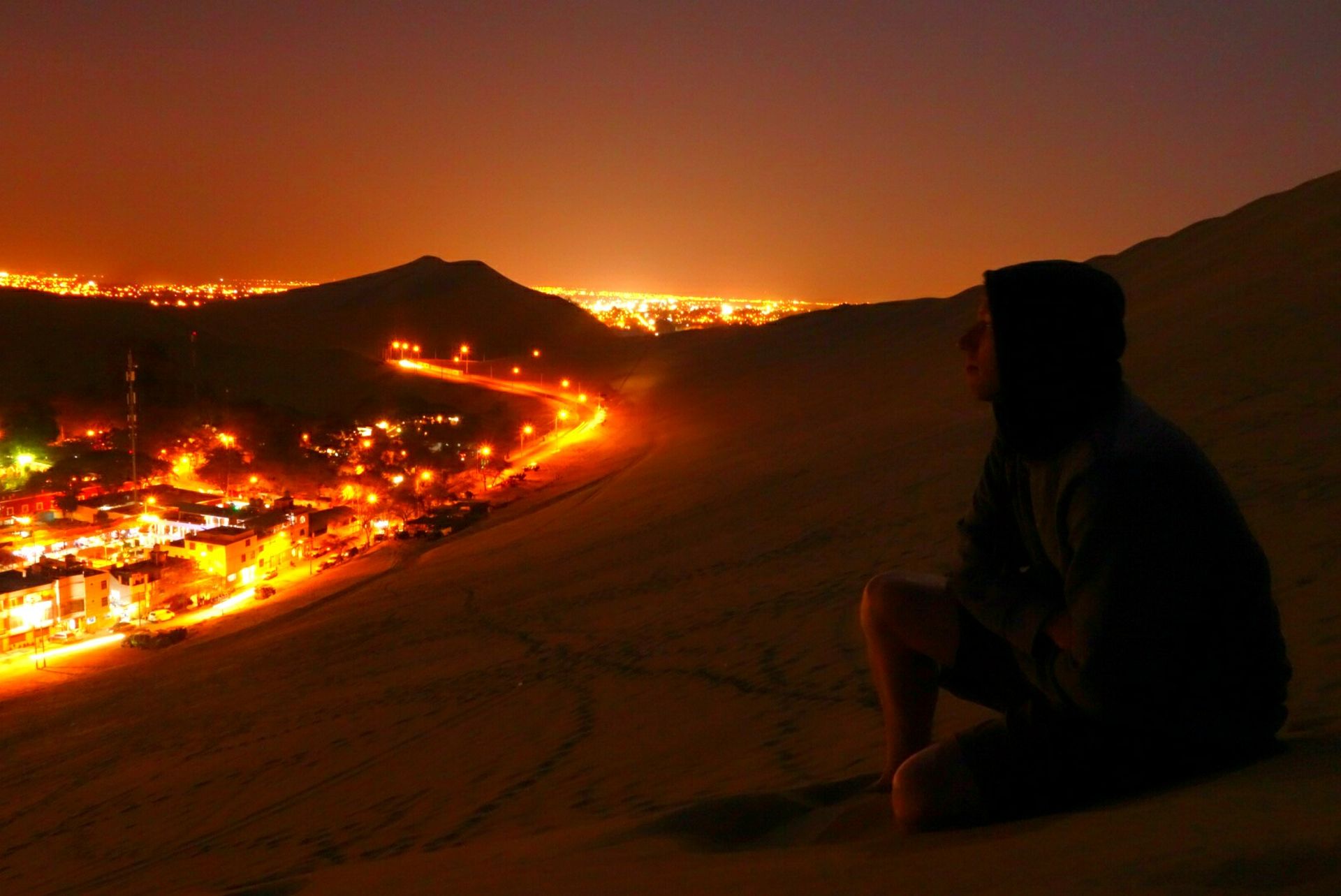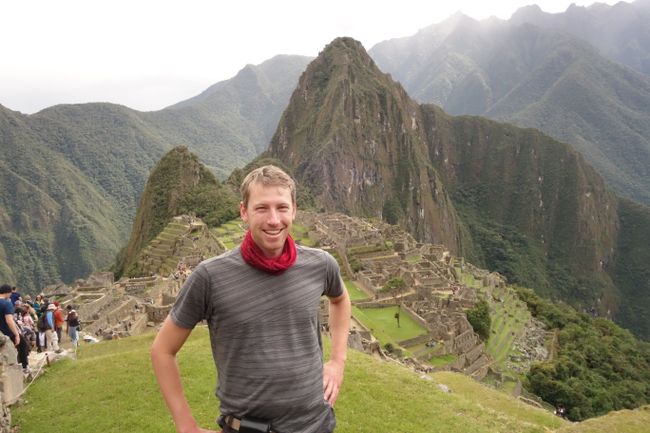Colombia - Ocaña and Playa de Belén
Publicatu: 28.01.2019
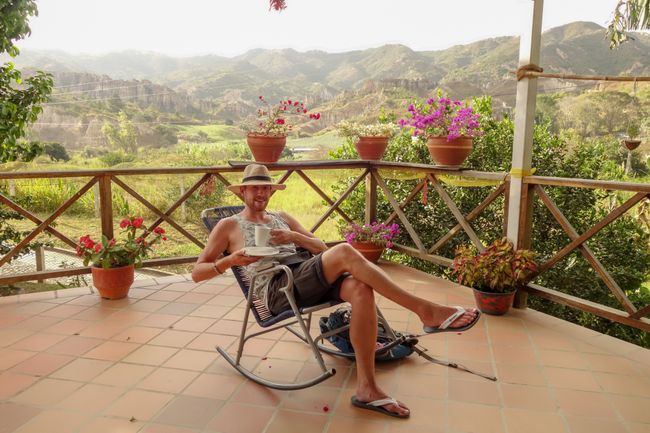
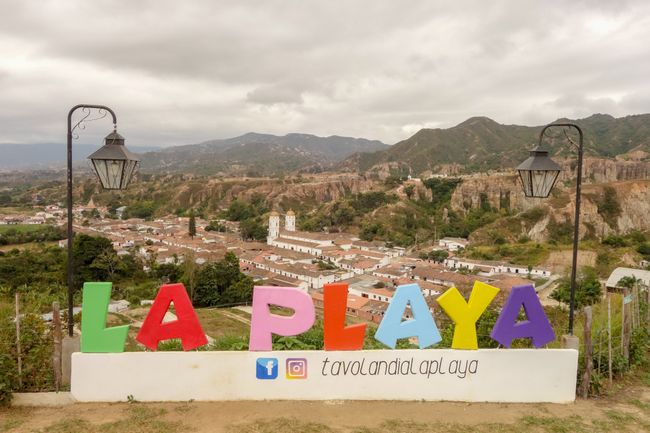
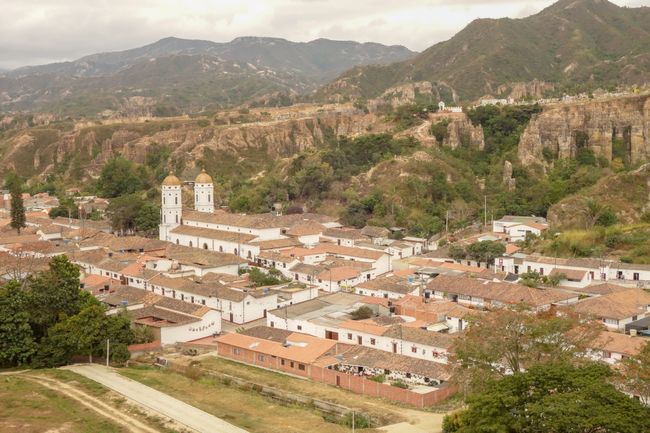
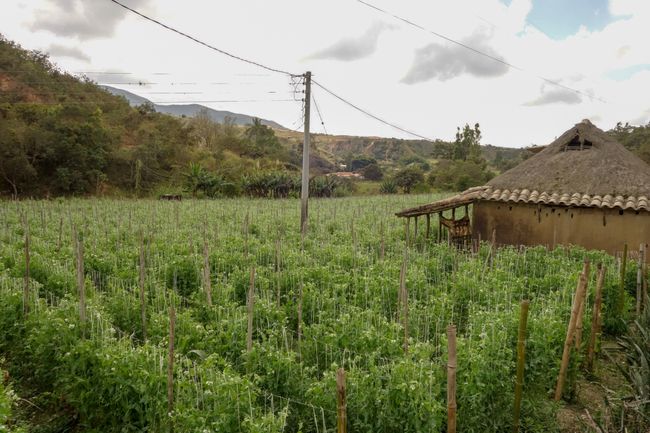
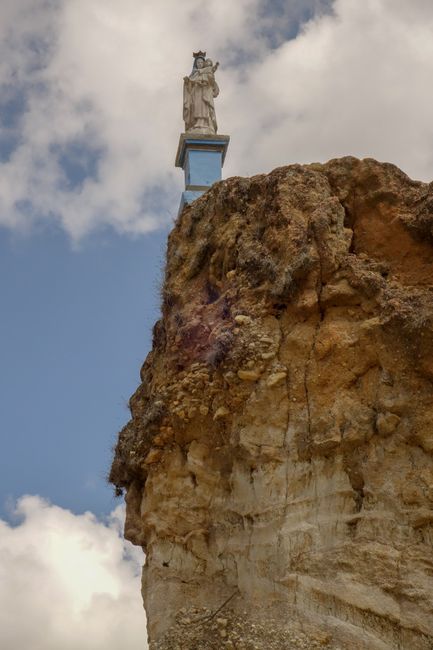
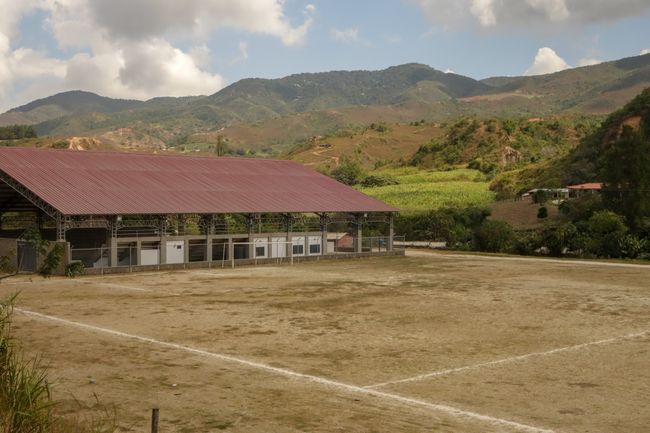
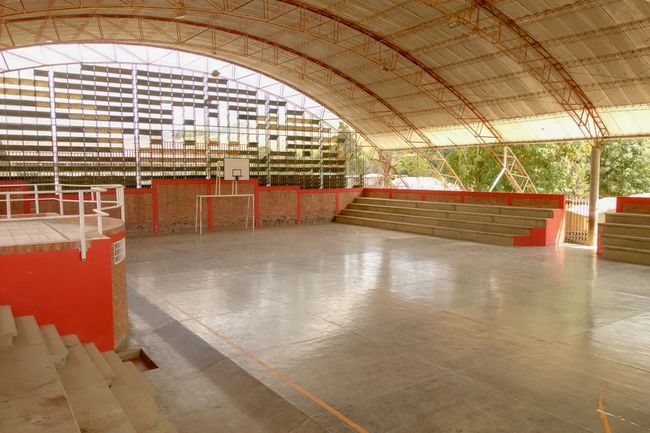
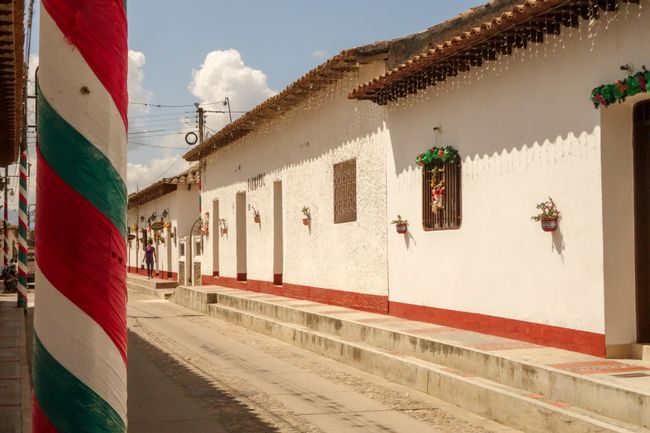
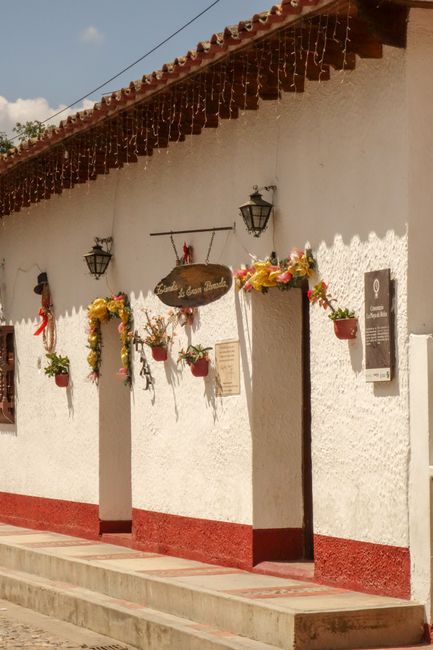
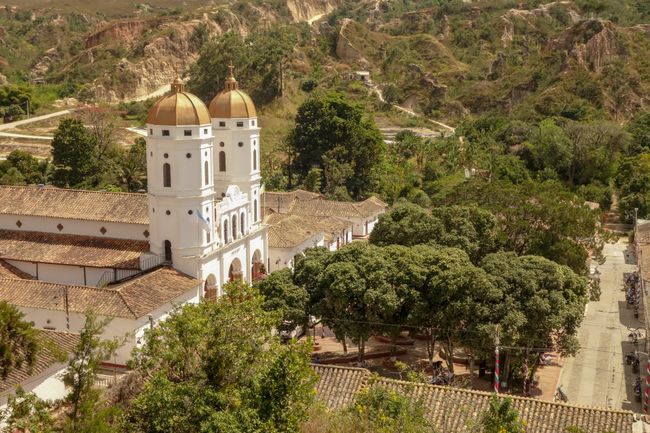
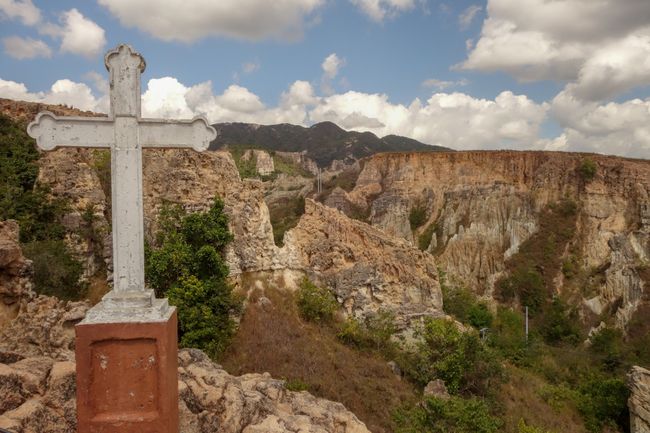
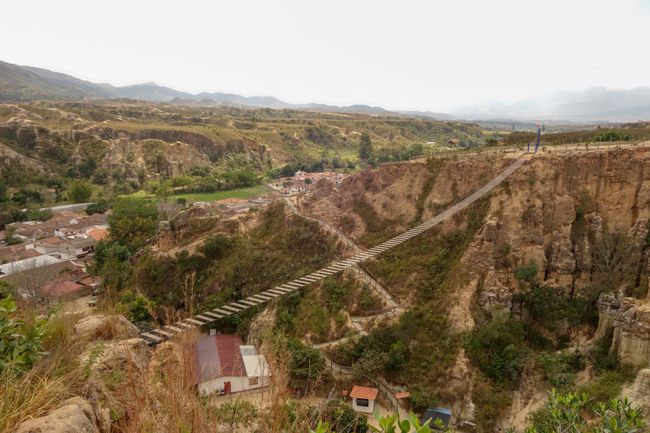
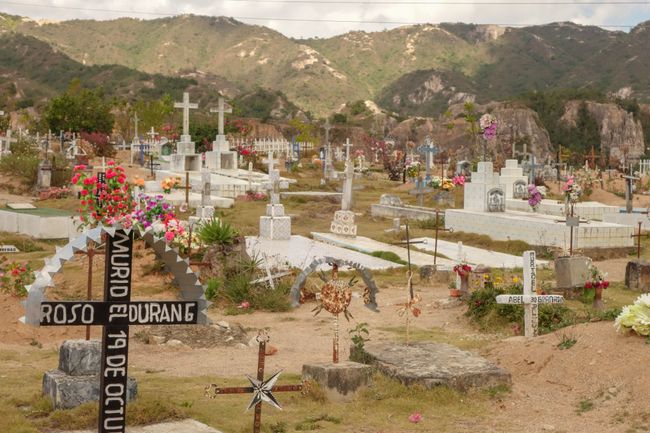
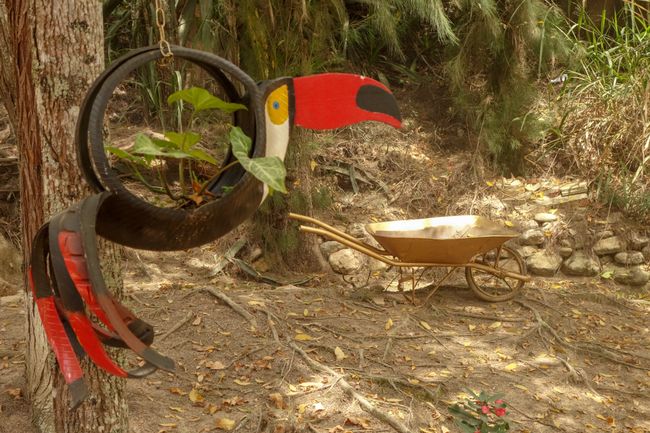
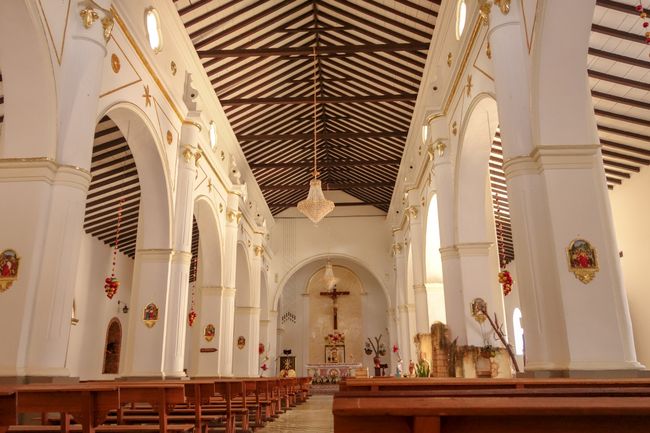
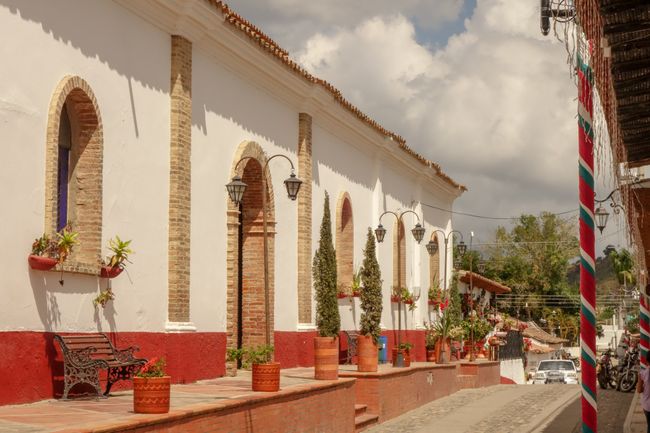
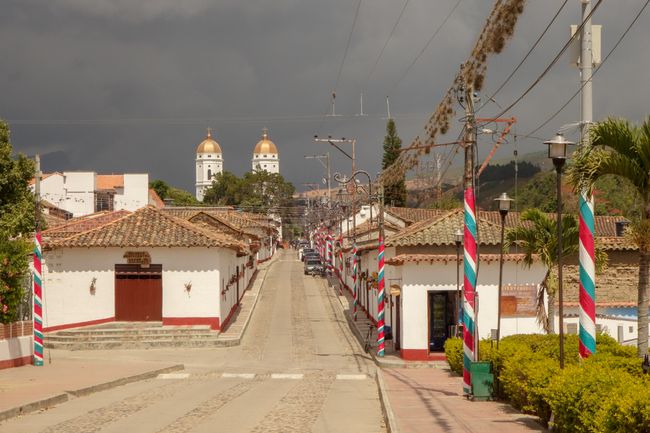
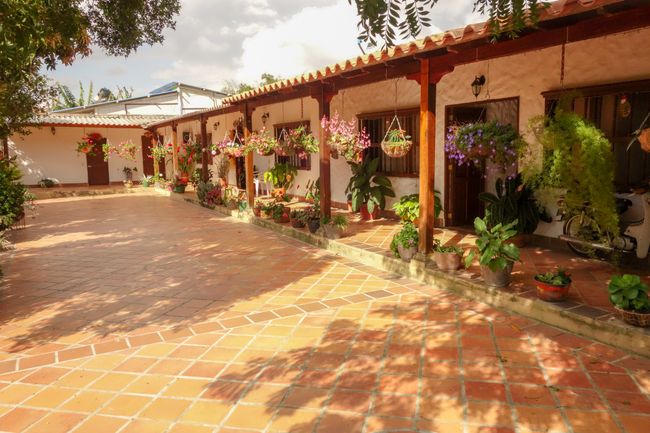
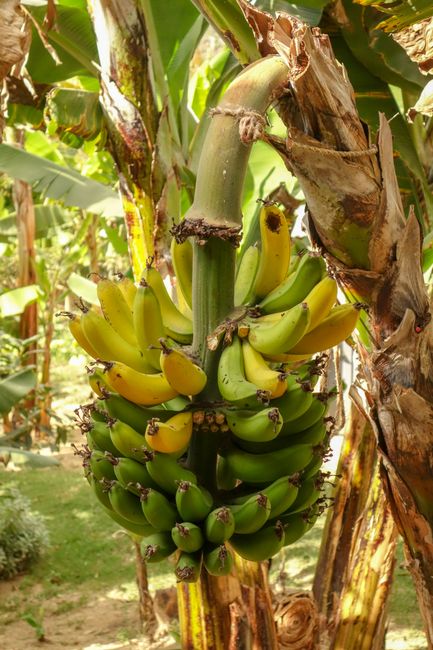
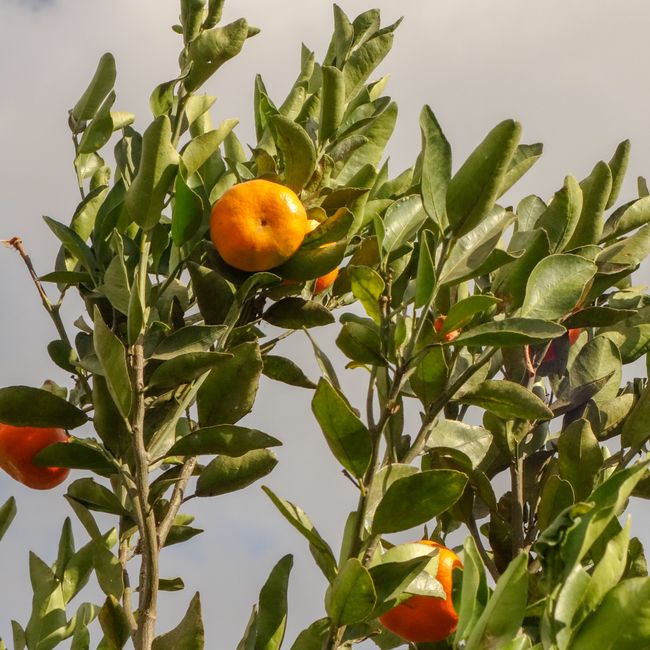
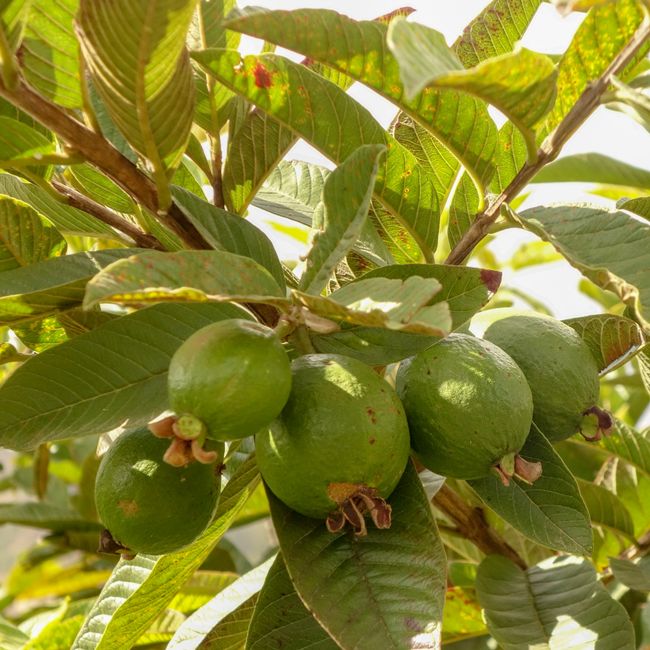
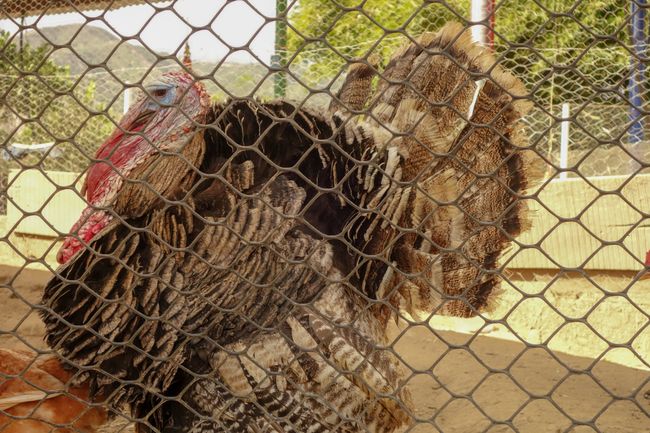
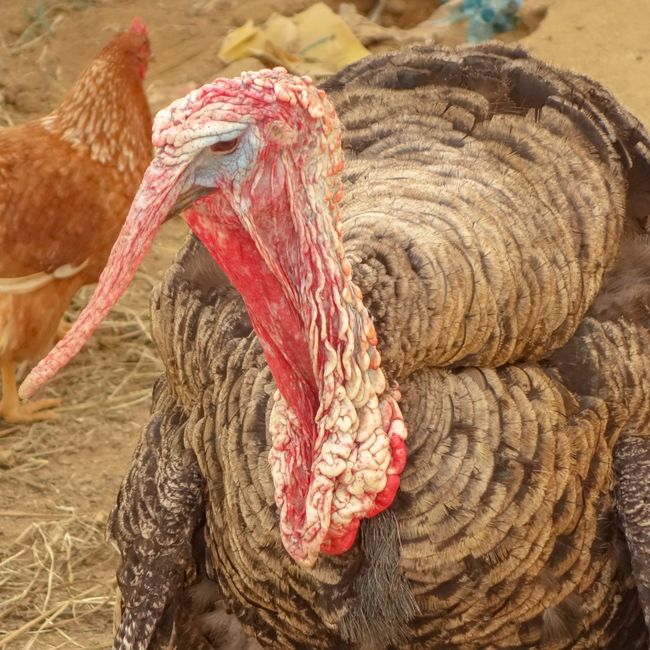
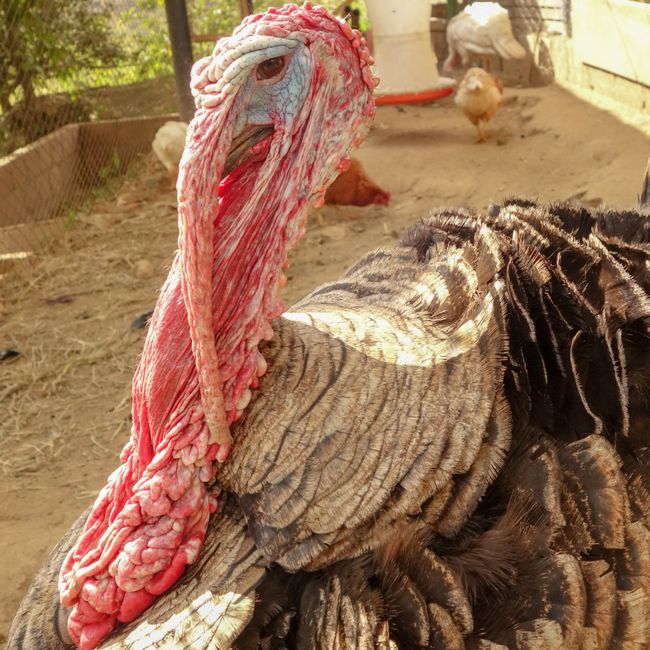
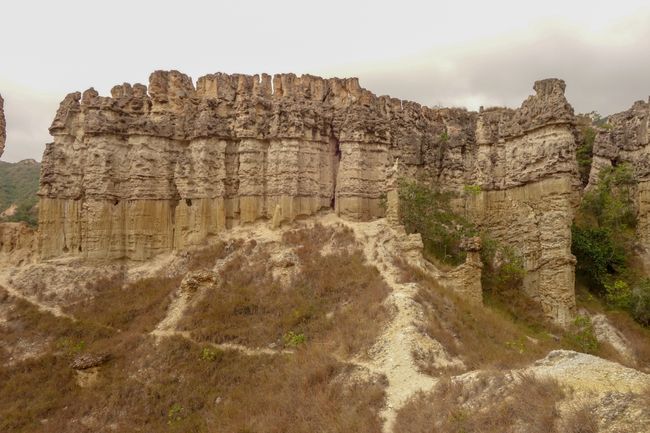
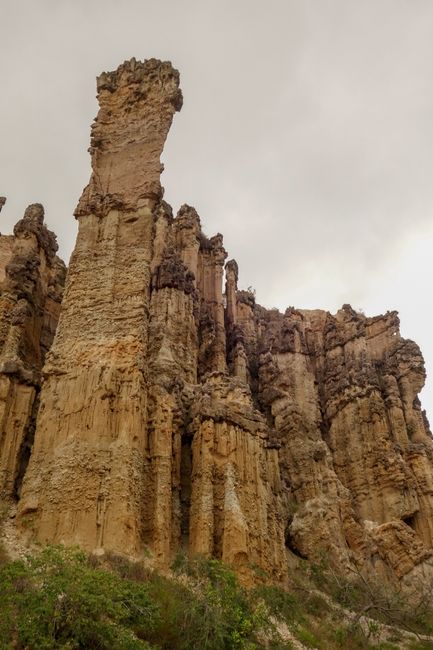
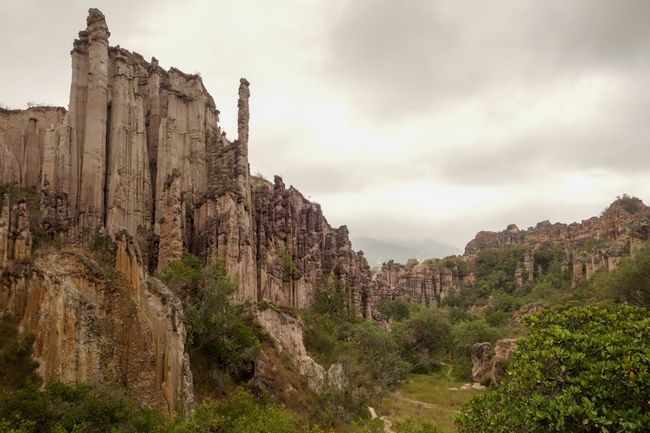
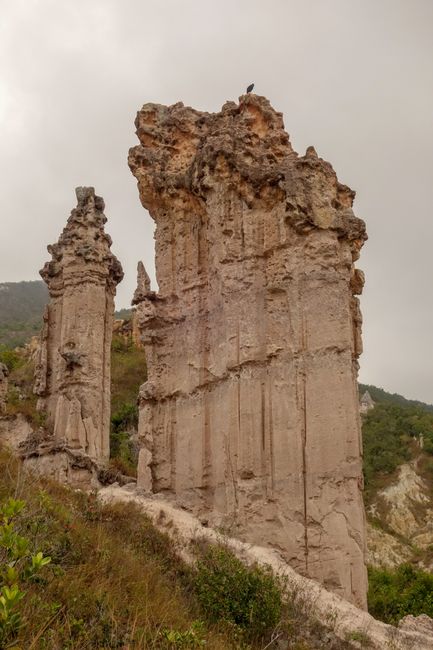
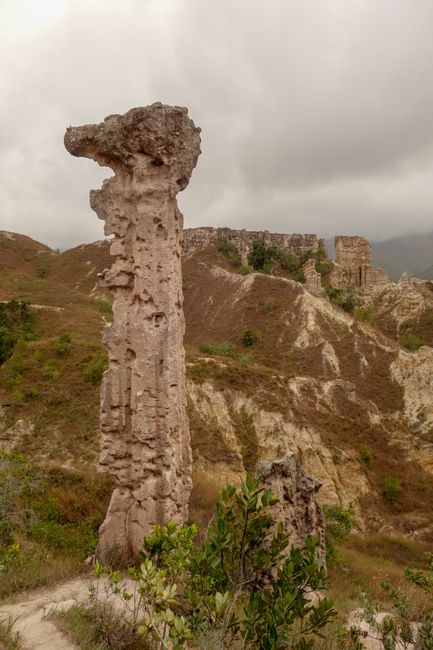
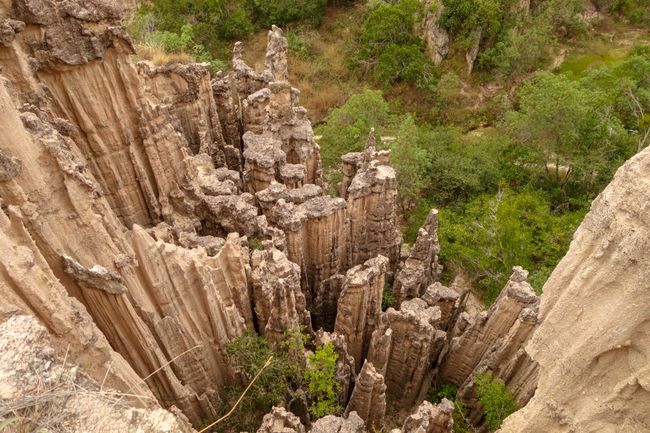
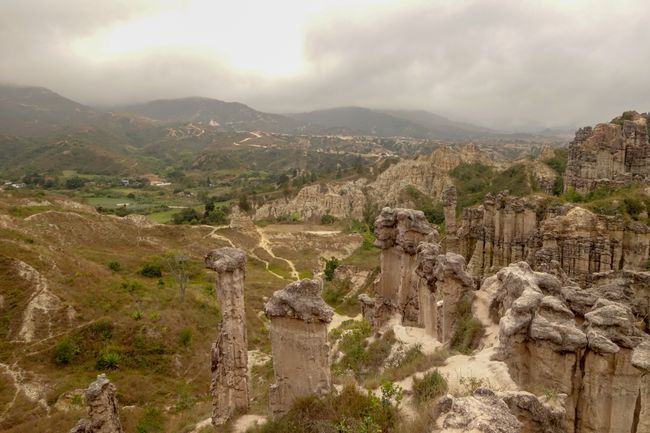

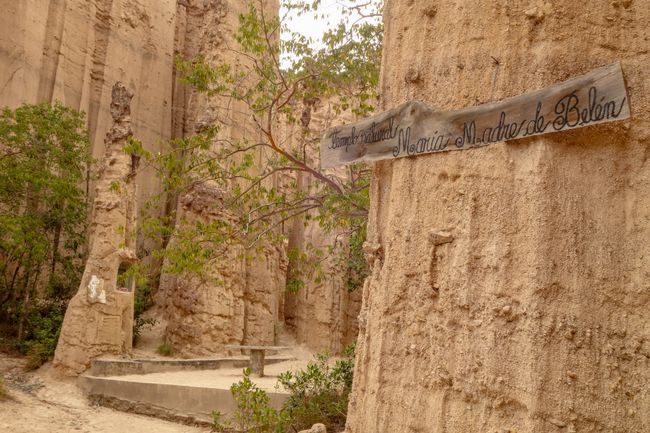
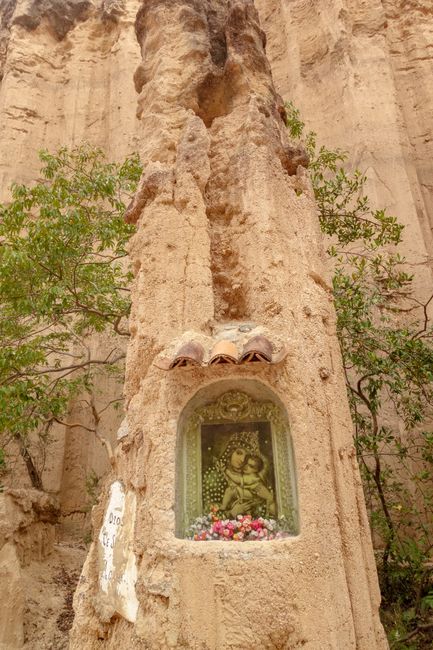
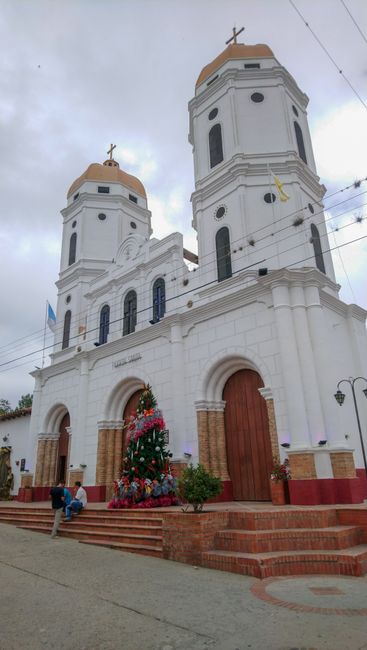
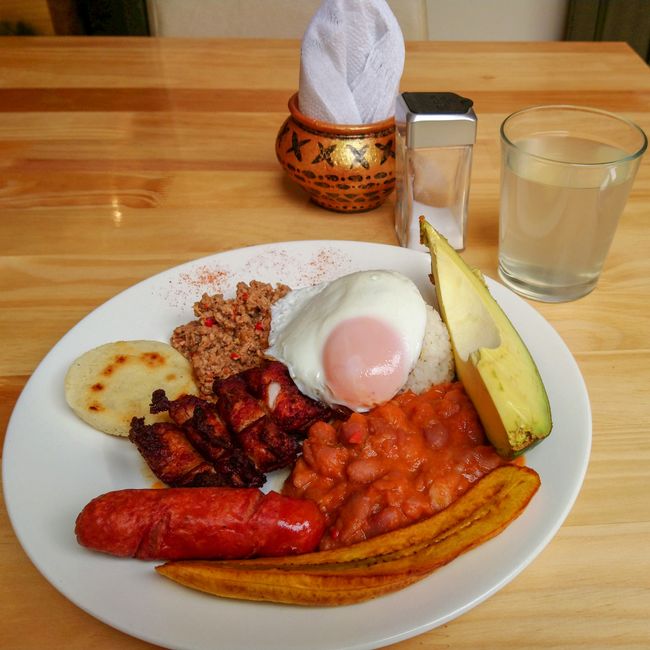
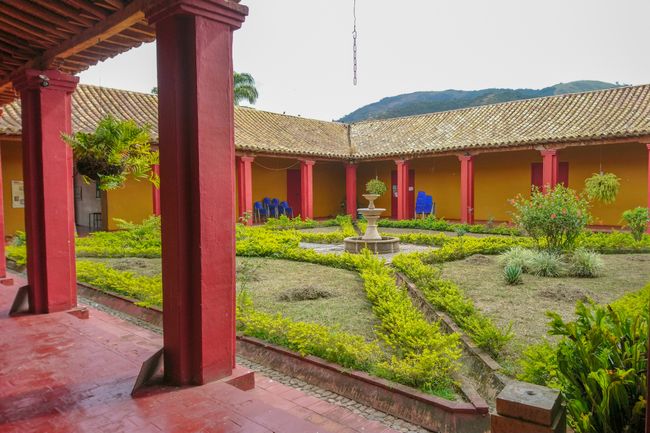
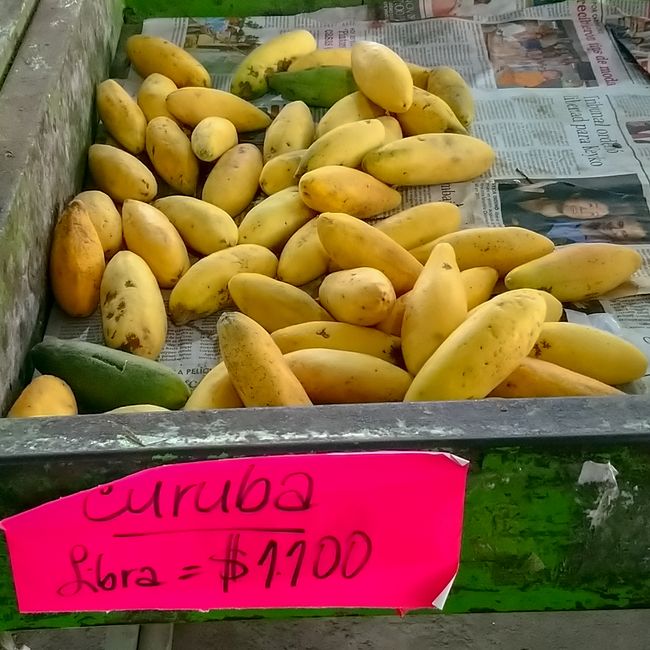
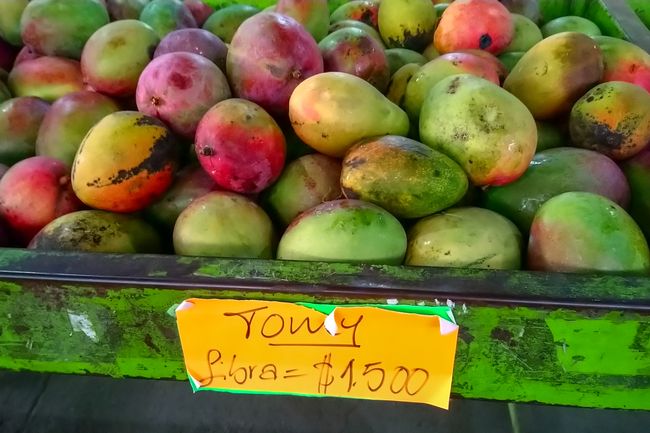
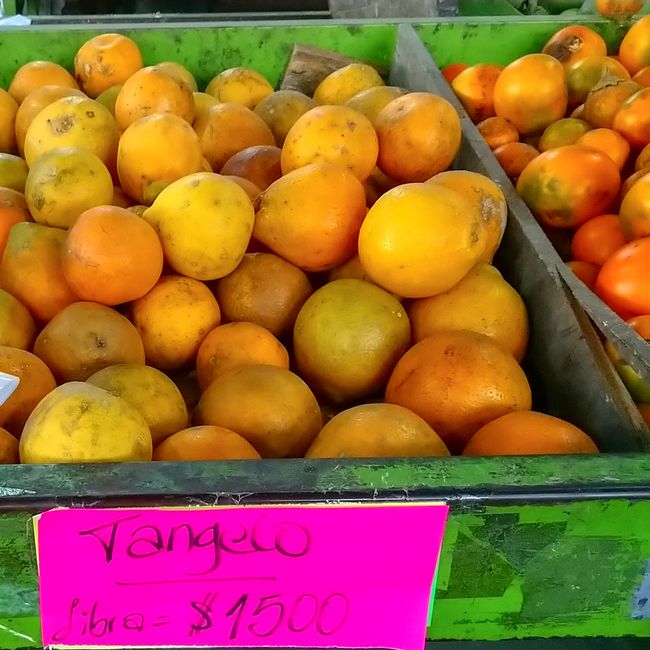
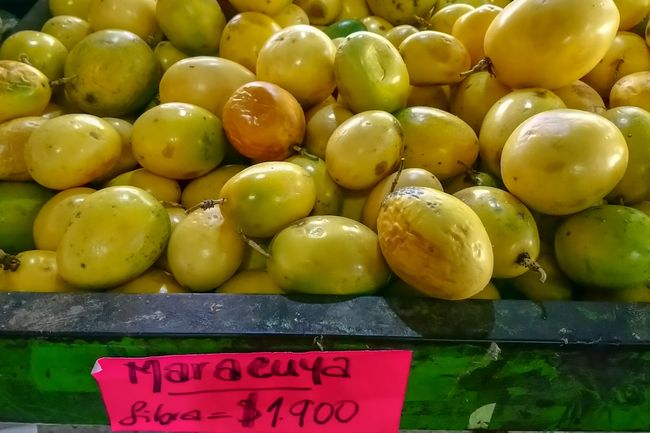
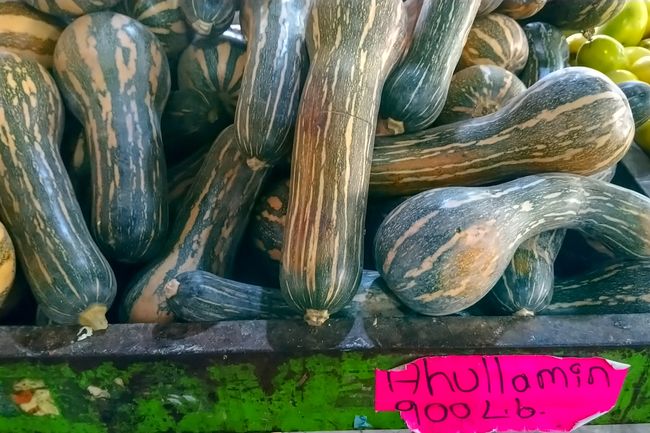
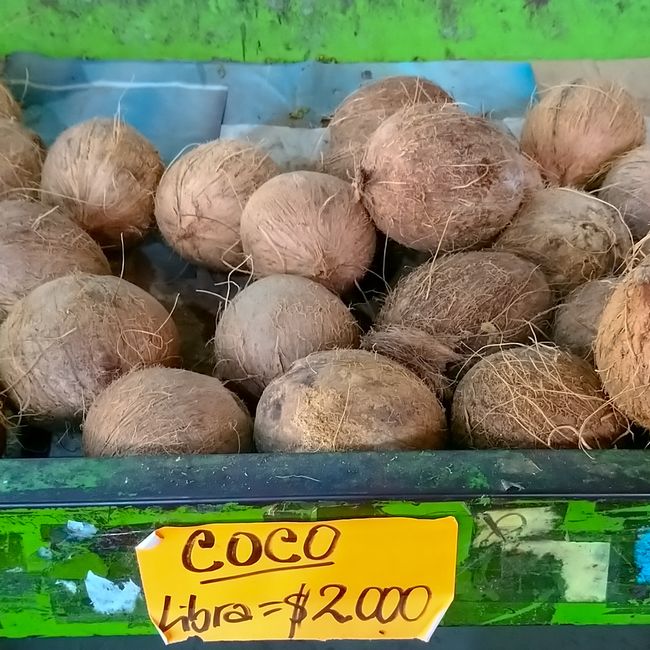
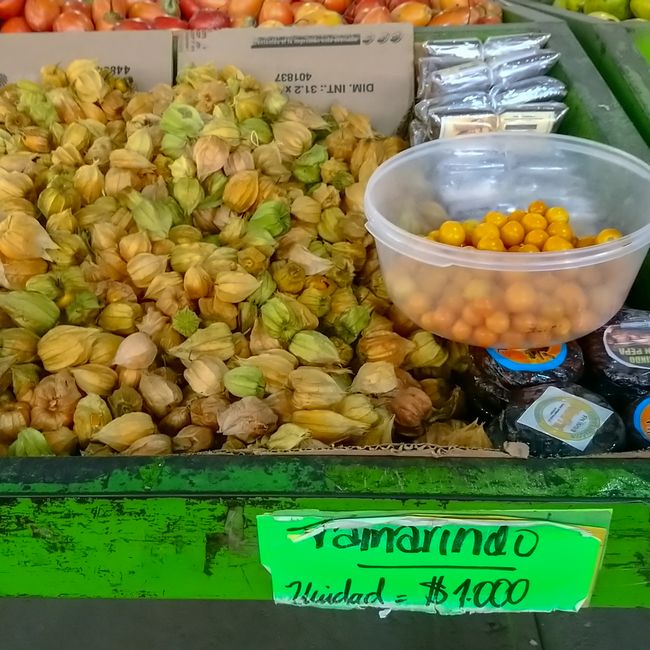
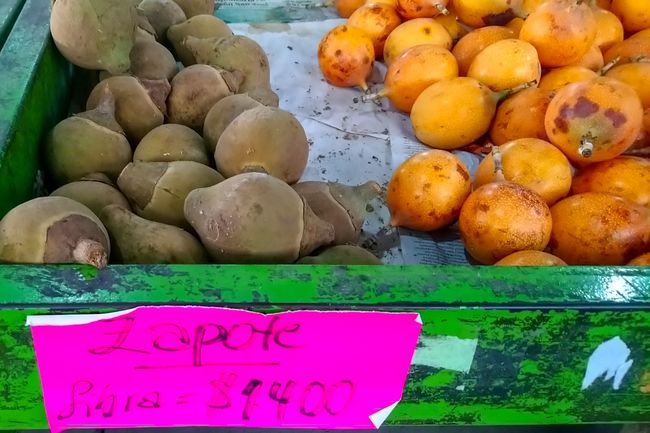
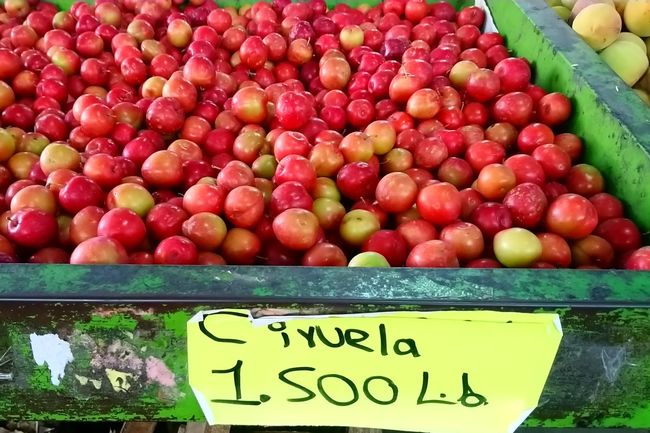
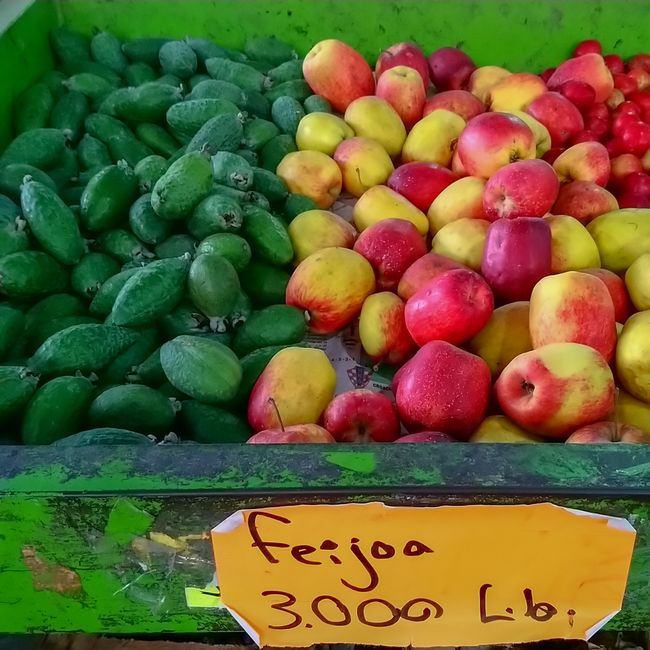
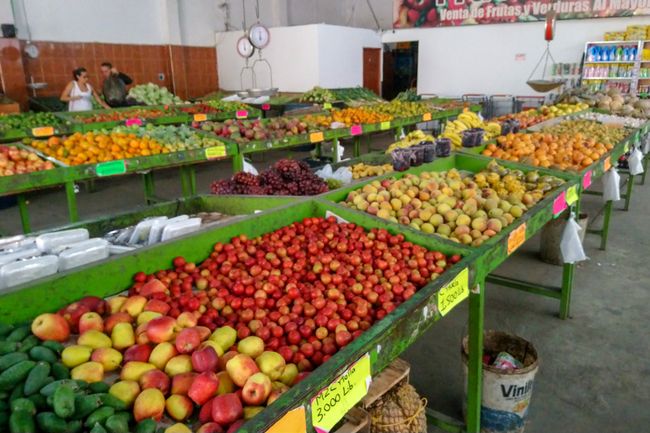
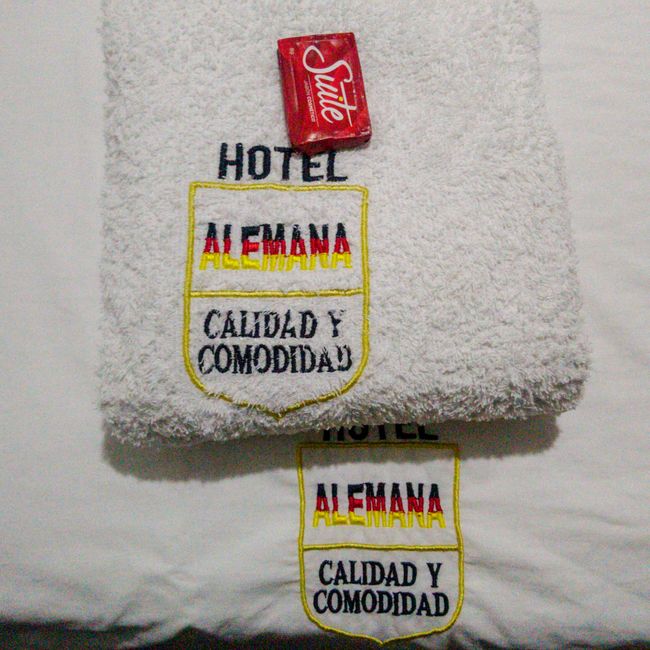
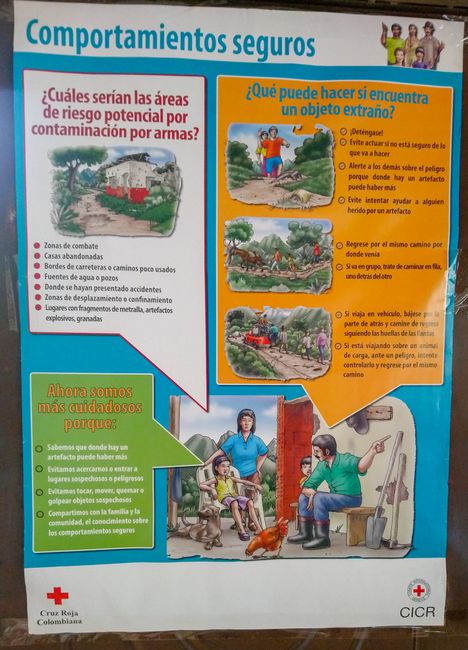
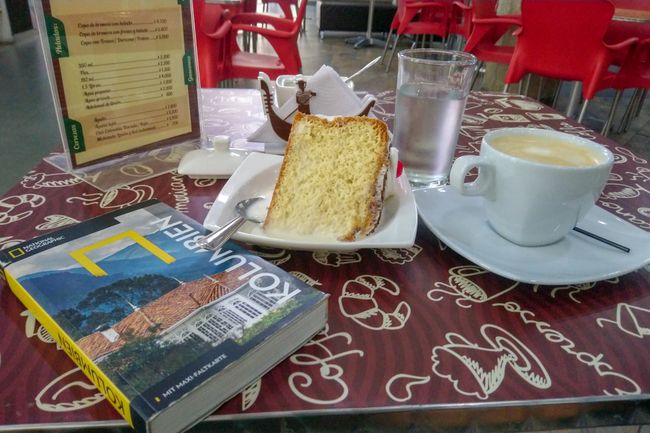
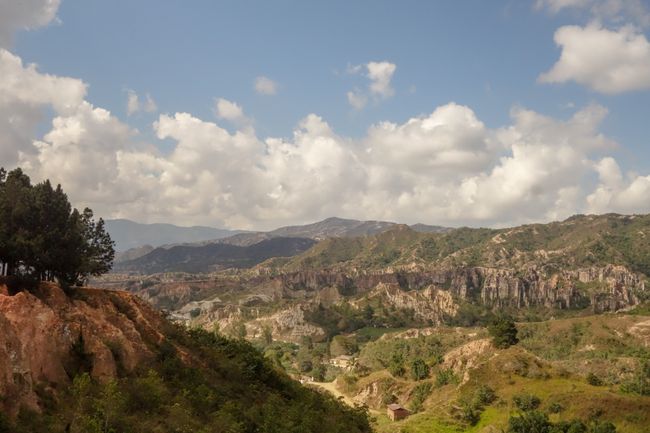
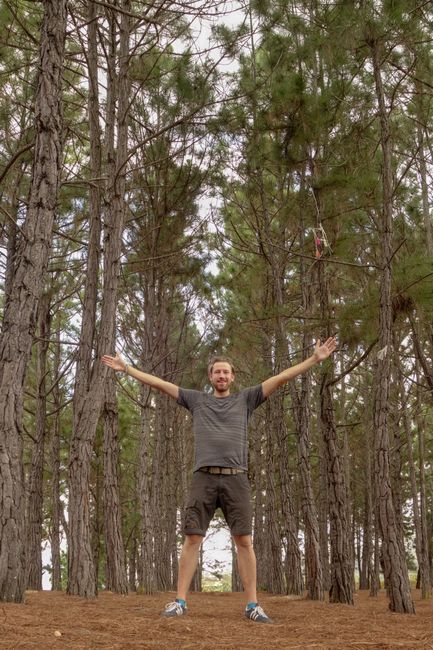
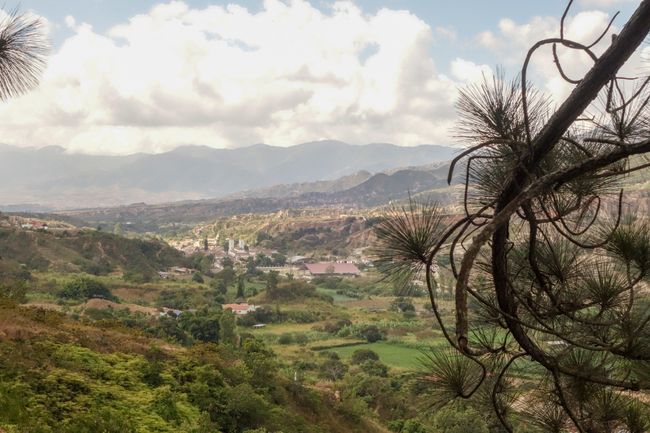
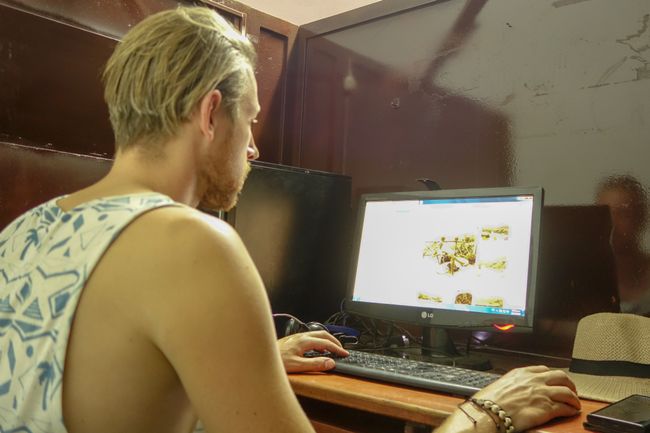
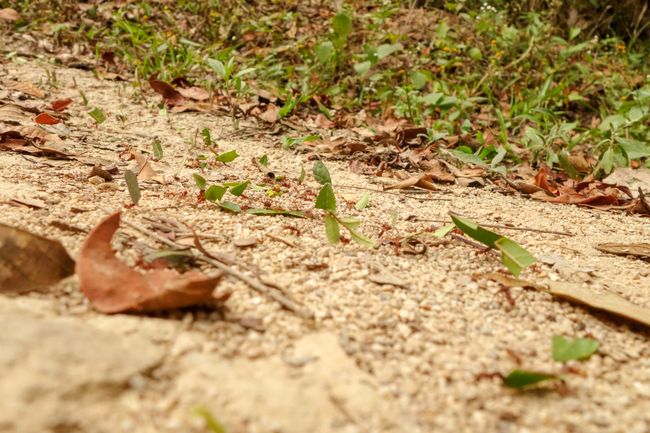
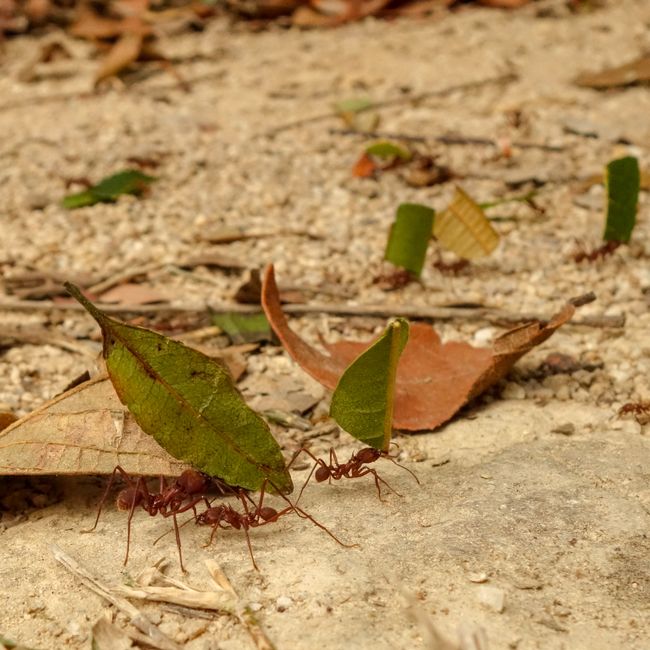
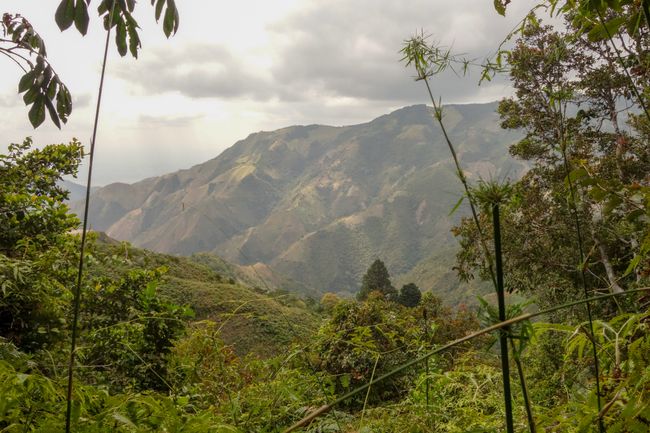
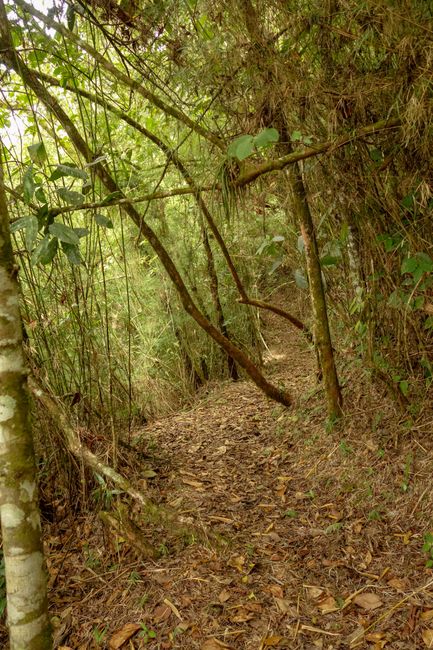
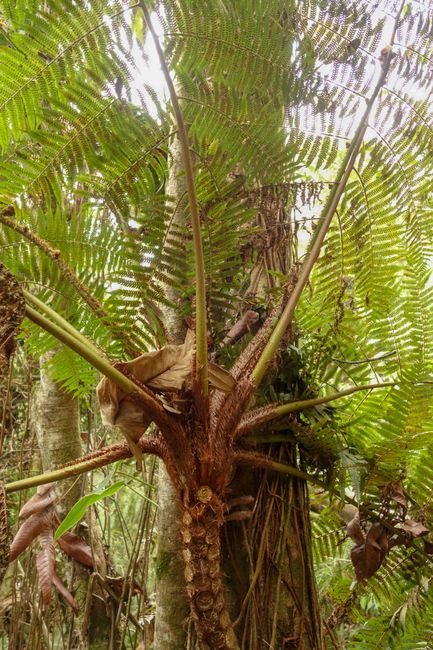
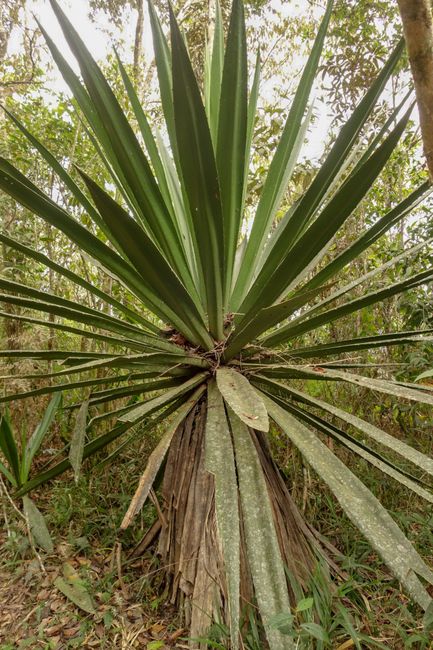

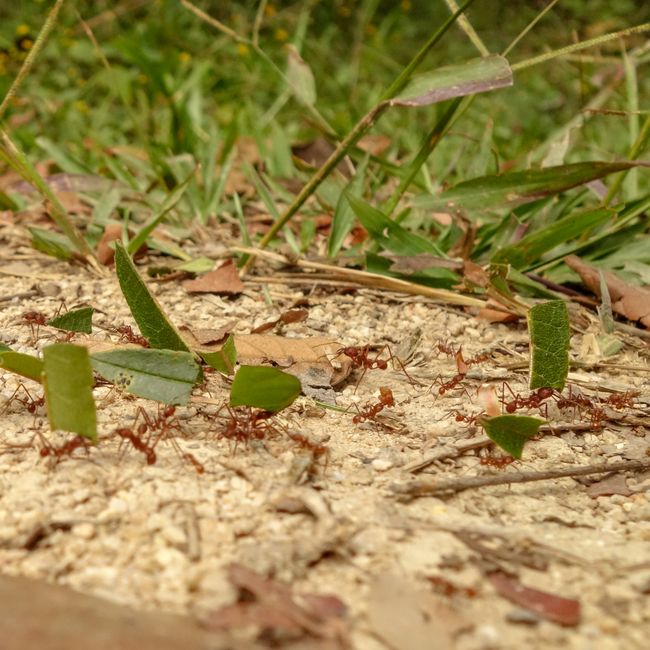
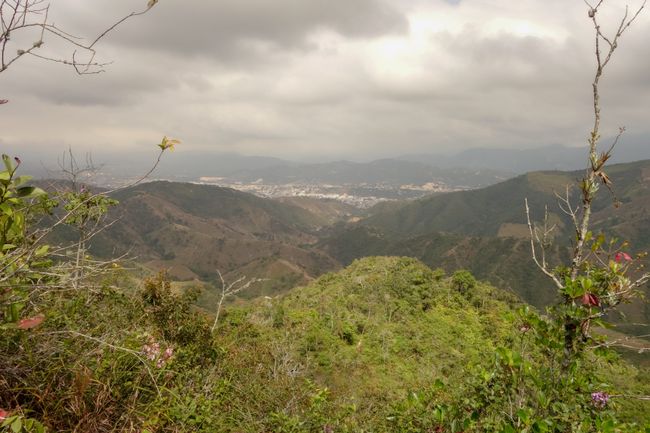
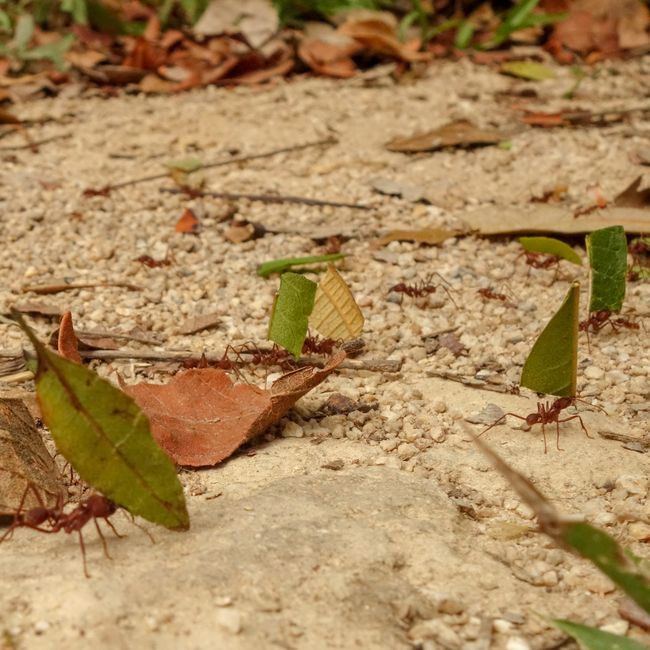
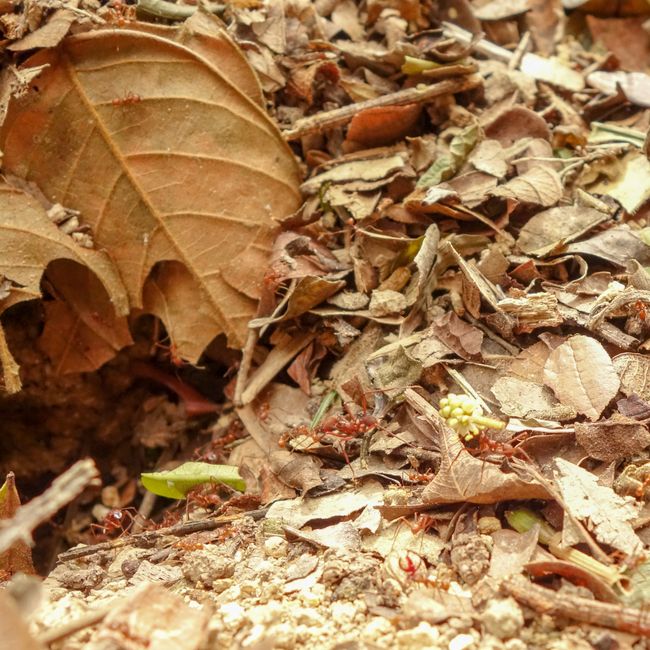
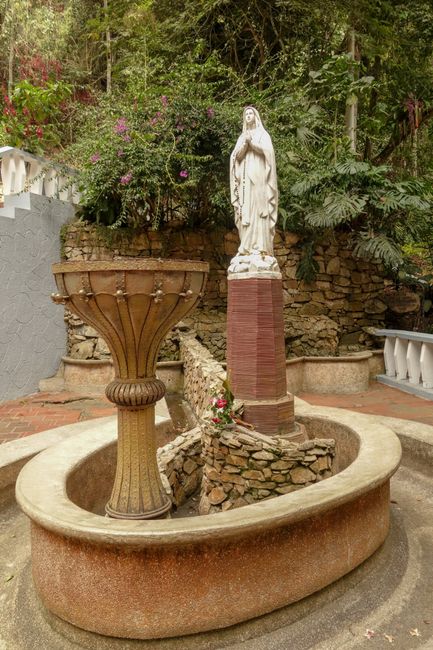
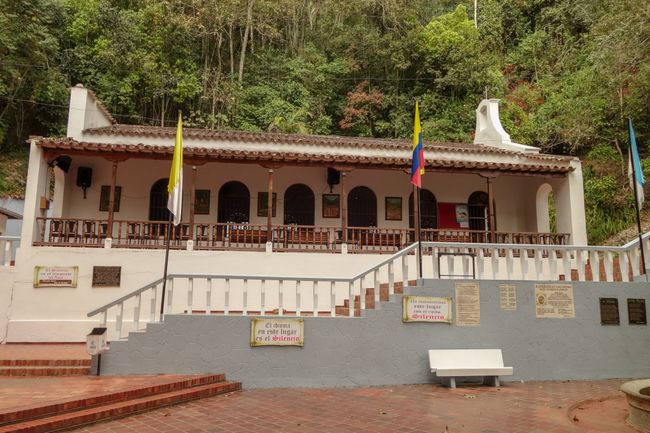
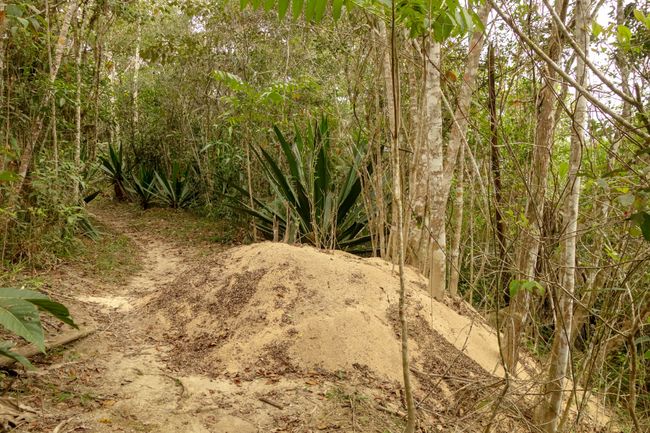
Abbonate à Newsletter
Ocaña
Just imagine this scene. I am waiting in the shade of the bus in Mompos, sweating because of the extreme heat. The locals next to me have thick blankets with them, which makes me wonder. And then the bus driver asks if he should put the blankets in the luggage compartment with the suitcases. Of course not! The blankets are meant to keep us warm during the journey from one hot place to another. The locals know that the air conditioning in the bus is set to a constant 16 degrees. After the first 5 minutes, everyone starts freezing because of the air conditioning. As a Northern European, I can tolerate the cold a bit better, but with the blankets, all passengers are at the same cold level. After about 3 hours, we take a break. When I get off the bus, it feels like a heatstroke, even though the sun has already set. There's a temperature difference of about 20 degrees. I ask the bus driver if he could turn down the air conditioning a bit. Of course, he thinks I want it even colder. After some explanations, he tells me that the temperature is already set to the highest possible level and that people are supposed to get used to it. Seriously? Turning off the air conditioning is not an option either! With how prepared the other passengers are, it seems to be an unbreakable natural law that you freeze on the bus! That's when you start losing faith in a country. I've experienced this on my bus trips before, but never to this extreme. Finally, after being thoroughly chilled, I arrive in Ocaña after another 2 hours.
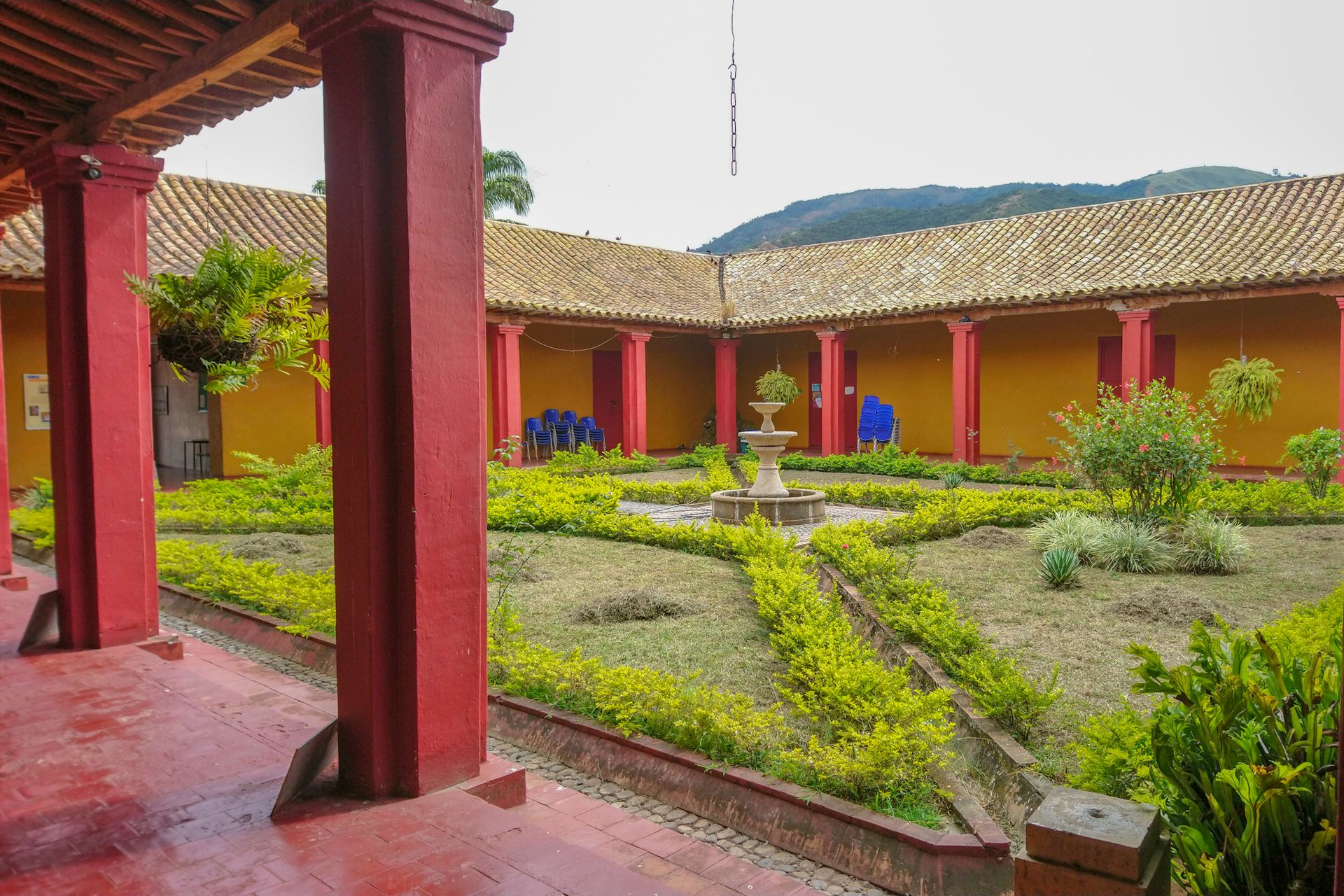
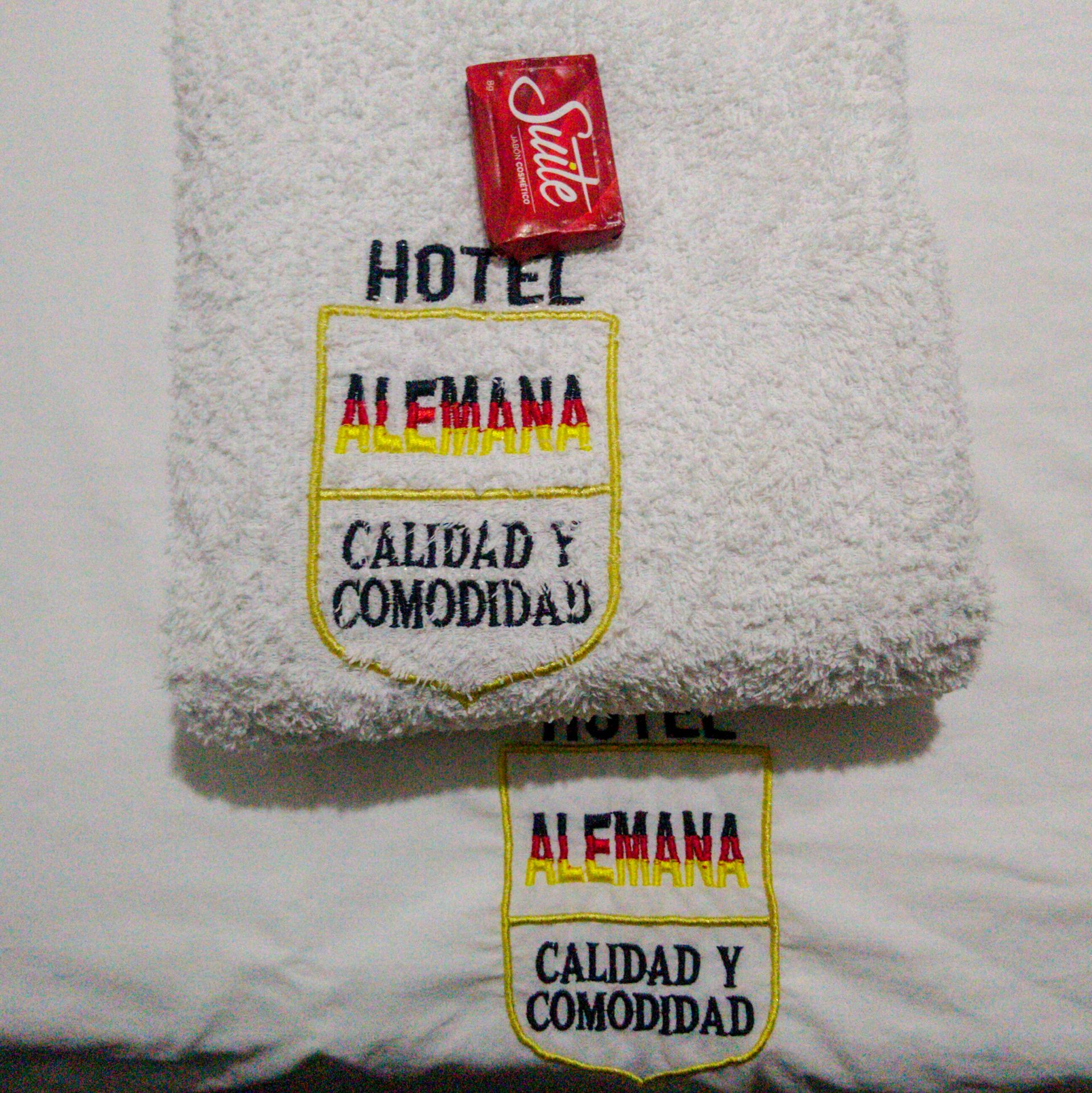
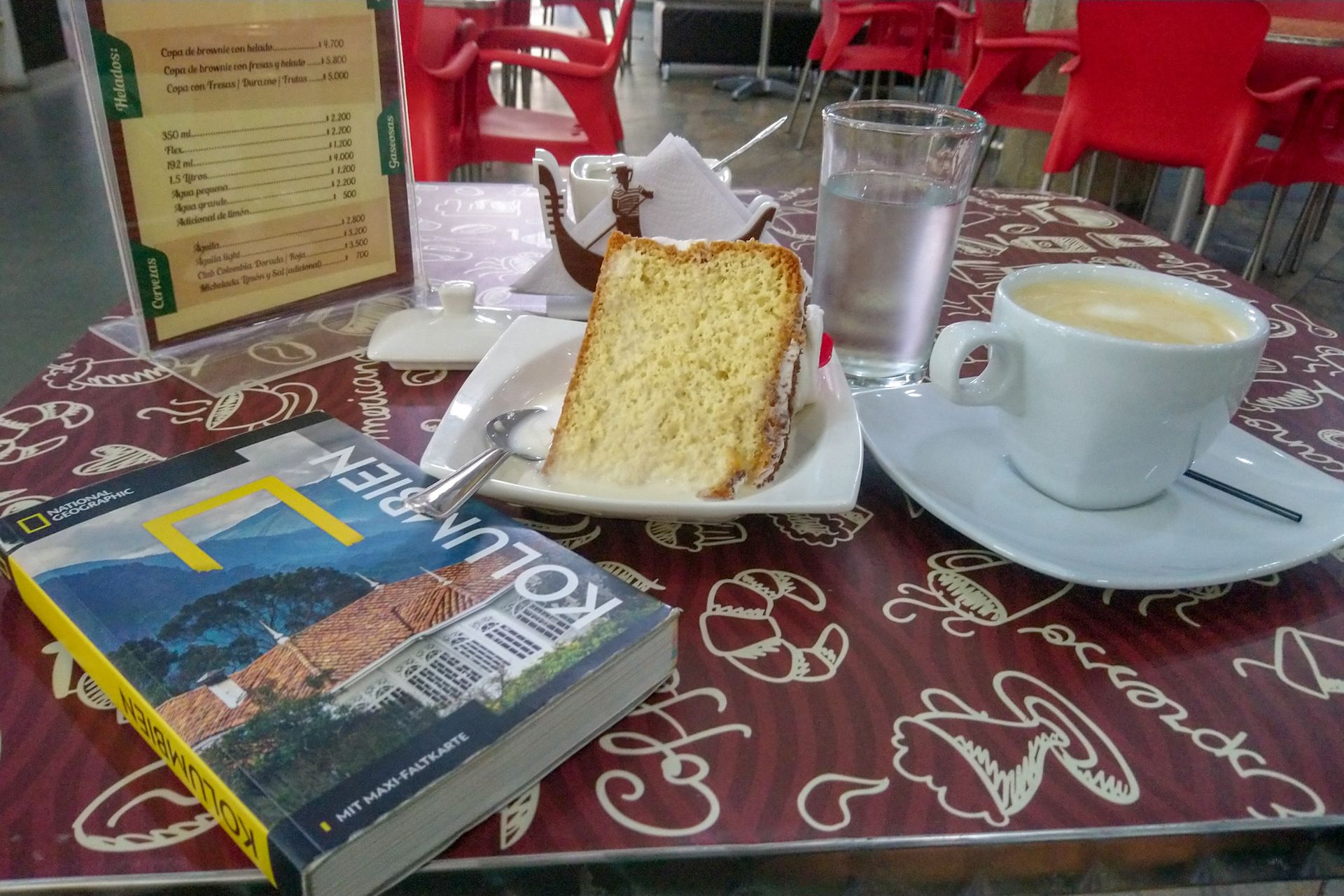

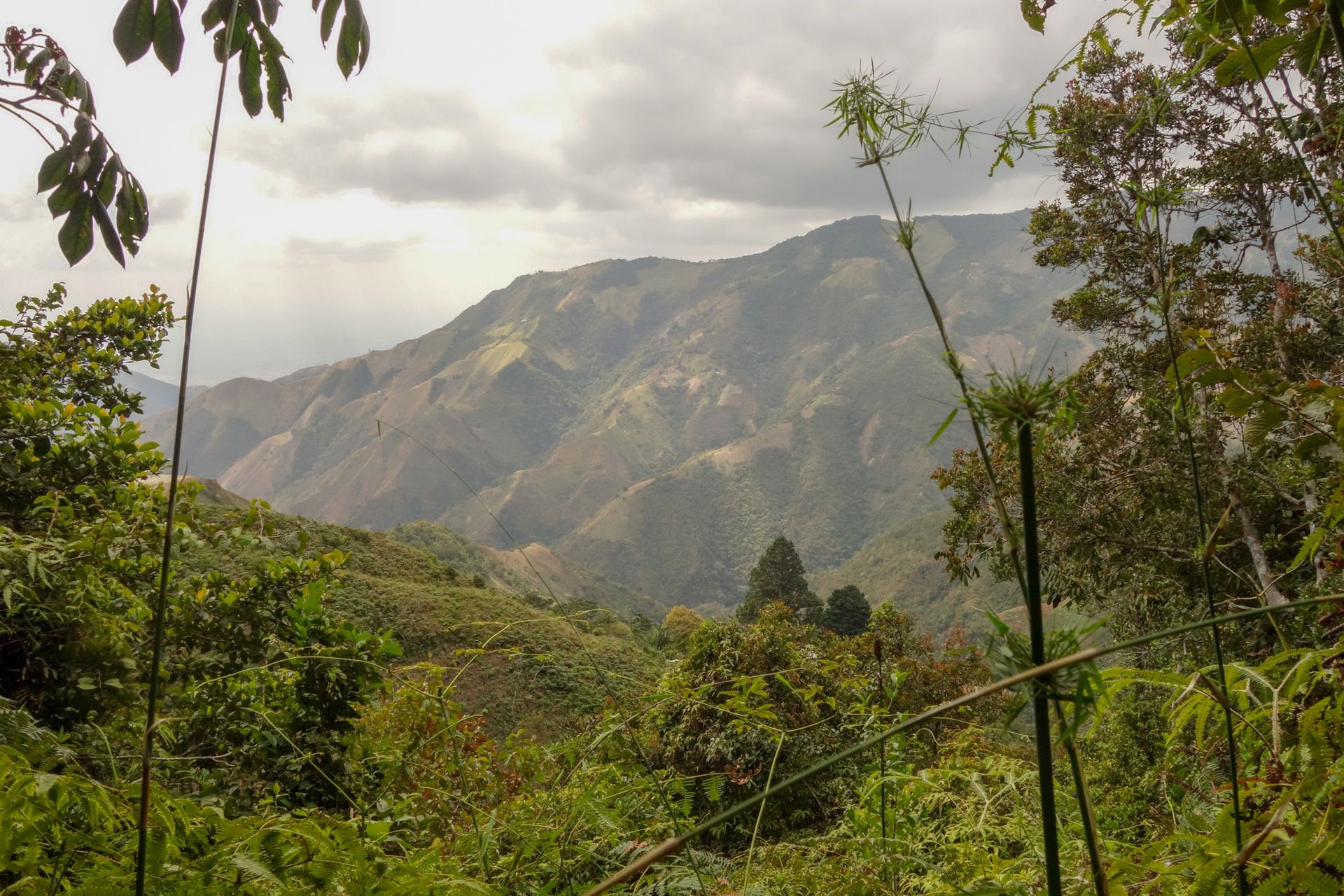
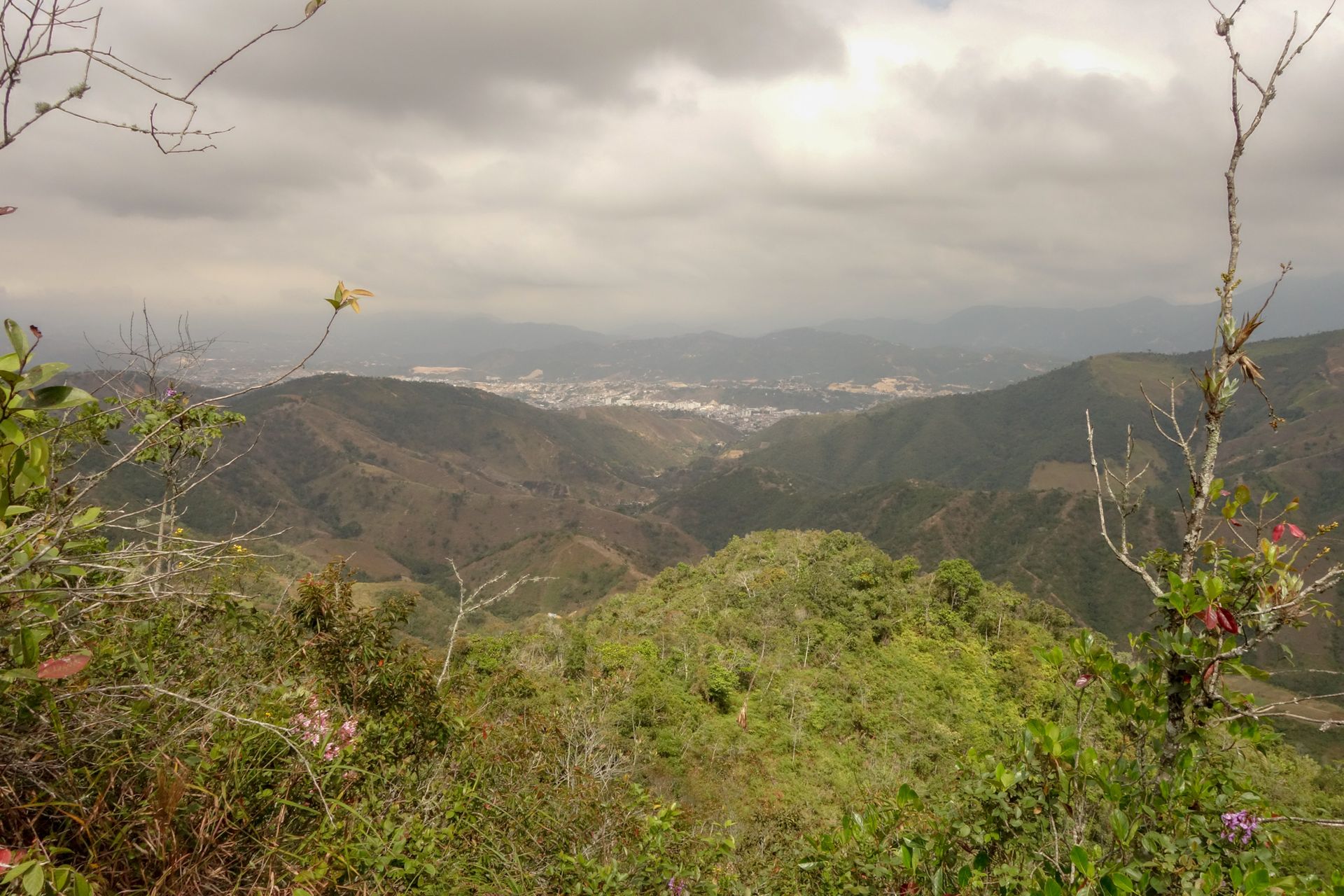

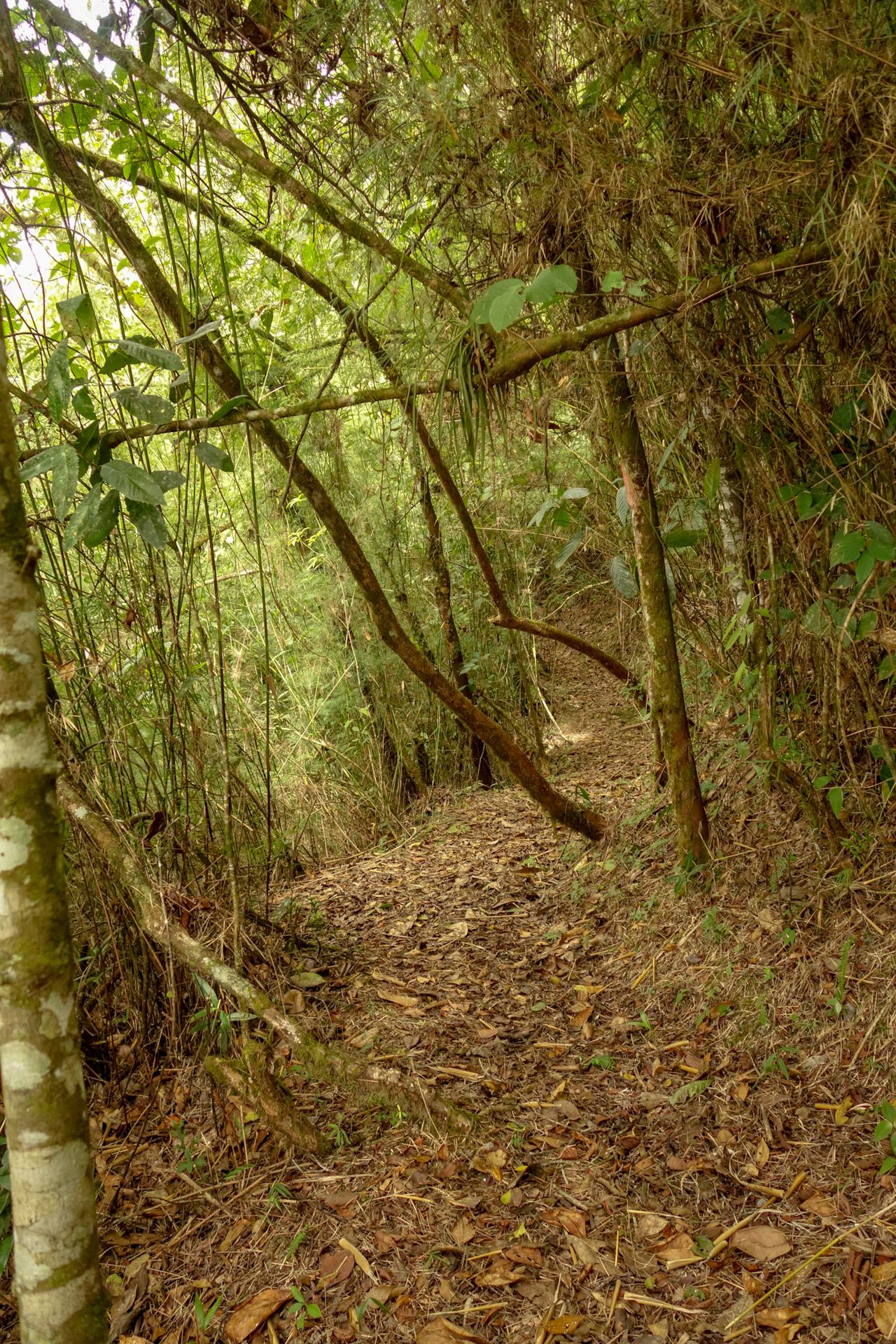

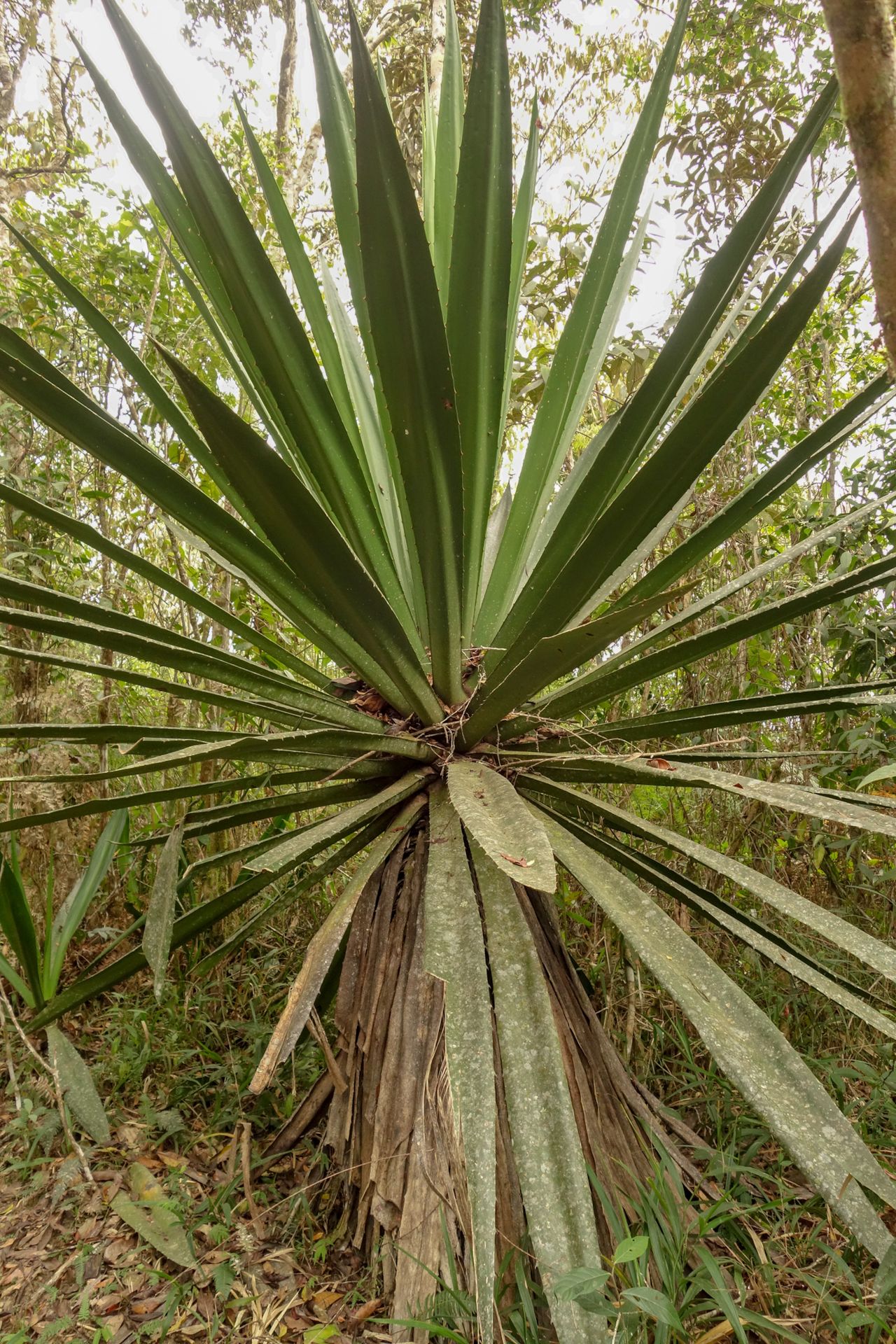
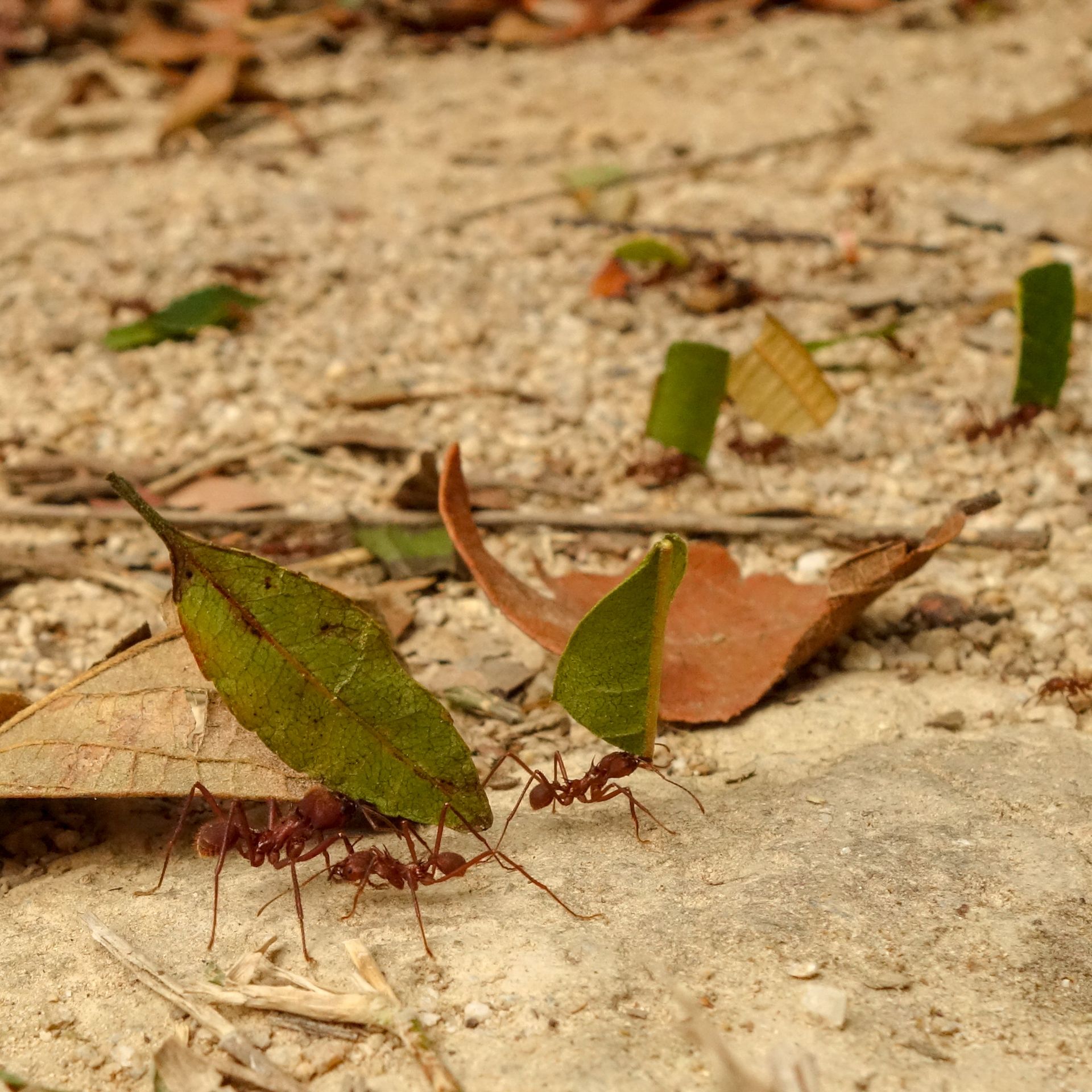
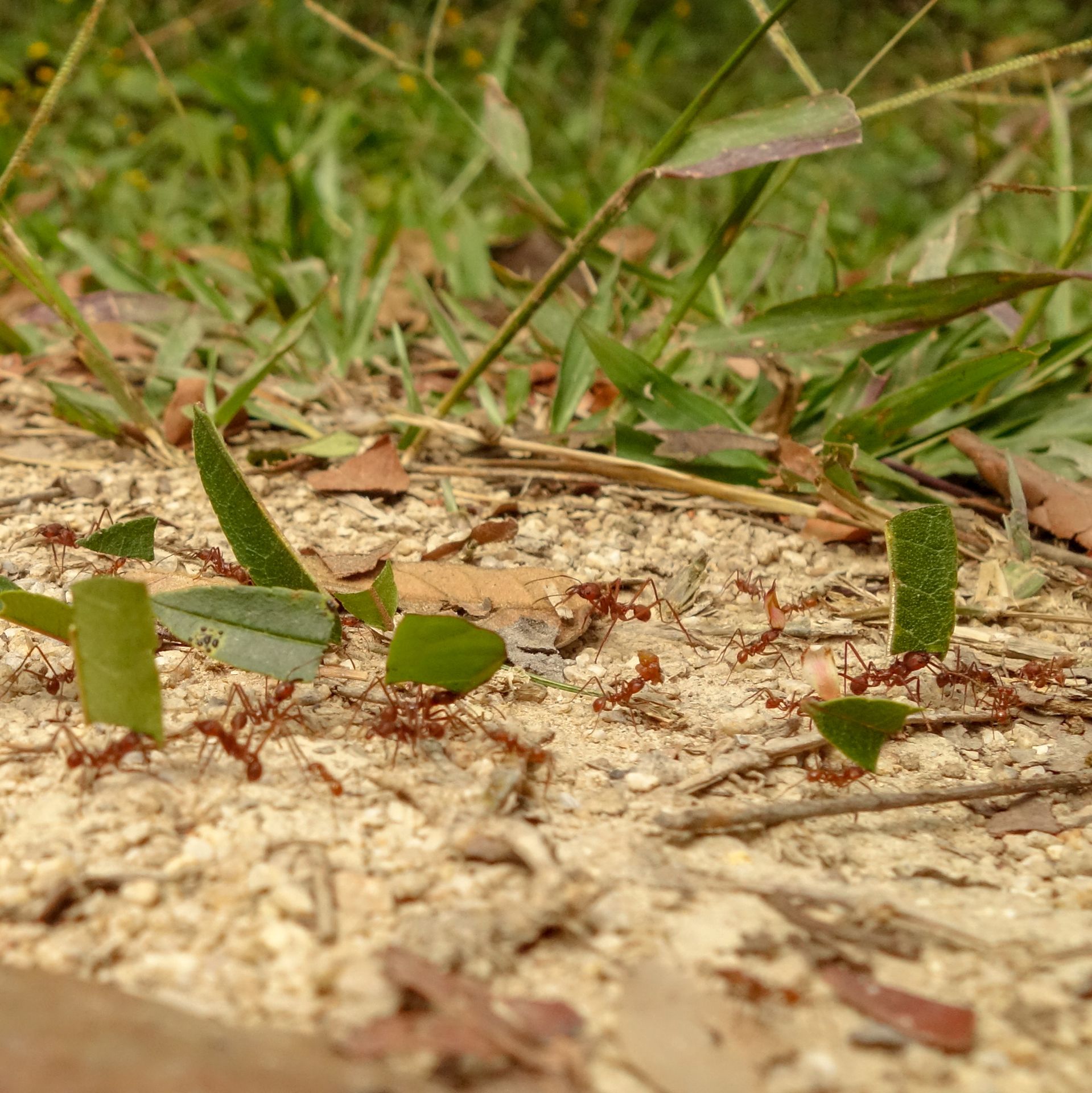
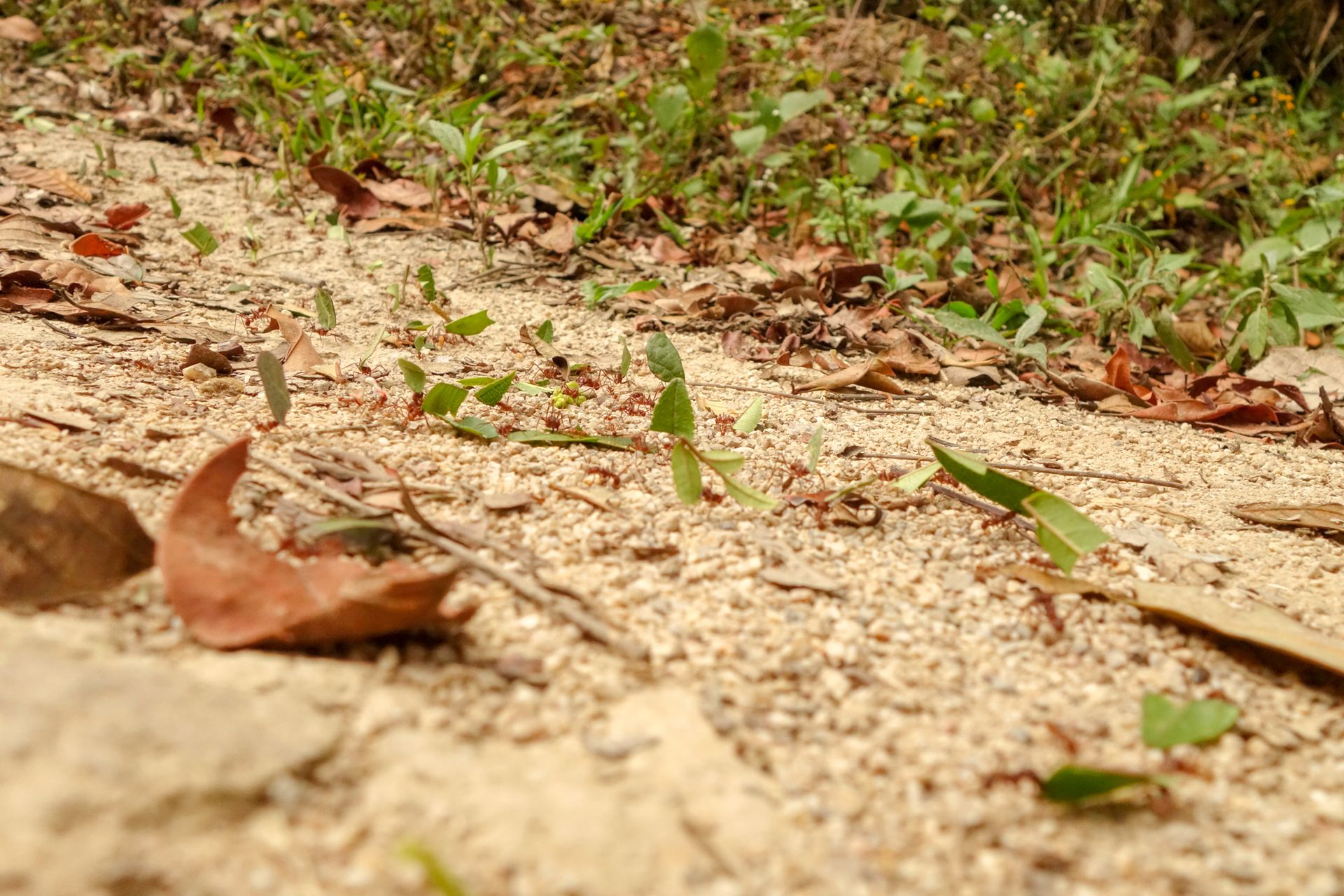
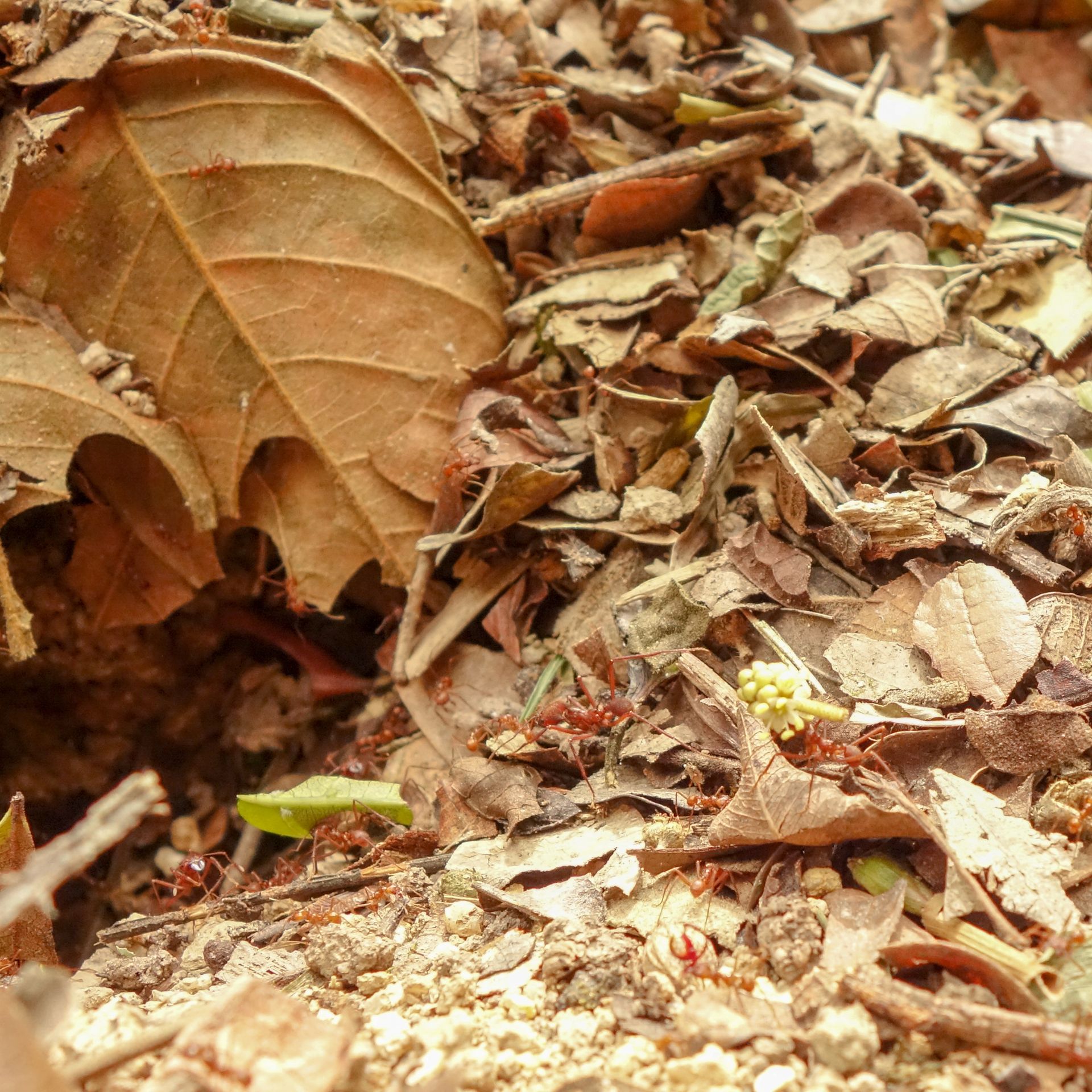
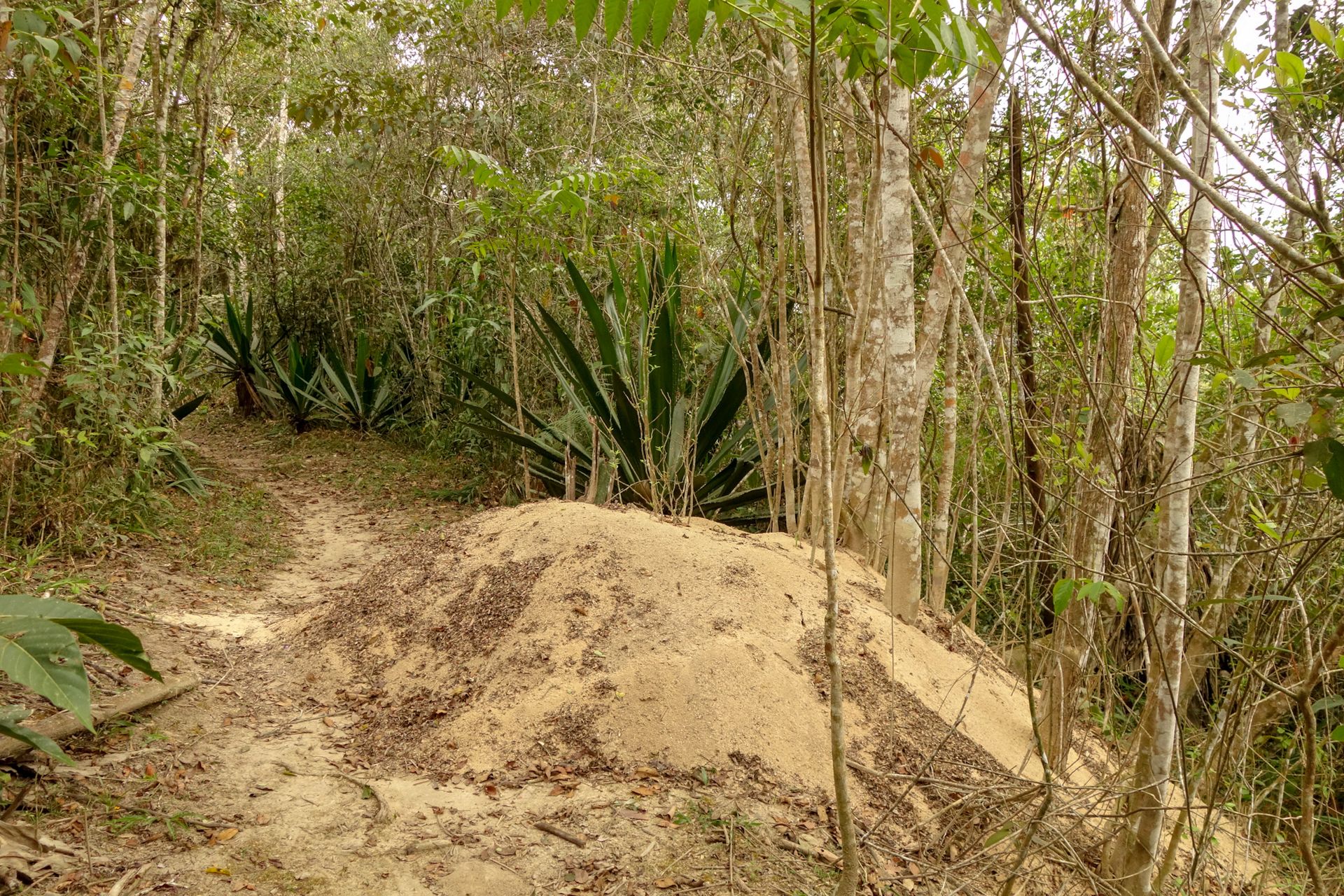
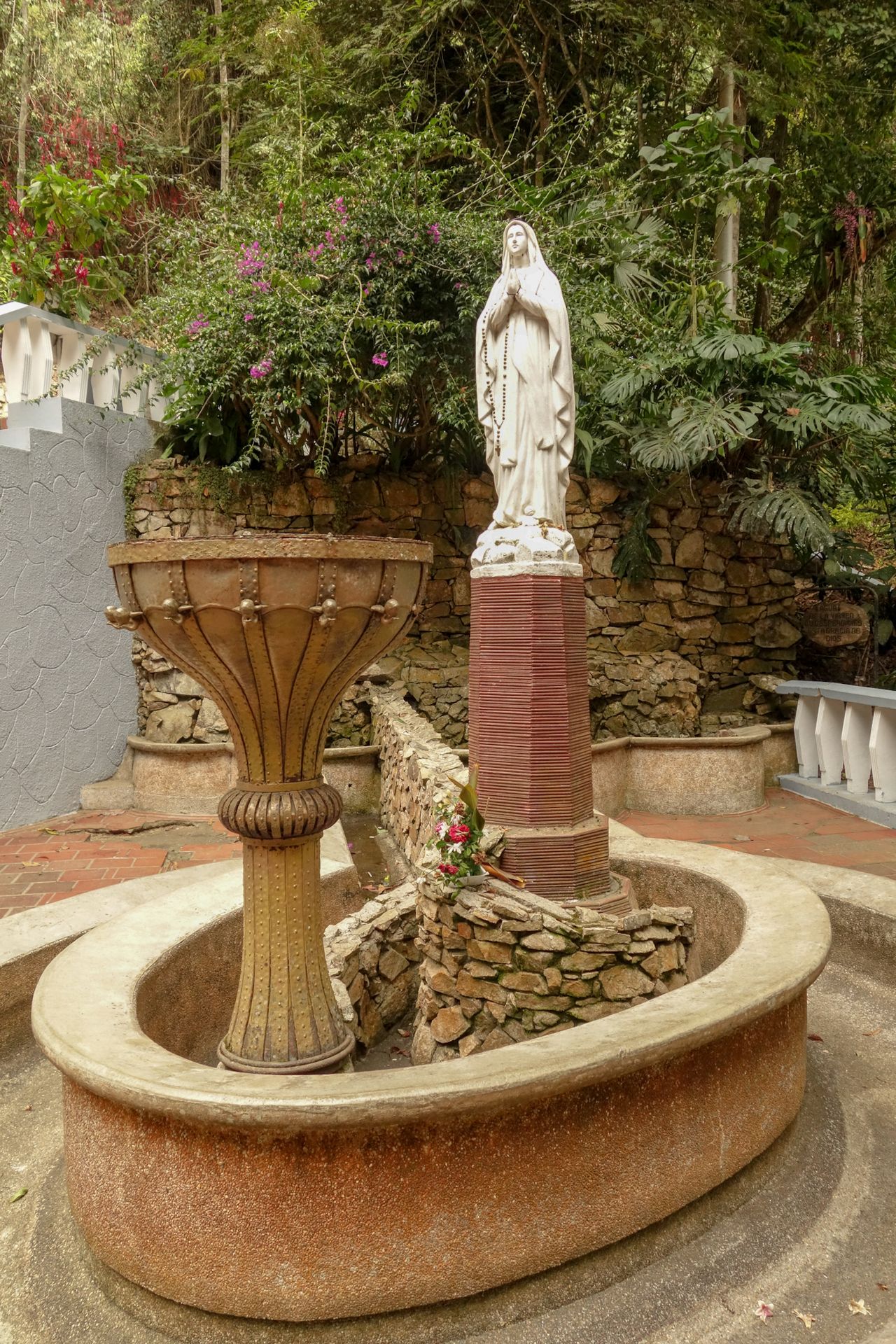
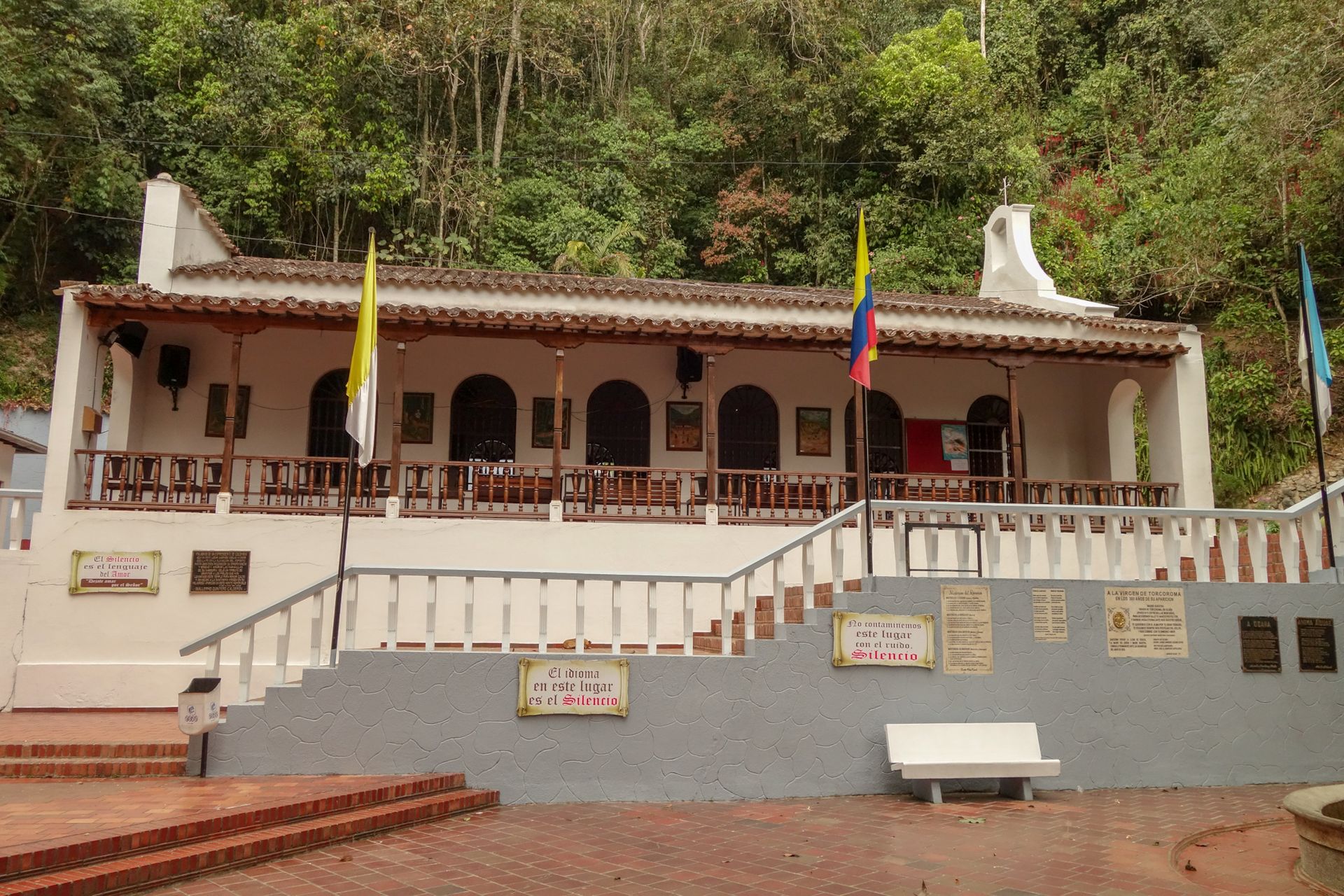
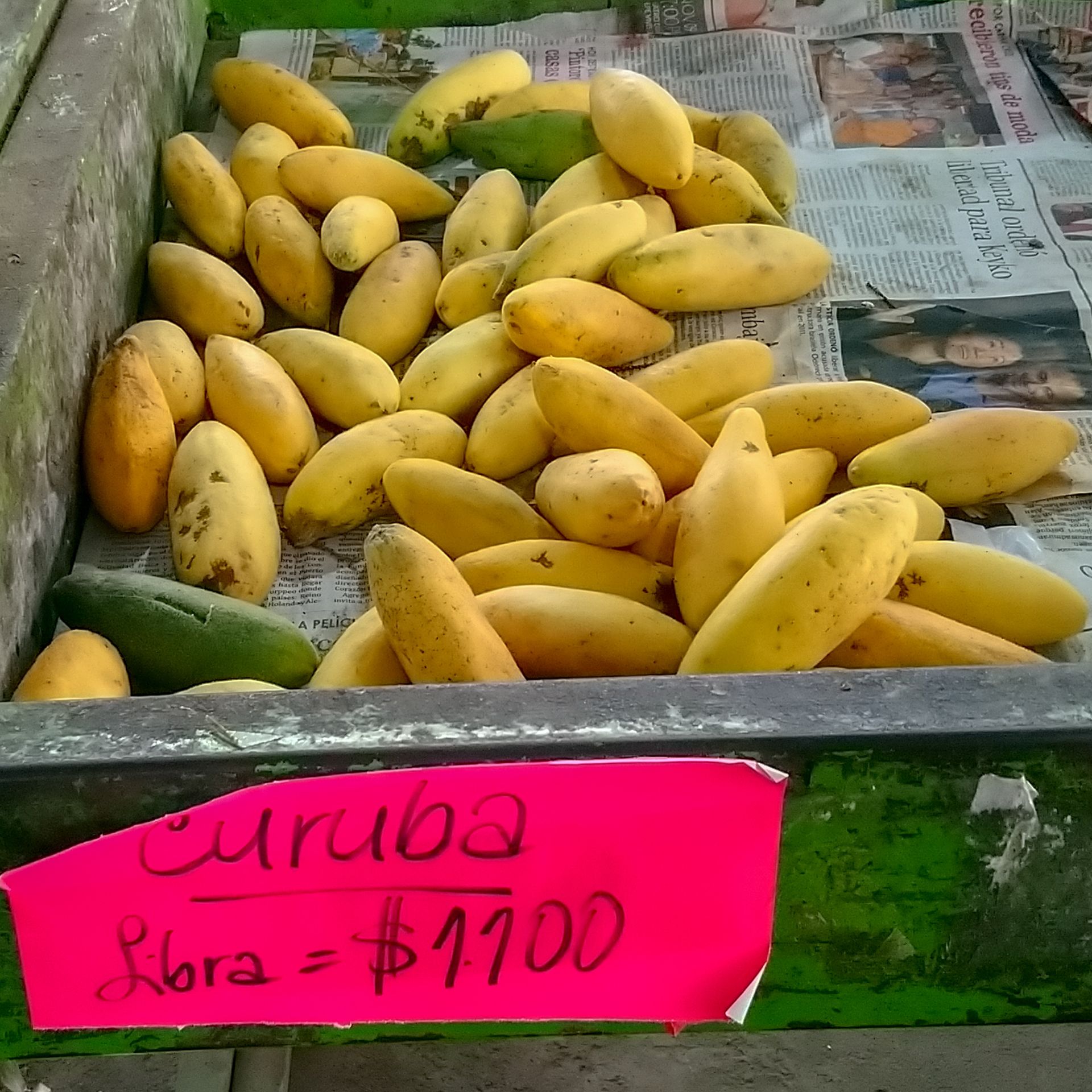

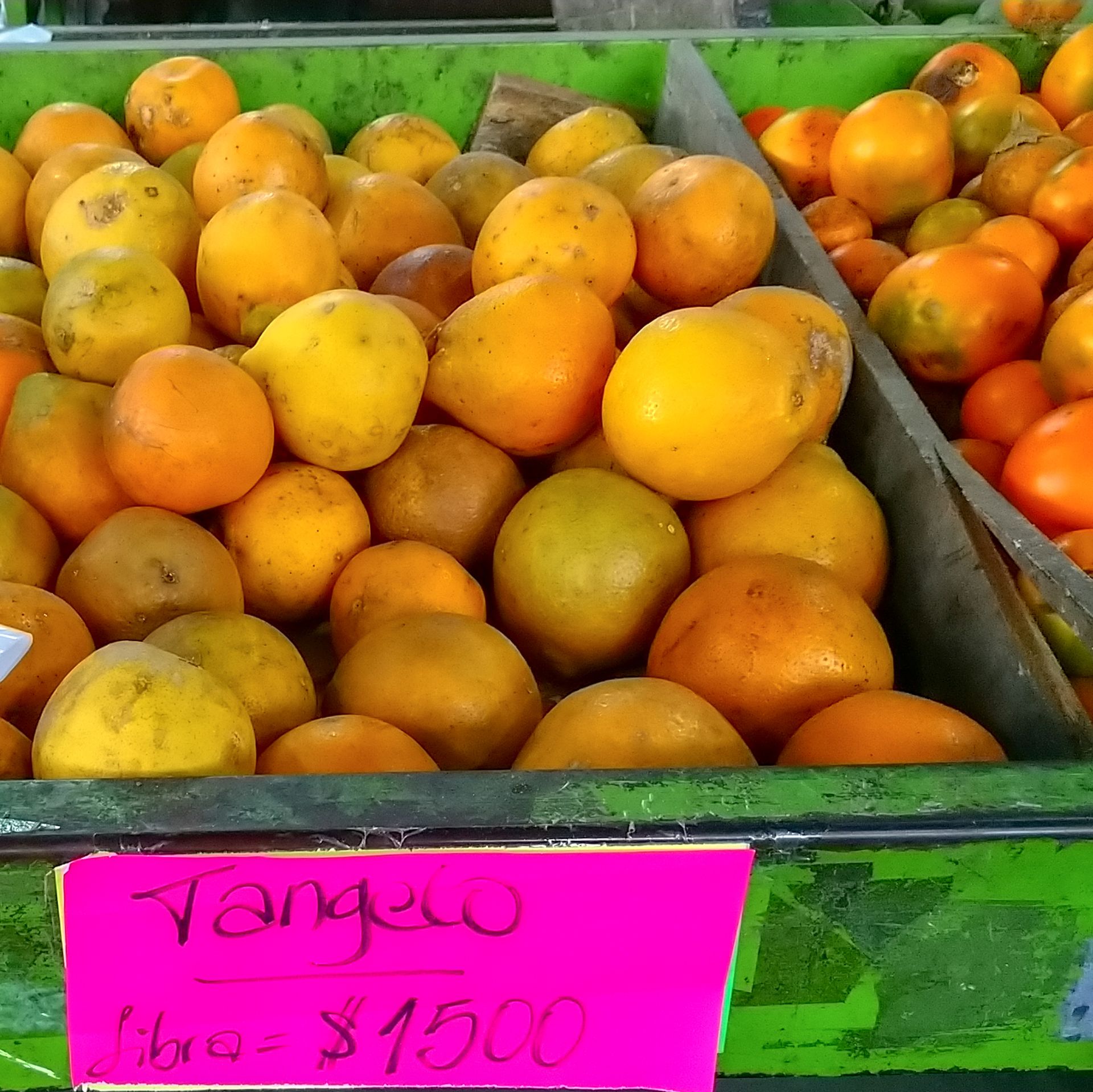

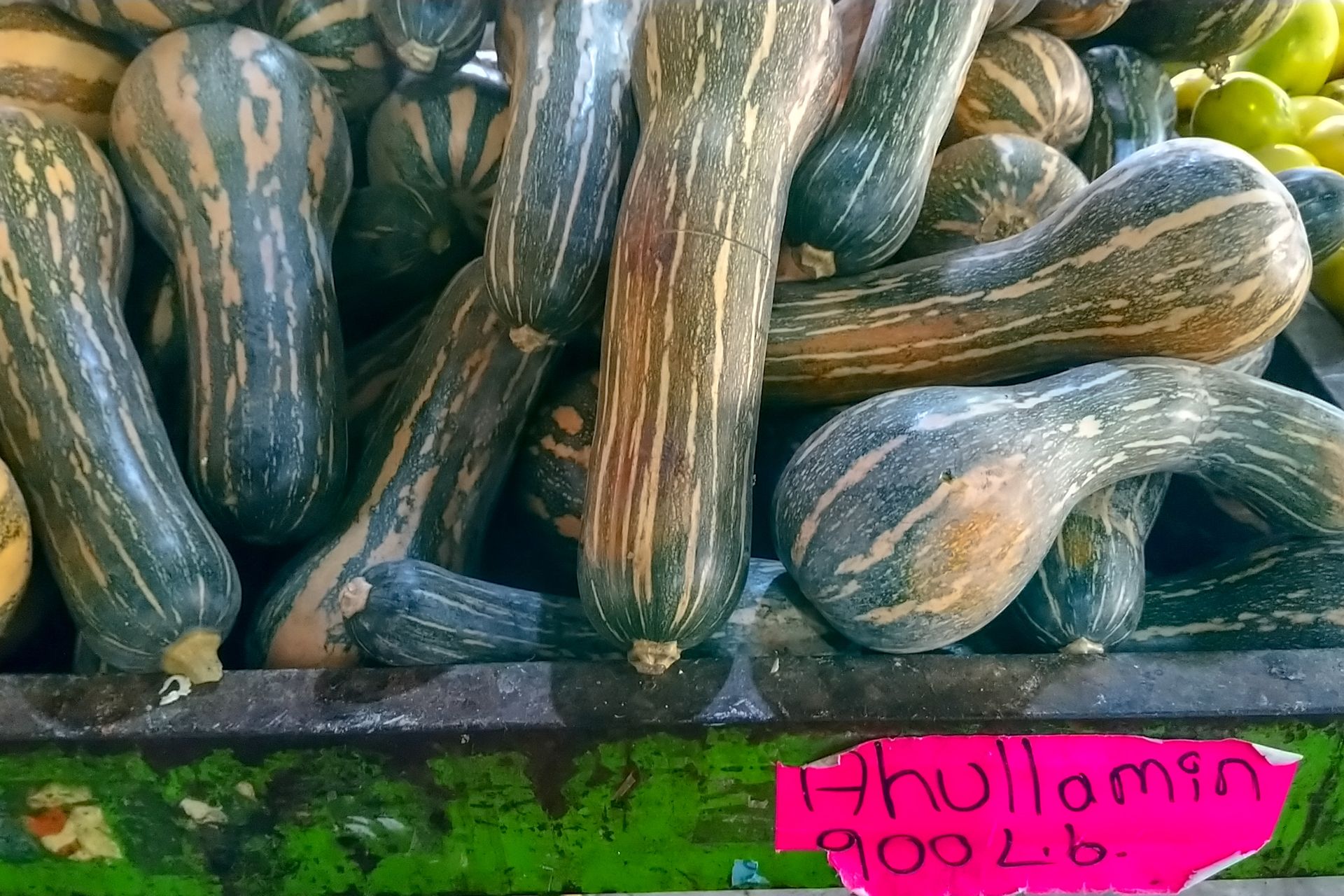

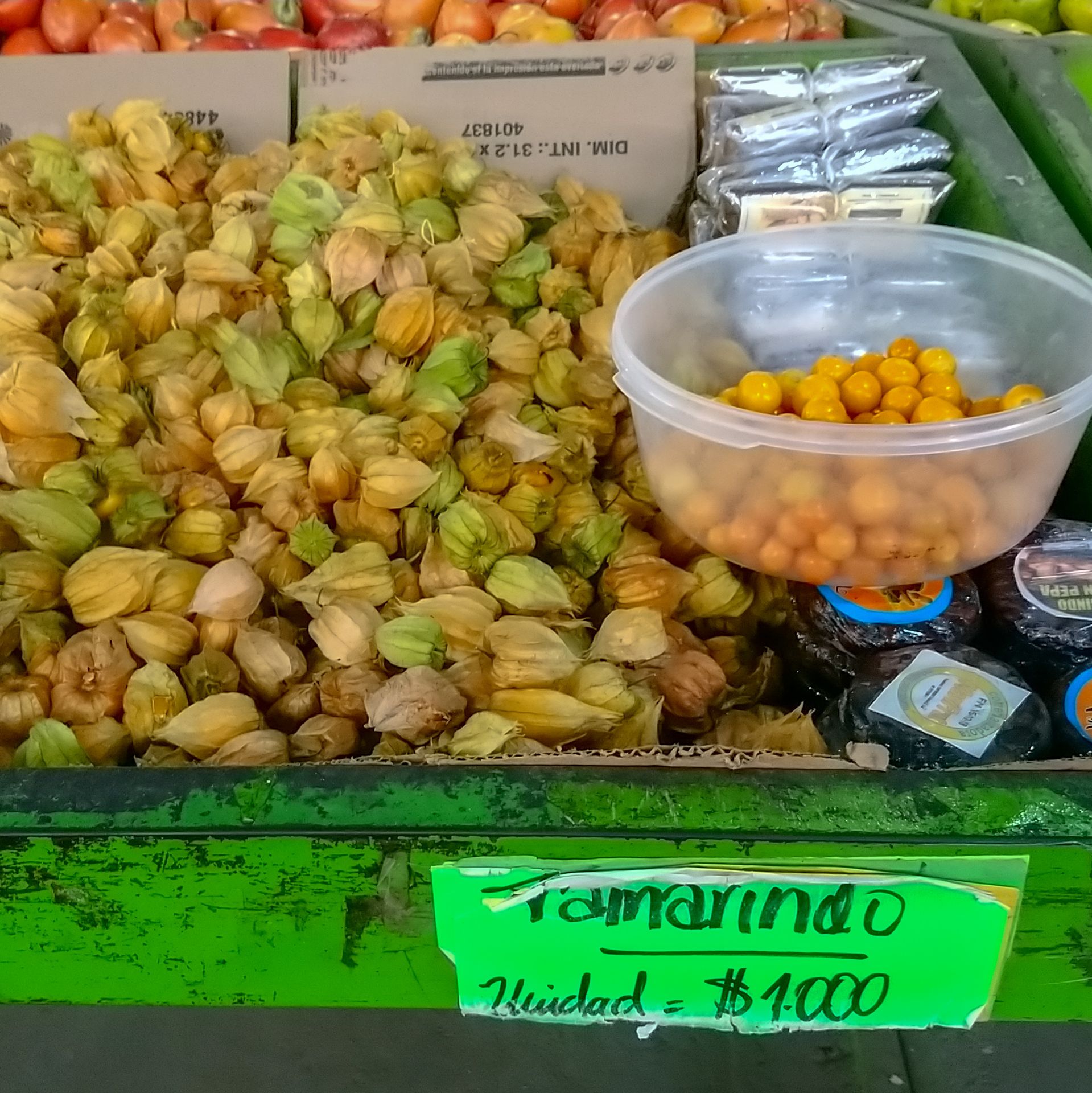
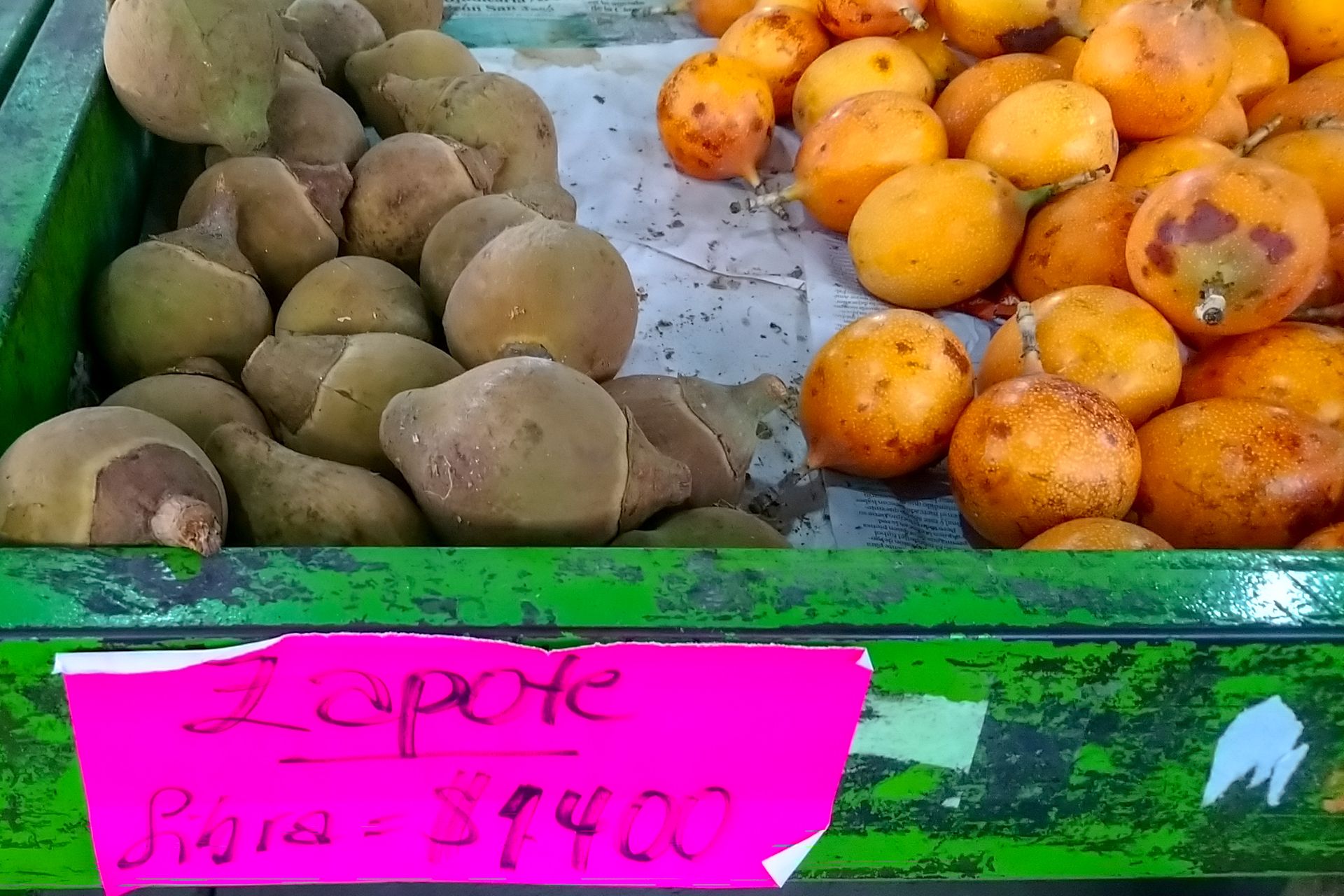
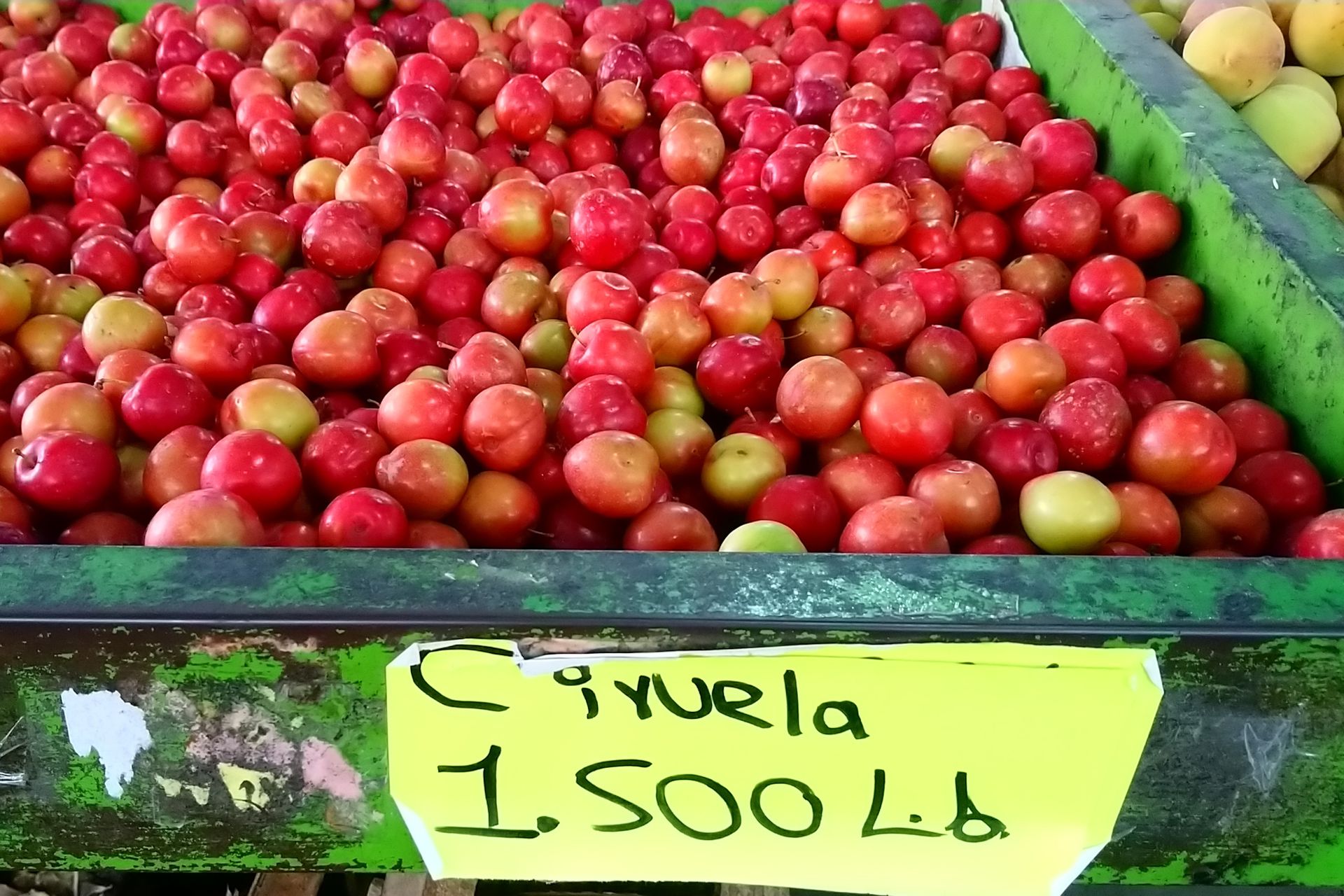
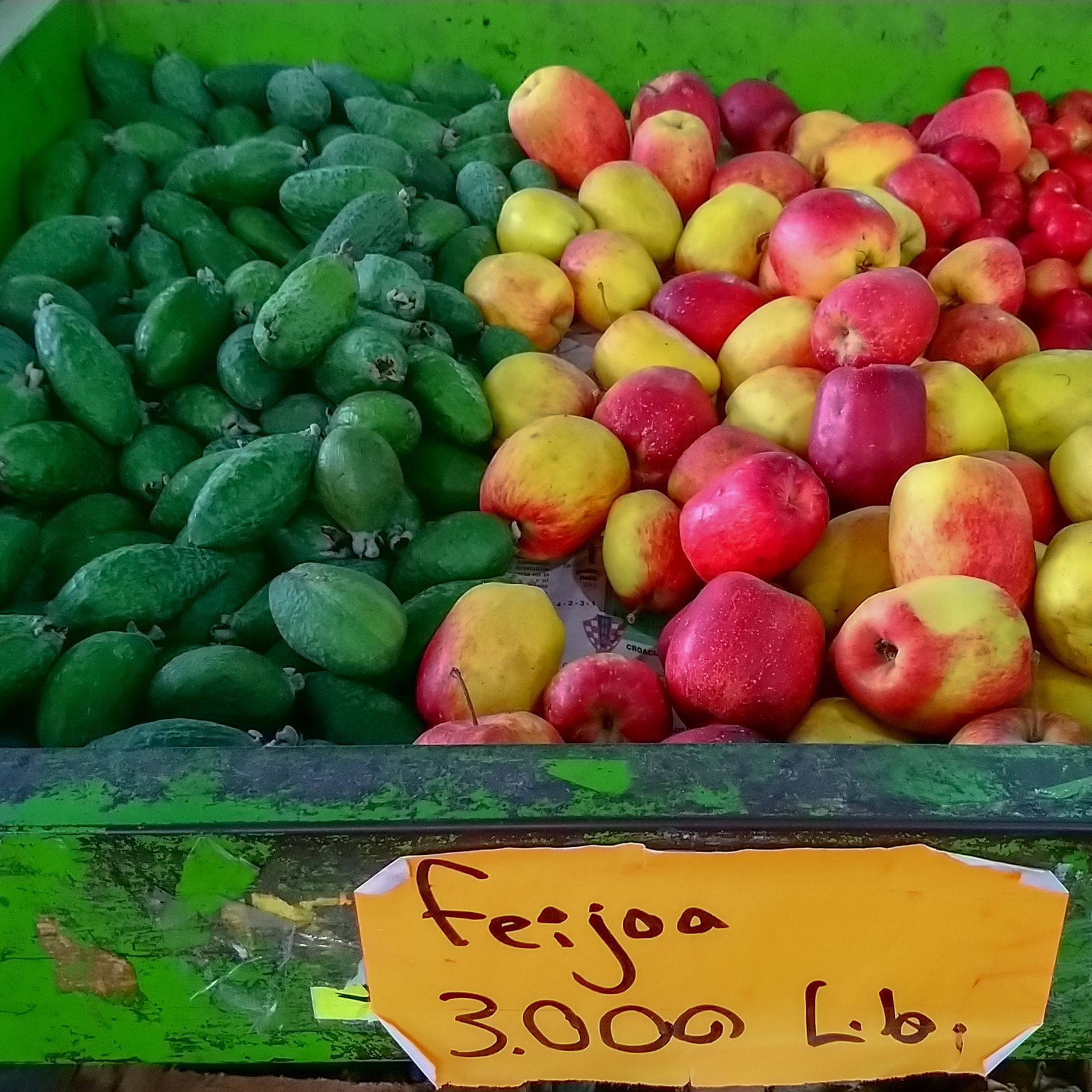
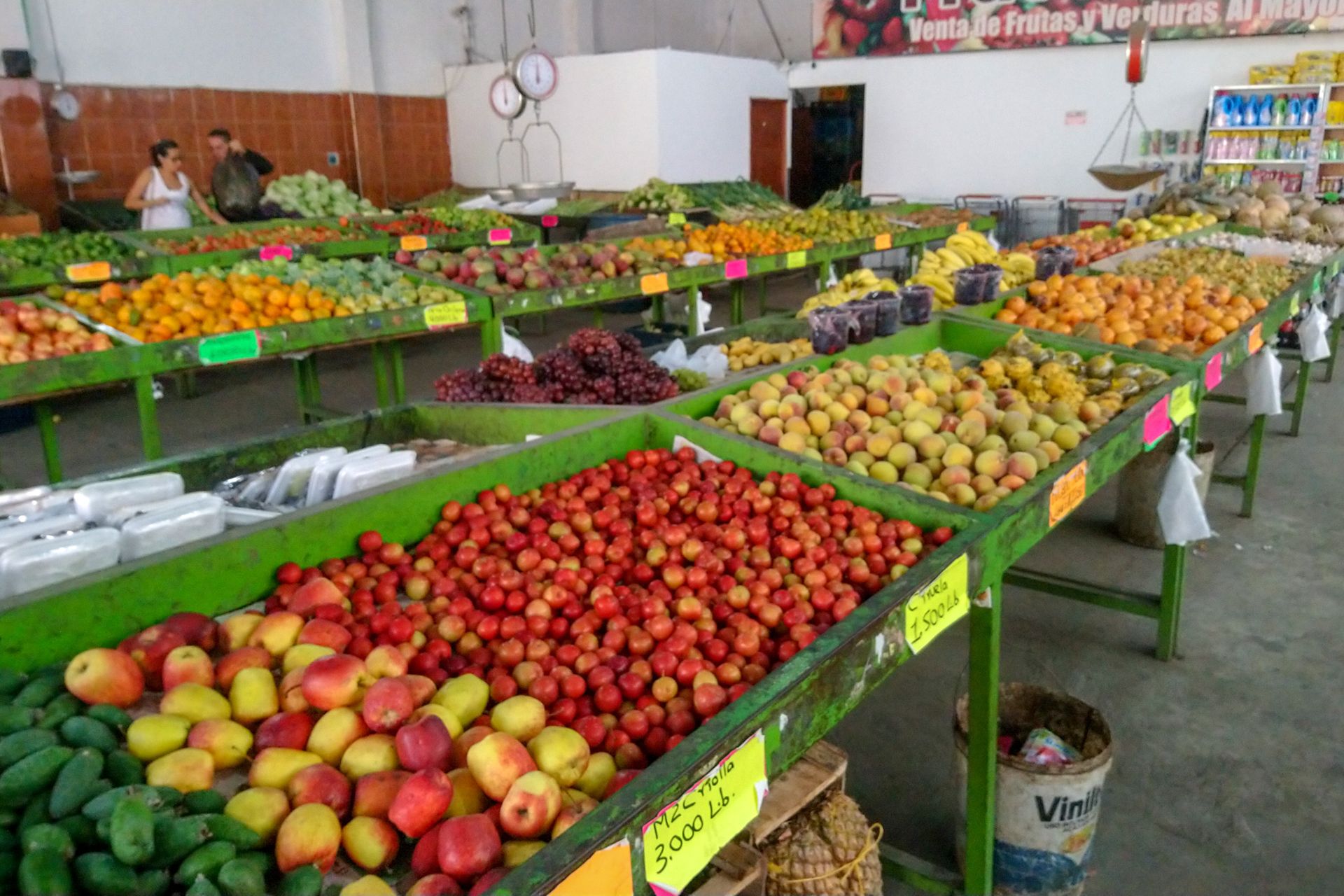
Ocaña is not very important for tourism, but as is often the case, it has historical significance. This region was one of the first to be liberated by Bolívar during the independence campaign. Later, Ocaña became the capital for one day and the venue for the Gran Convención in 1828. Representatives from all departments of the country came together to revise the 1821 constitution. But the main focus was on the further political direction of Greater Colombia. Supporters of centralism and Bolivar on one side, against supporters of Santander advocating for more sovereignty of the individual provinces on the other side. No agreement was reached, and as a result, Greater Colombia was divided into the present-day countries of Panama, Ecuador, (Peru), Venezuela, and Colombia.
Playa de Belén
After a day of rest and the usual tour of the city, I headed to the national cultural heritage site Playa de Belén. This beautiful village consists mainly of three streets. The colonial buildings are very well preserved and all have the same design. I ended up on a farm outside the village. It was a real oasis. Flowers everywhere, along with an orchard with bananas, oranges, tangerines, and some other fruits. There was also a fish pond, a dog, ducks, chickens, and a huge turkey.


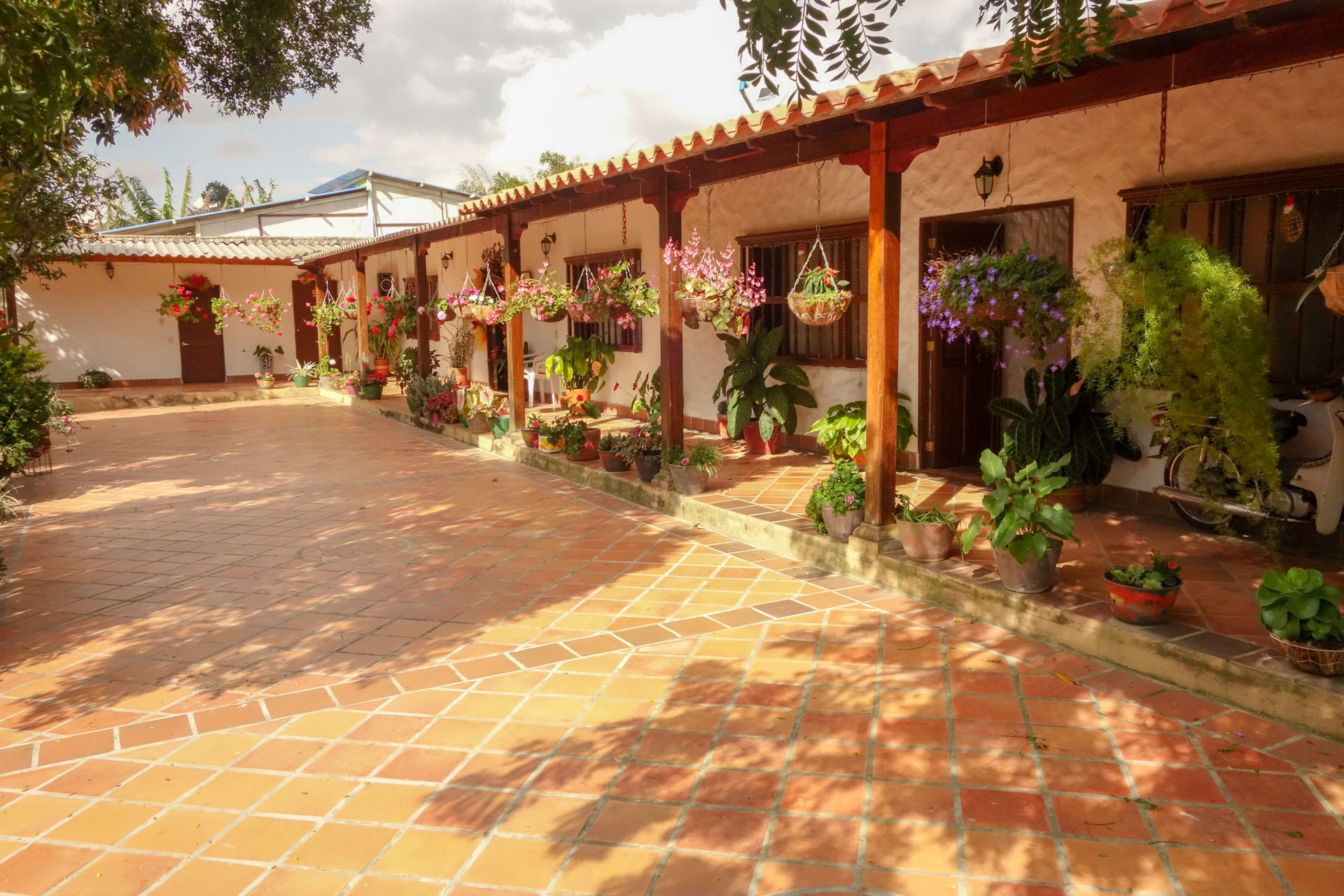
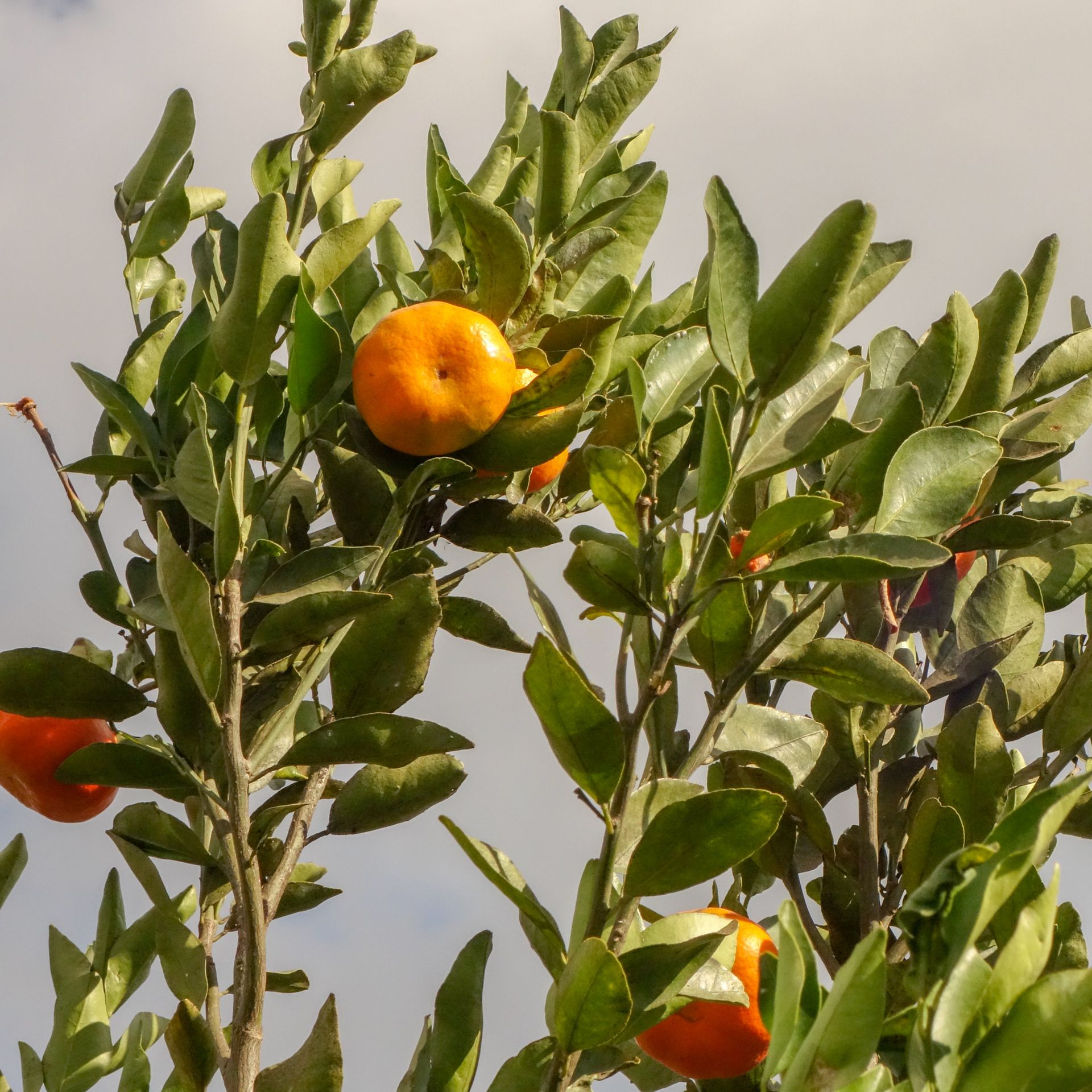


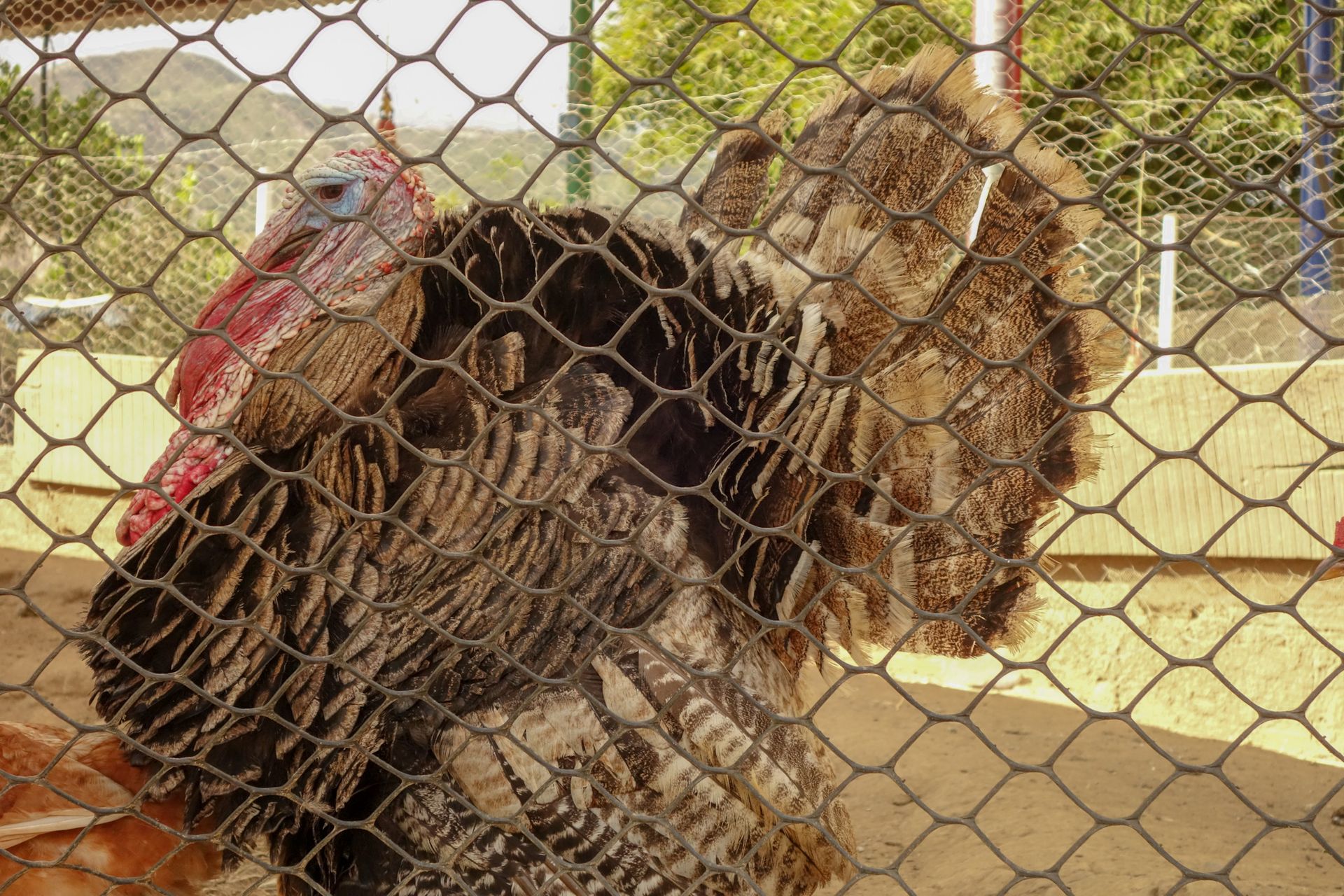
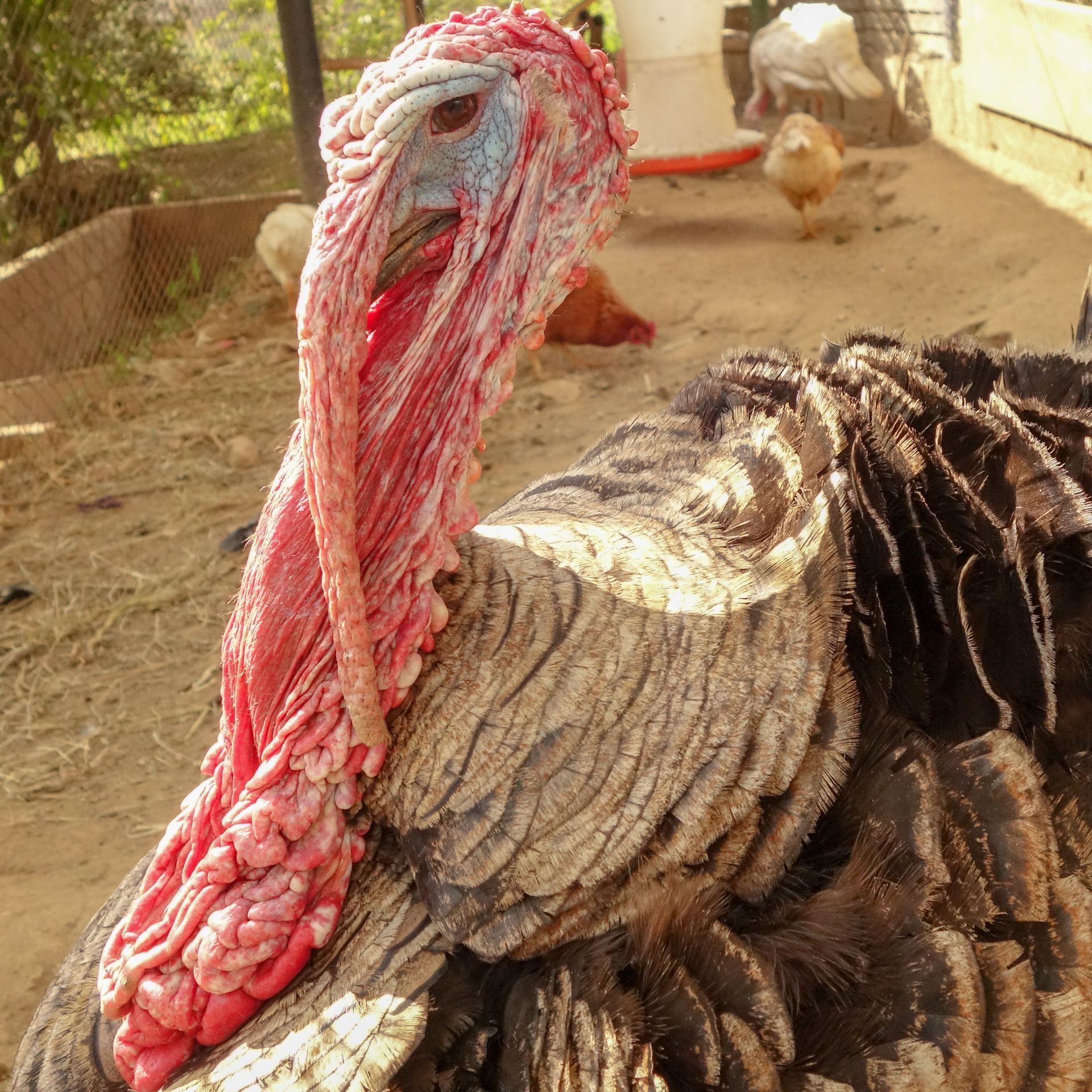

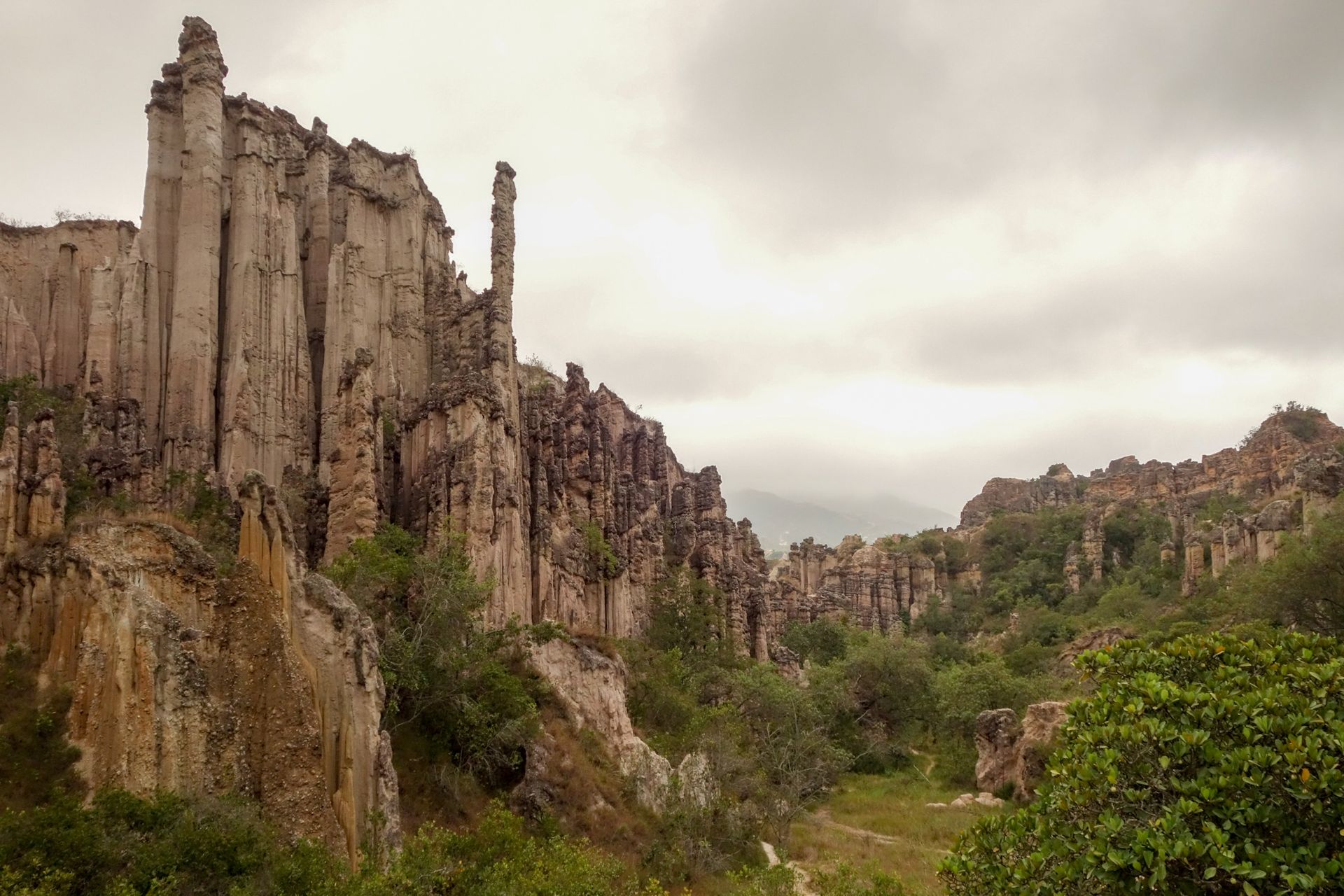
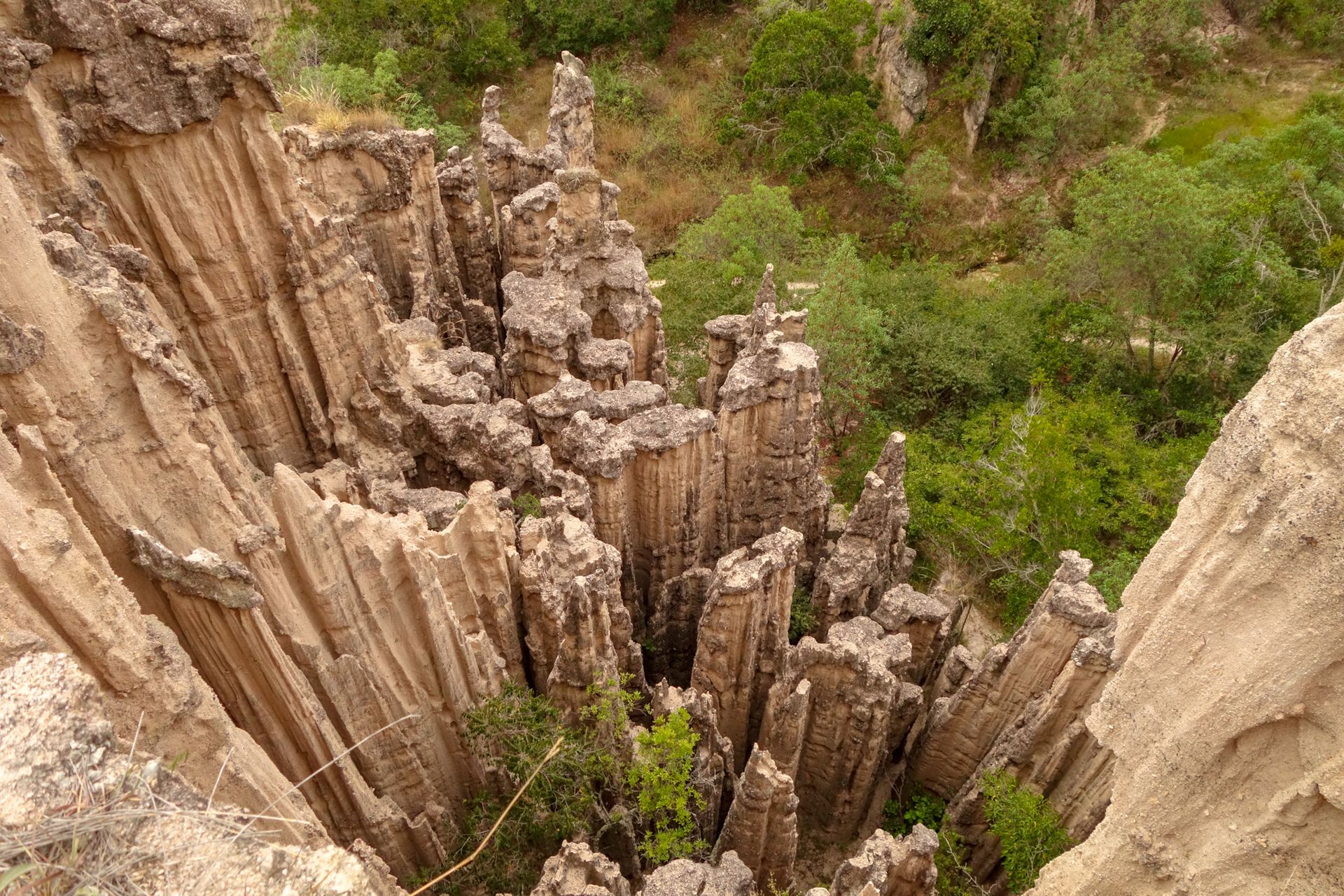
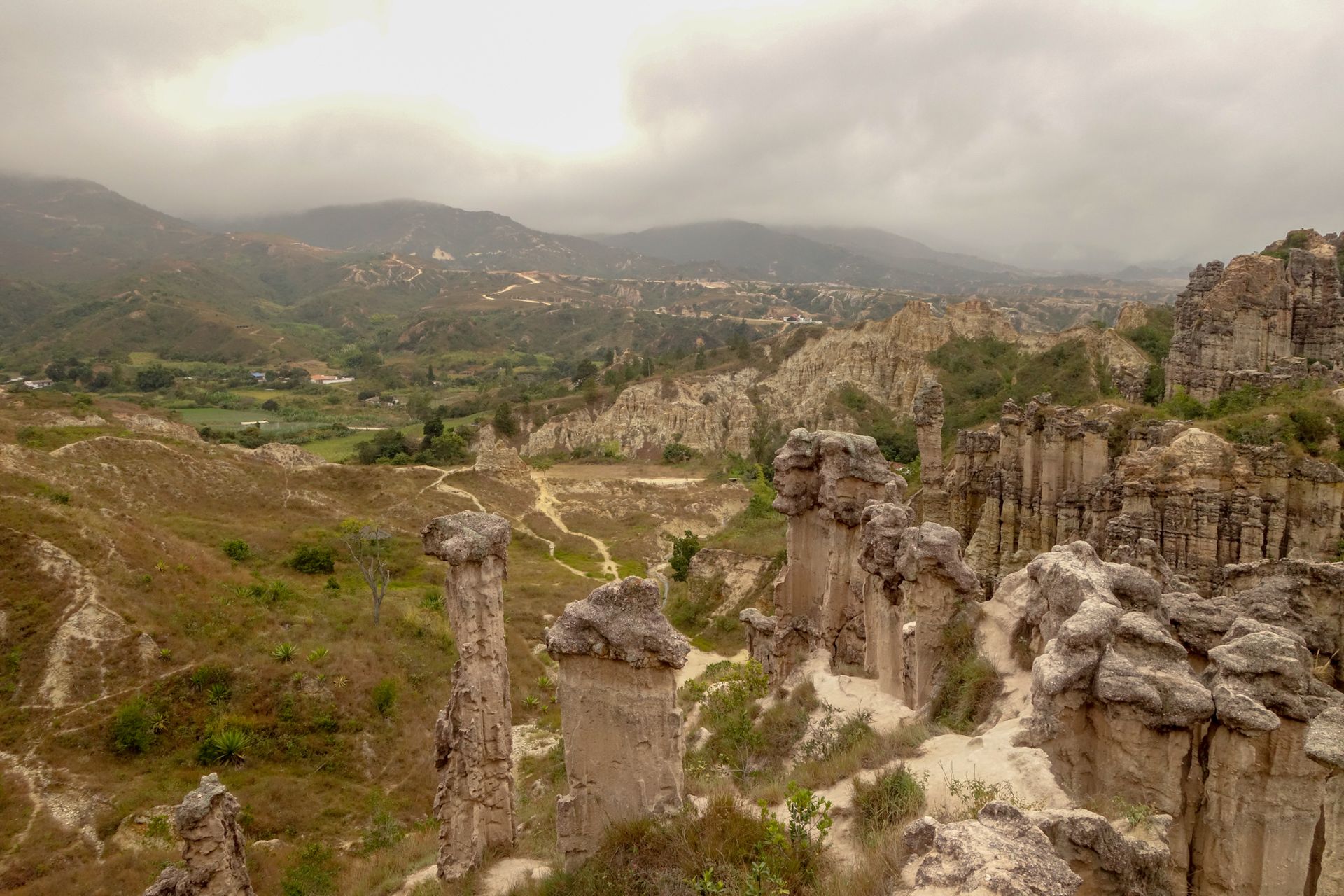

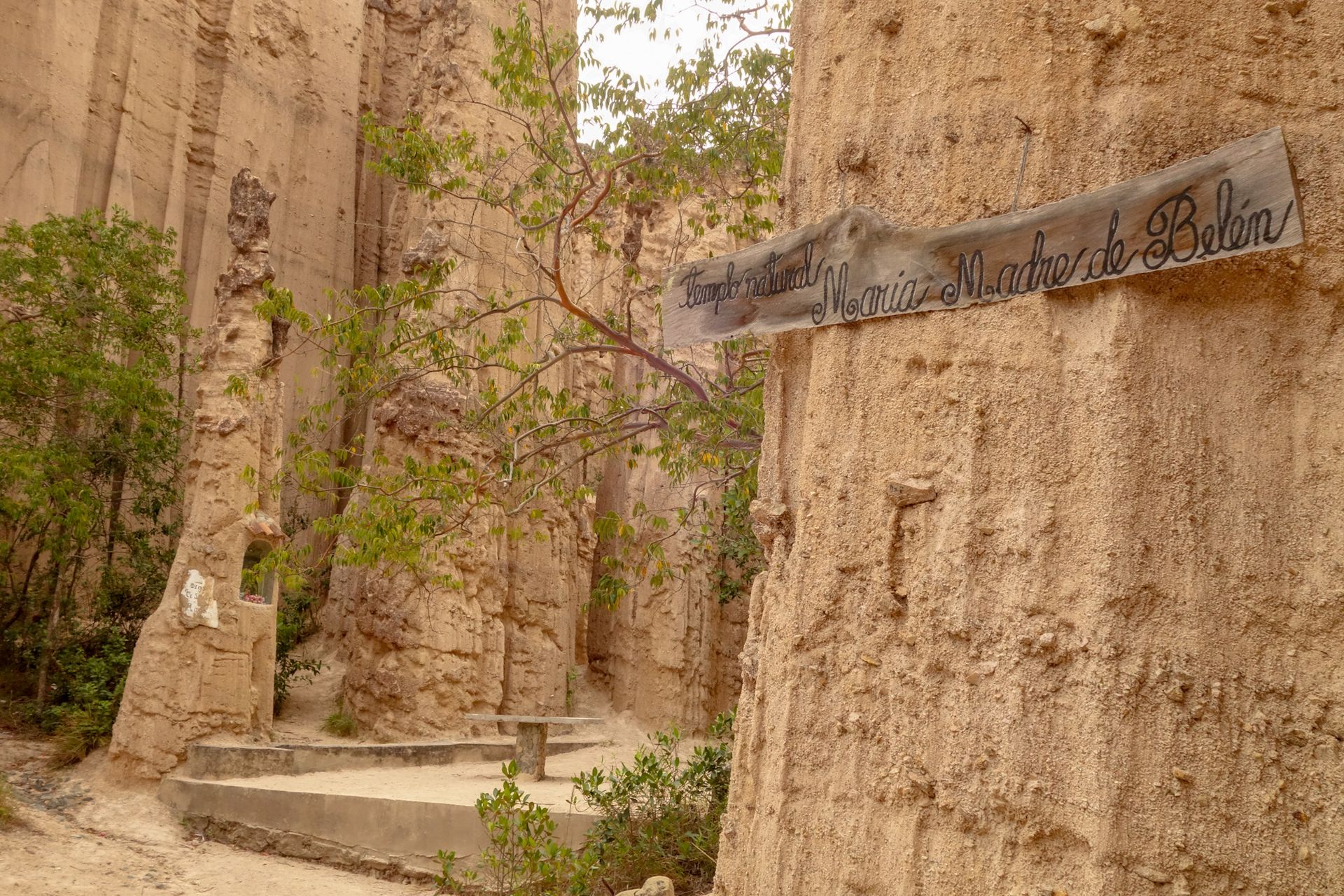
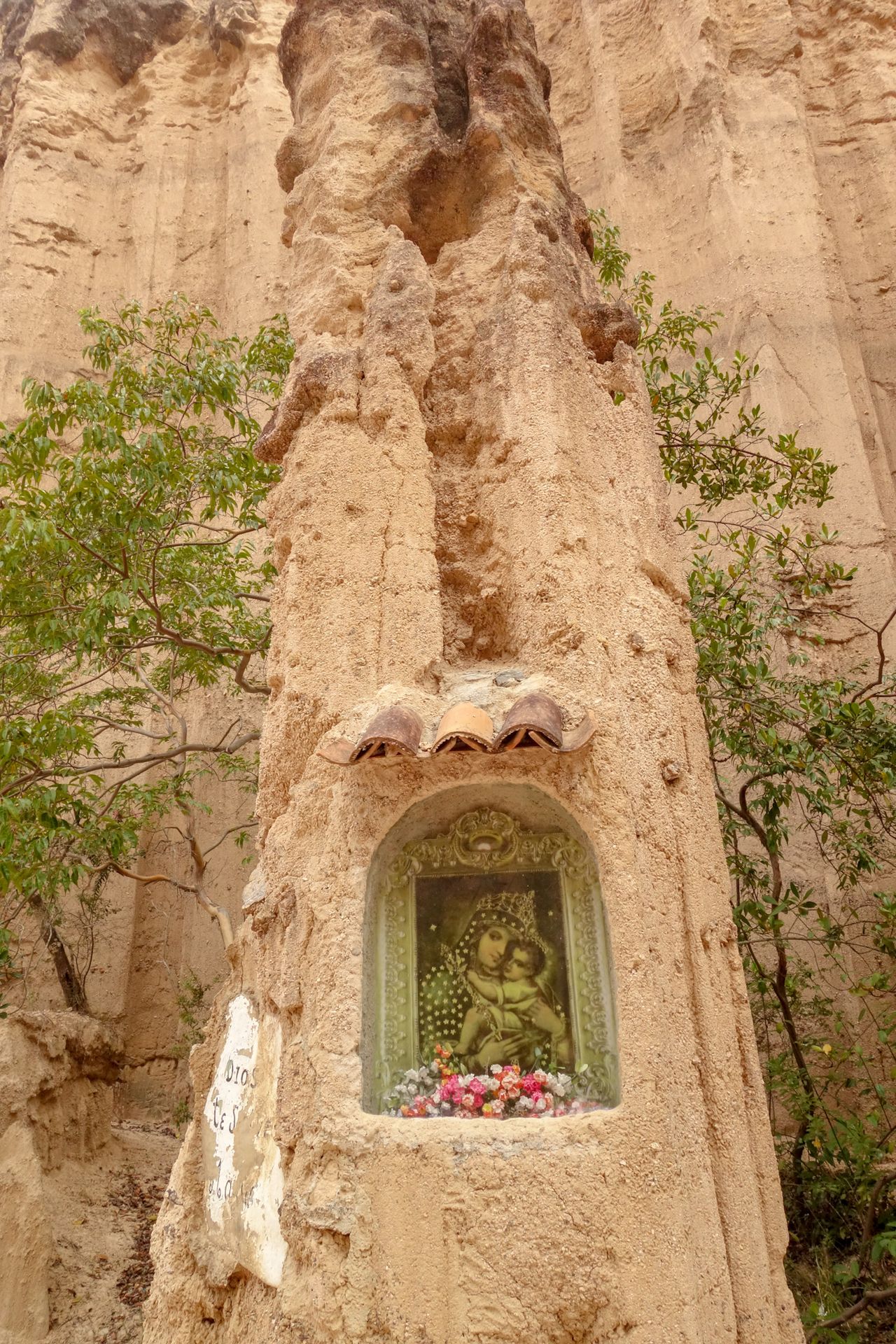

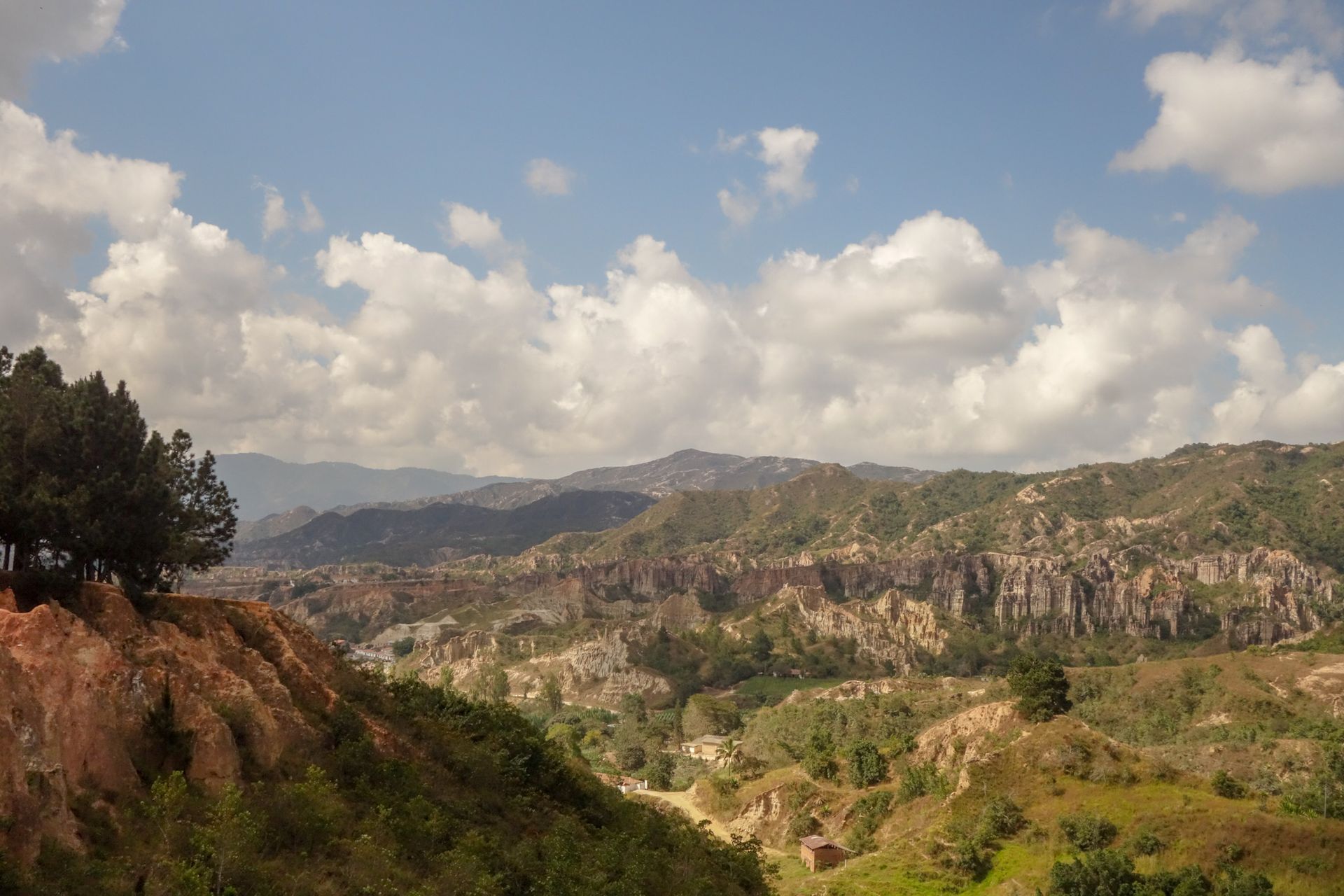
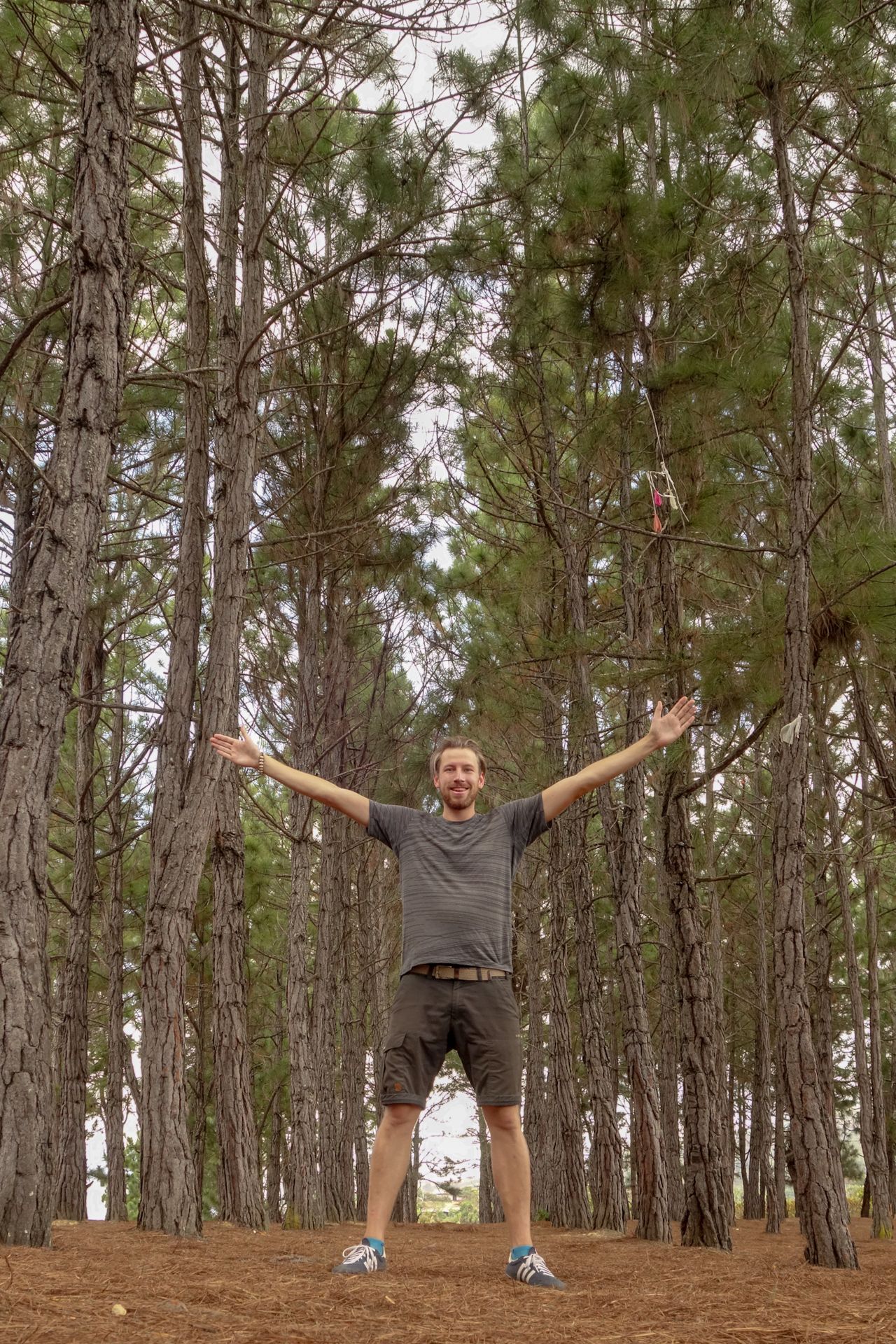
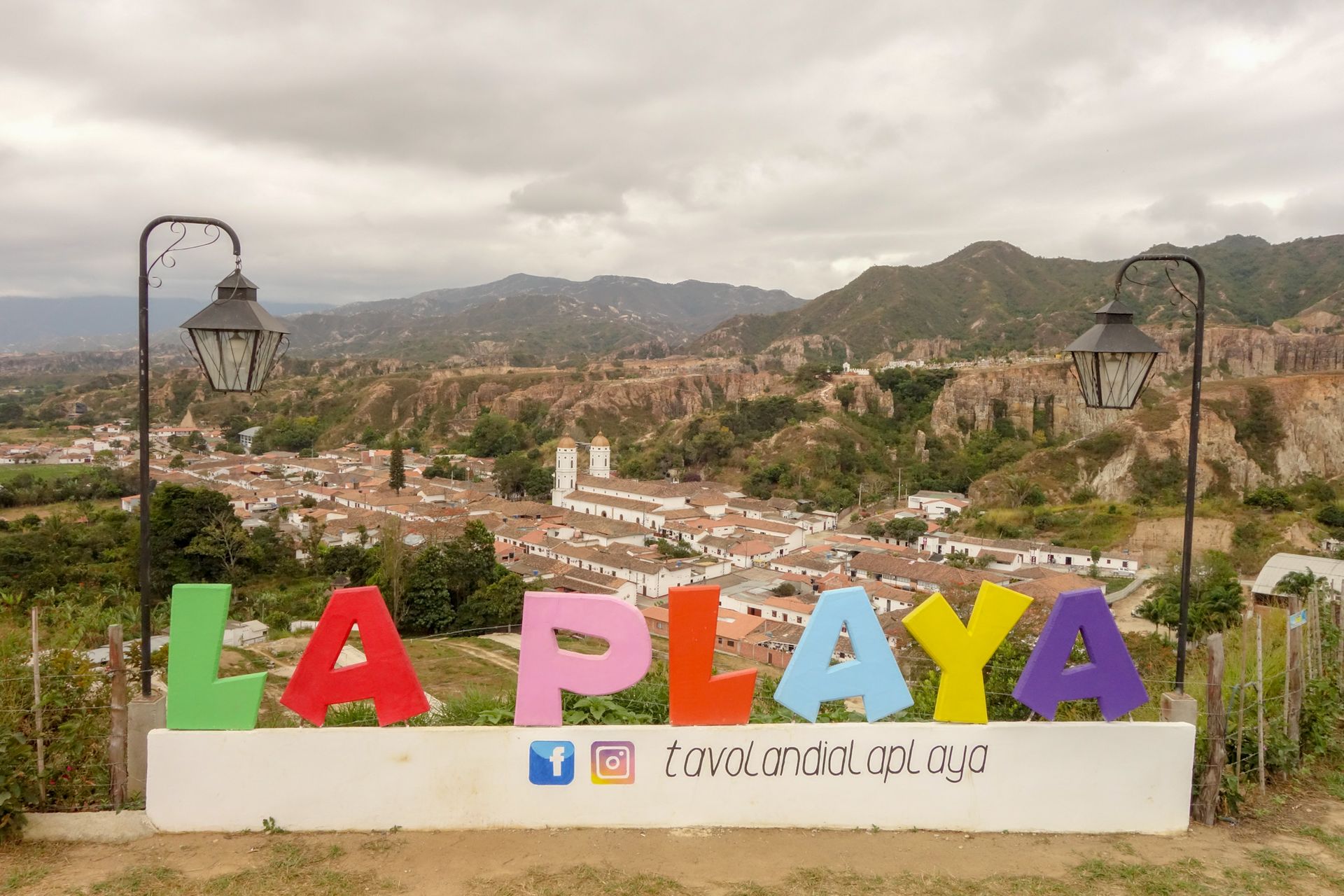

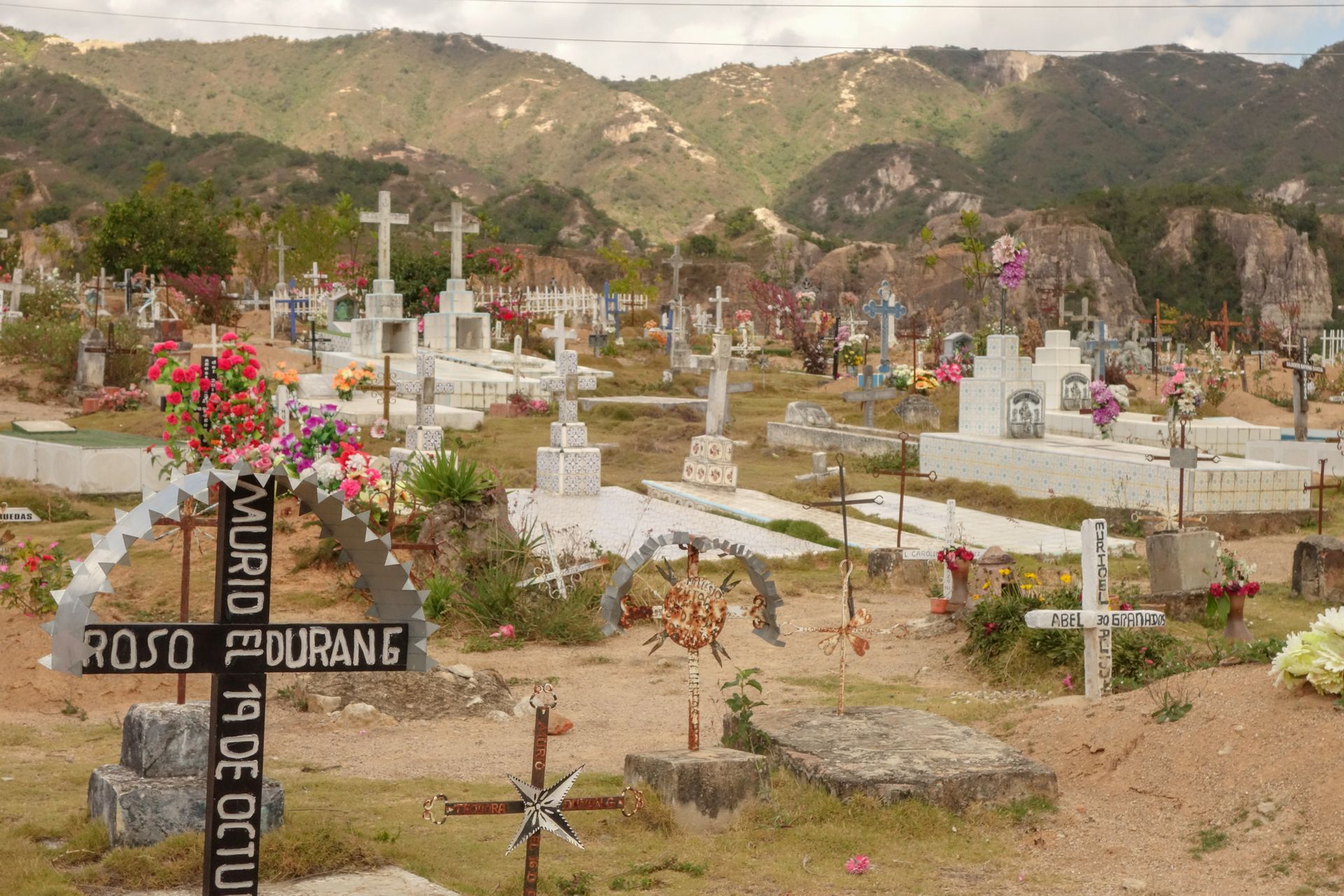

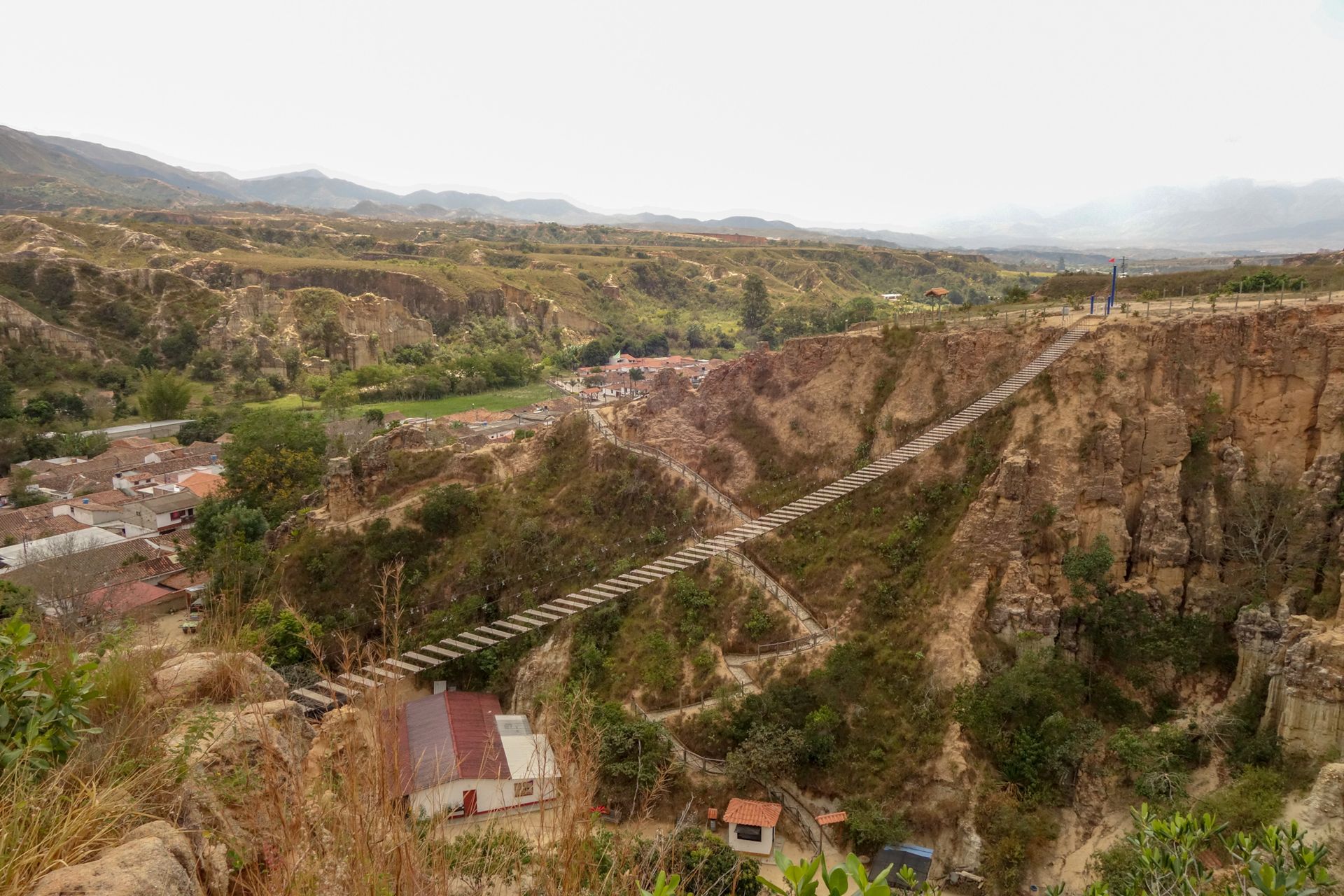
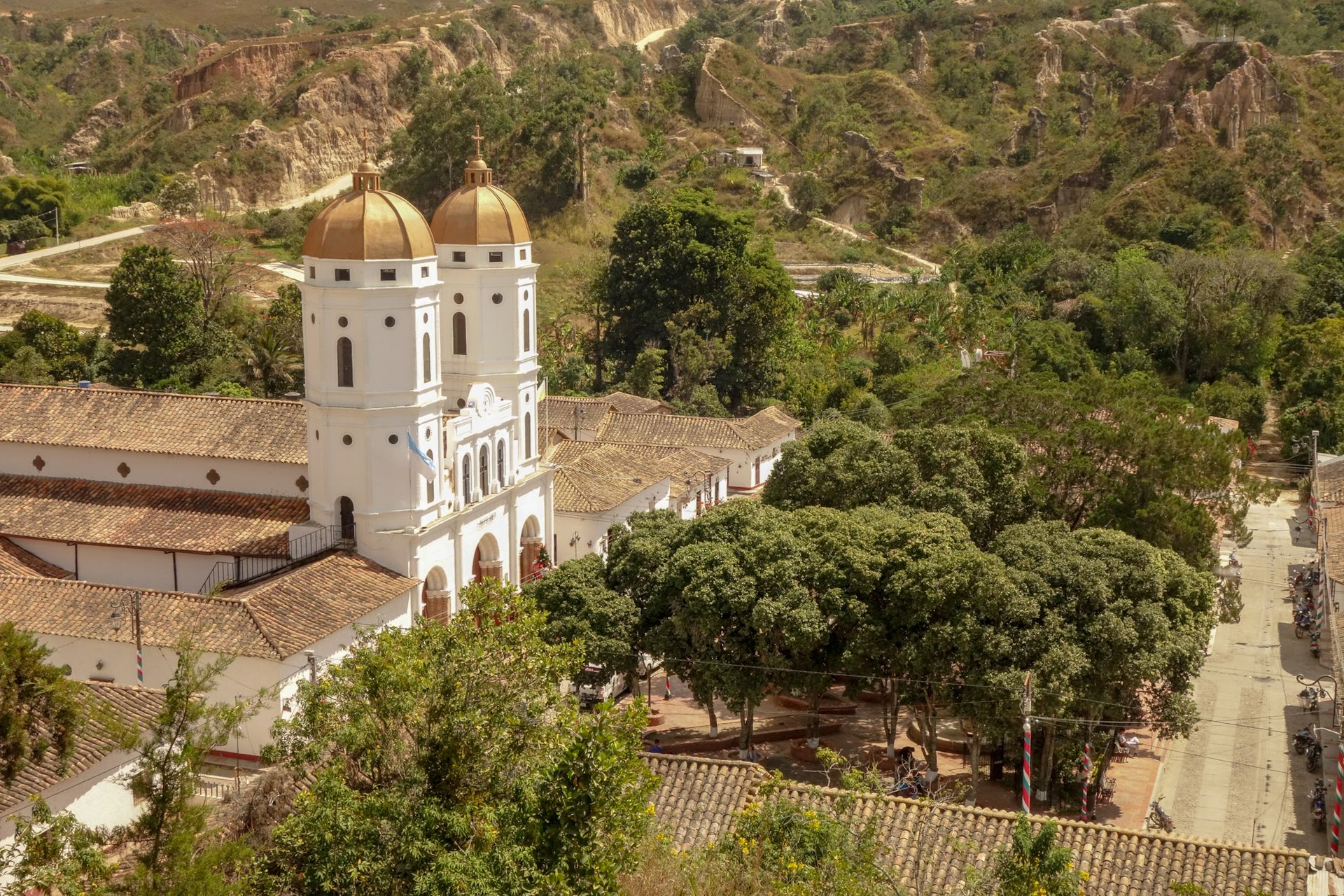
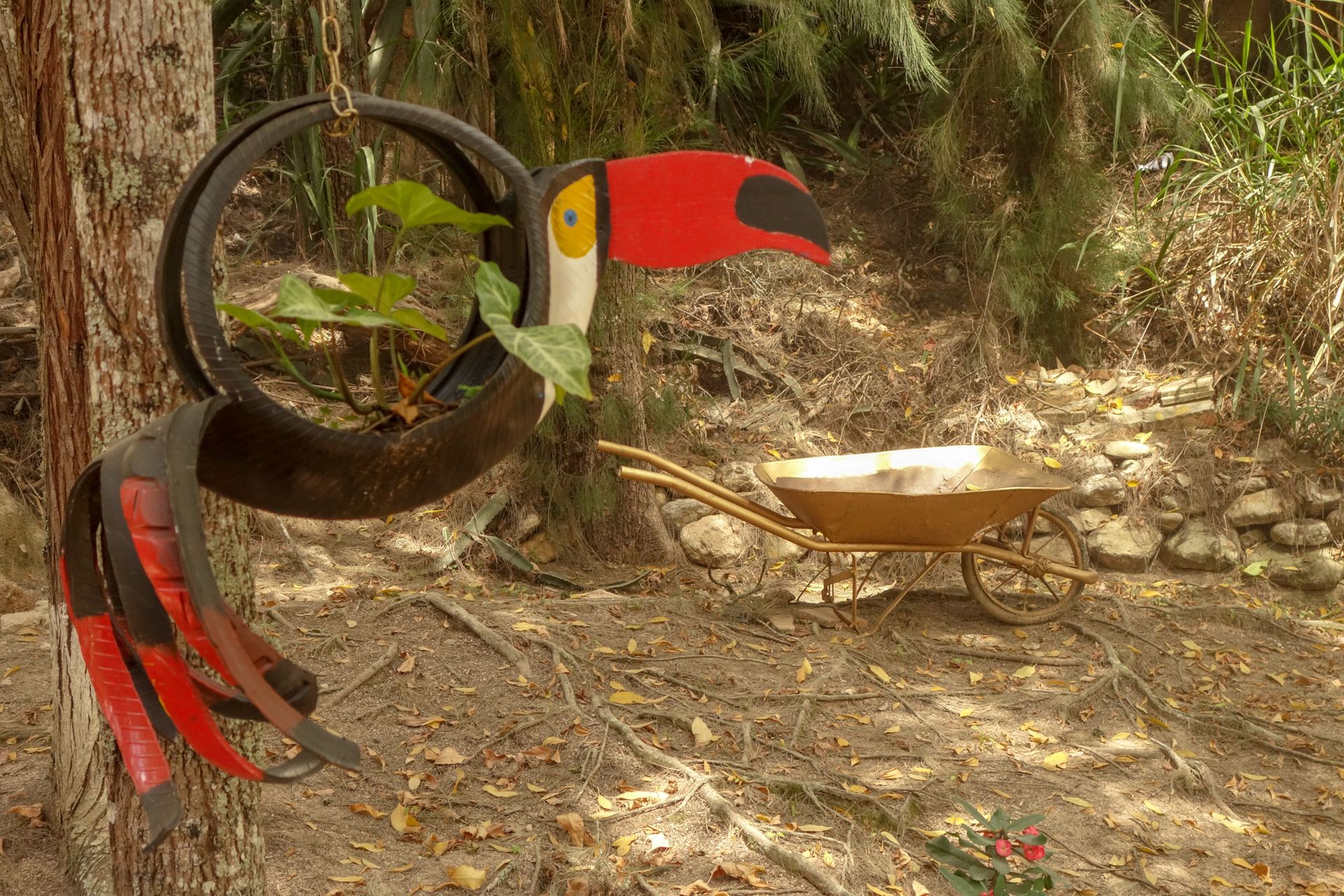
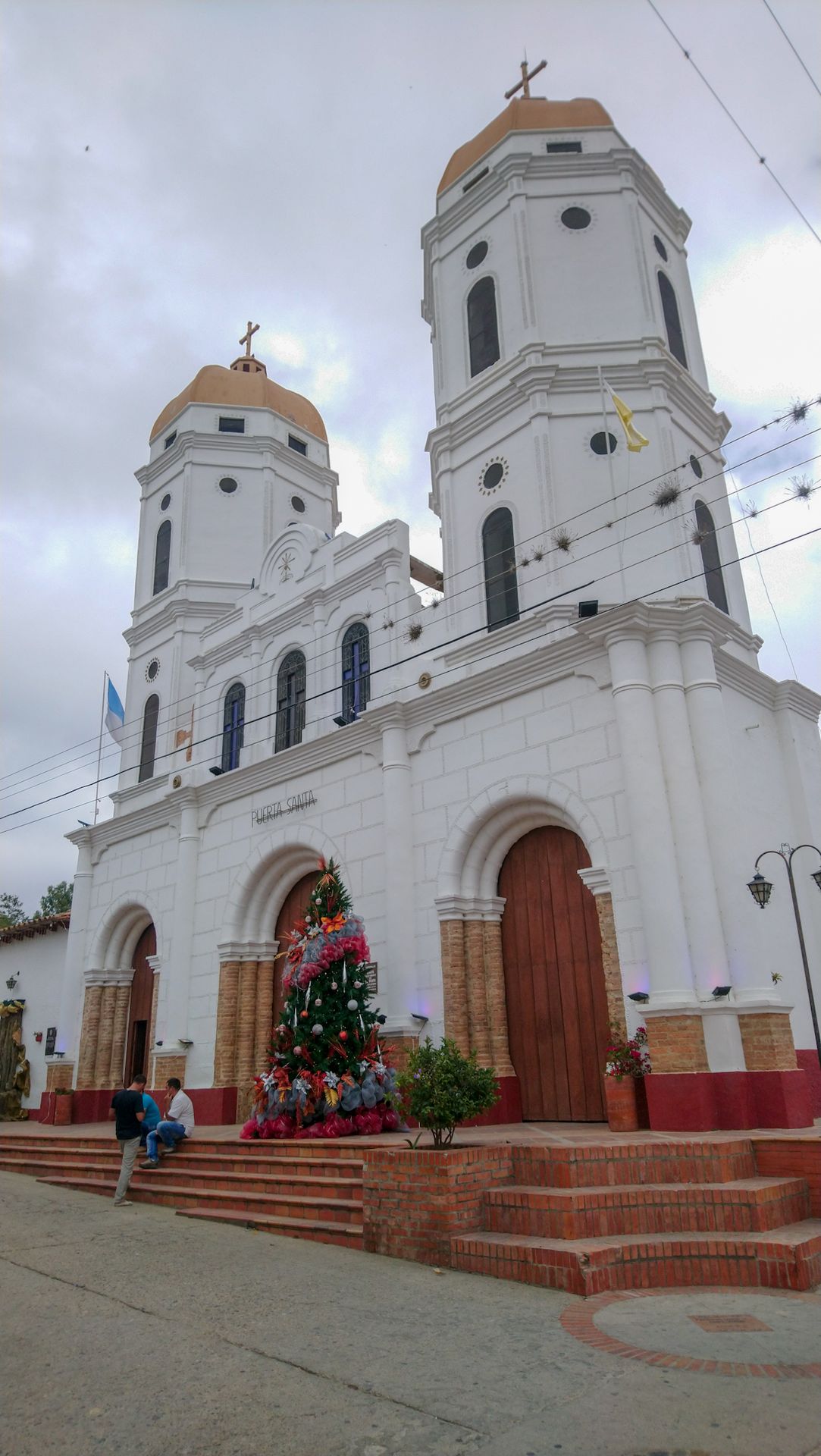
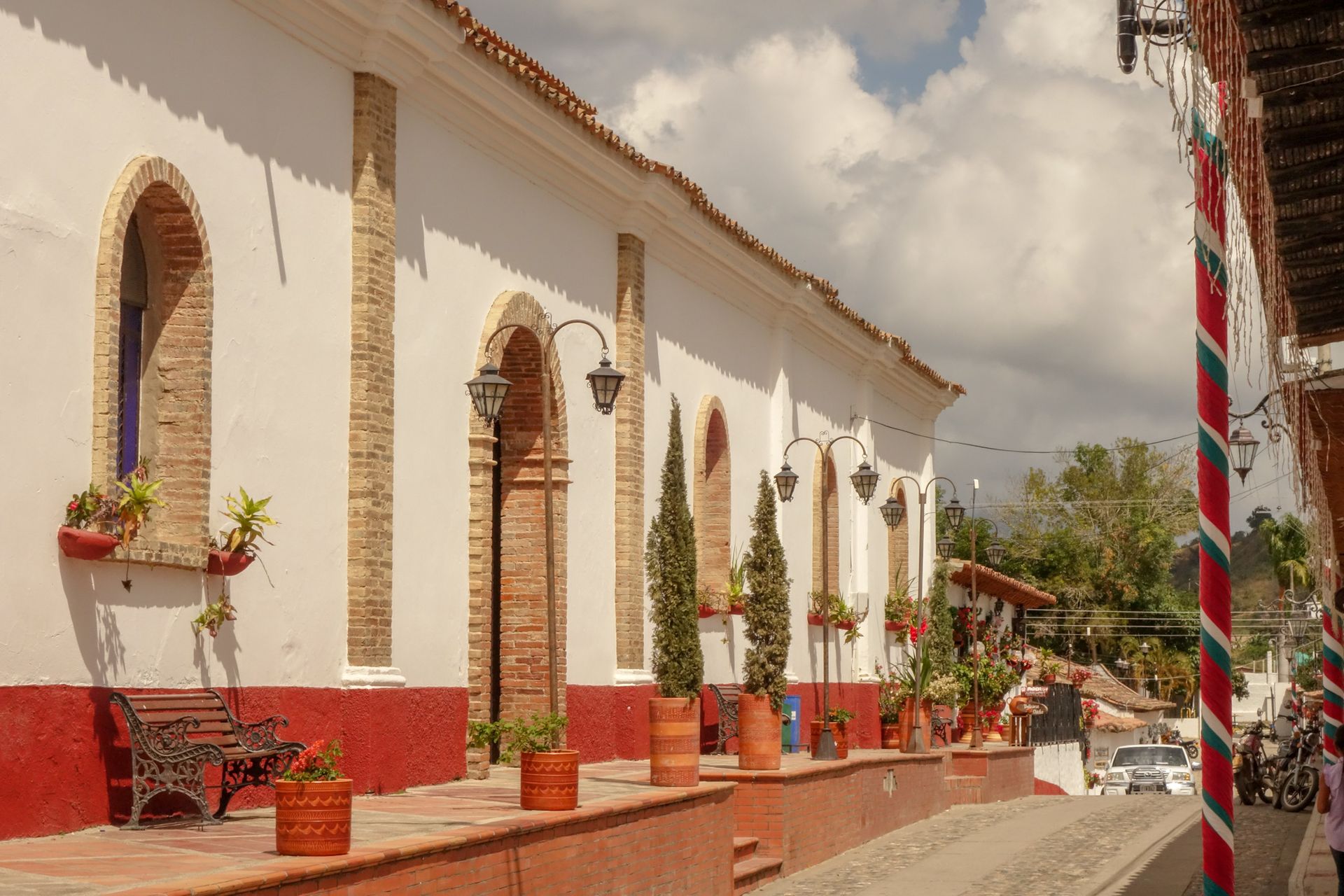
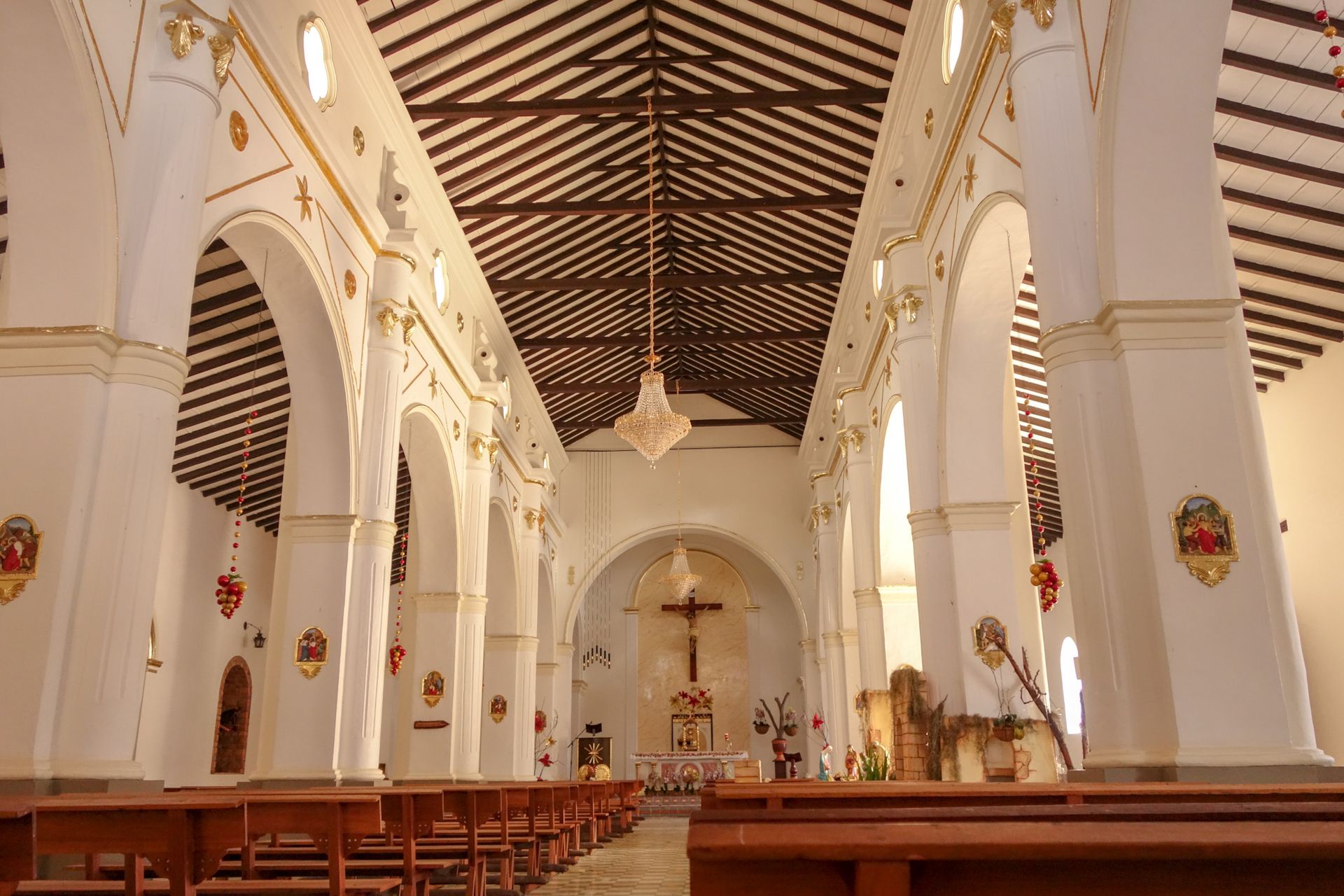


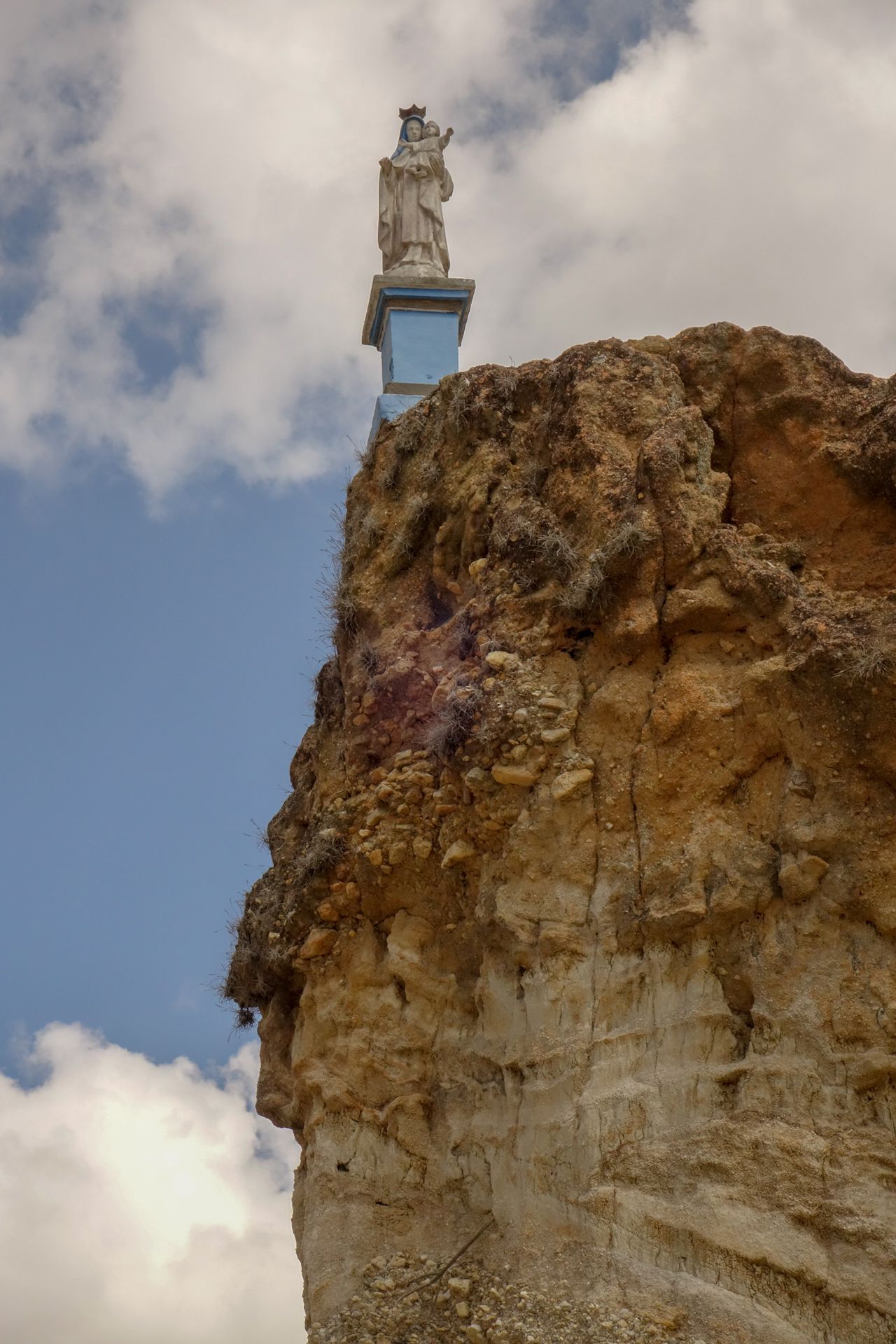

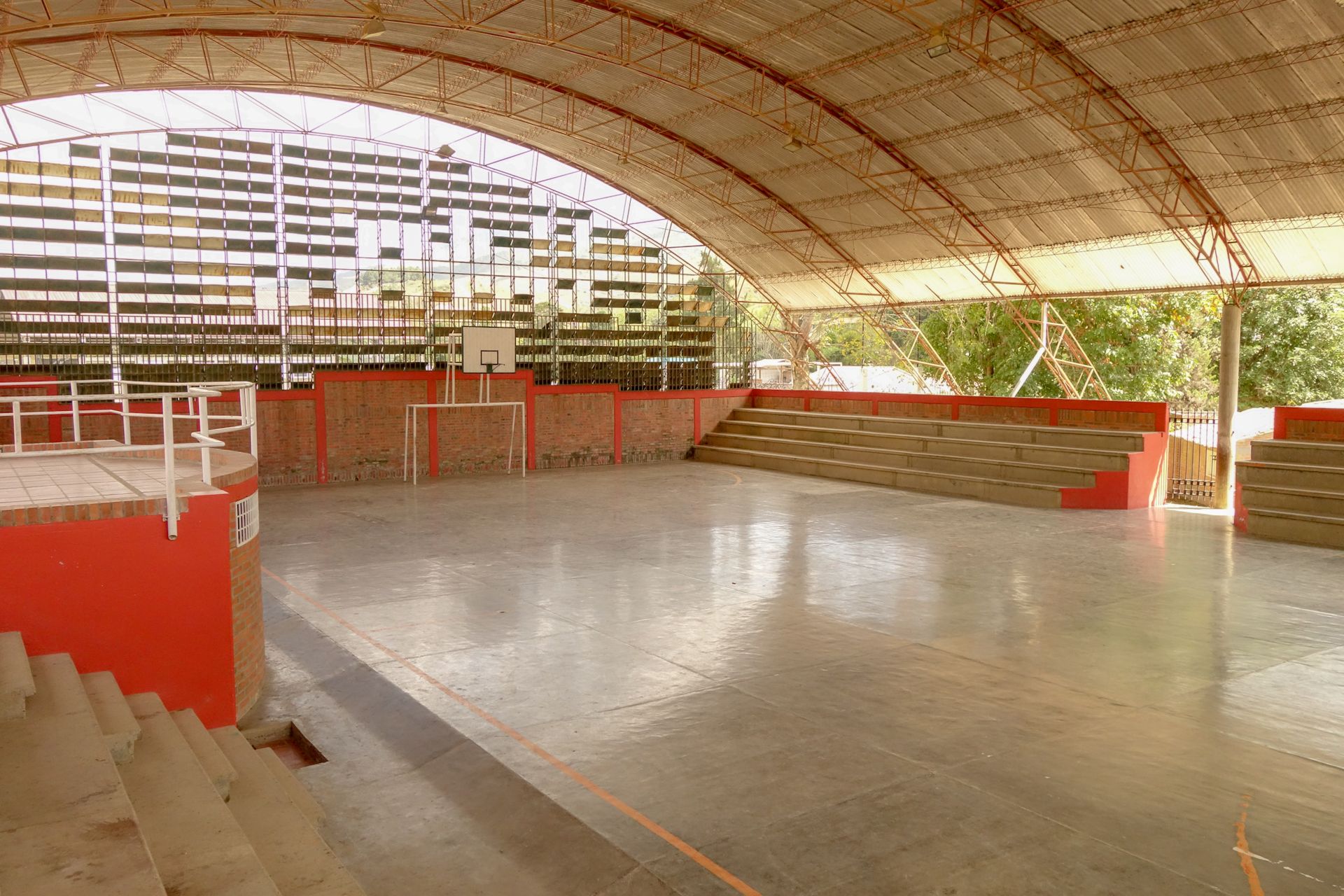
And then I had my first really precarious situation on my journey. There was a viewpoint near the village. The woman from the farm had warned me that there were wild dogs at the entrance. And indeed, before I even got close to them, they attacked me. I had to run for my life - luckily, I had a few meters head start. And after about 50 meters, they lost interest. But I had lost my hat in the process. How was I supposed to get it back now? In the end, a local - armed with a broomstick - helped me. So everything turned out fine. I had also asked the police for help. They just sit around all day doing nothing. But they were not interested. Later, I ended up in a heavily armed military checkpoint. That's not unusual. They often stand by the roads and check the buses. But here, they really wanted to inspect my backpack, ask me all sorts of questions about my journey, and even take a photo in the end. Unfortunately, I declined that.
The reason for the many checkpoints and the heavy military presence is the fight against the remnants of the guerrillas - such as FARC and ELN - and the paramilitaries. Even in the most remote mountain villages, there are usually army bases with a relatively large number of soldiers to secure the area. These did not exist 20 years ago; they were gradually established after the areas were recaptured from FARC and others. It's not easy to understand. The FARC and other guerrillas originally formed in the 60s in protest against the conservative government. However, to finance their fight, they mainly engaged in drug trafficking and terrorized the population. In response, the rural farmers formed self-defense groups (Autodefensas) since the government couldn't protect them. From this, various paramilitary groups emerged, but they also began to finance their fight against the guerrillas through drug business, ultimately opposing the government. This initiated the long battle to pacify the land against both groups. By around 2006, most areas were again under the control of the government and the military. The paramilitaries largely dissolved, and the guerrillas became significantly smaller in number and withdrew to even more remote areas. It was only in 2016 that a peace agreement was reached with the largest group, FARC. This agreement is controversial among the population because the guerrilla fighters are not prosecuted criminally. They are given the opportunity to reintegrate into society - for example, by working in tourism in the Amazon region. How long this peace will last and how sustainable it is still needs to be proven in the future. At the moment, there is no danger to travelers from this side. Rather, the usual crimes such as robbery or assault - especially in cities - pose a threat.
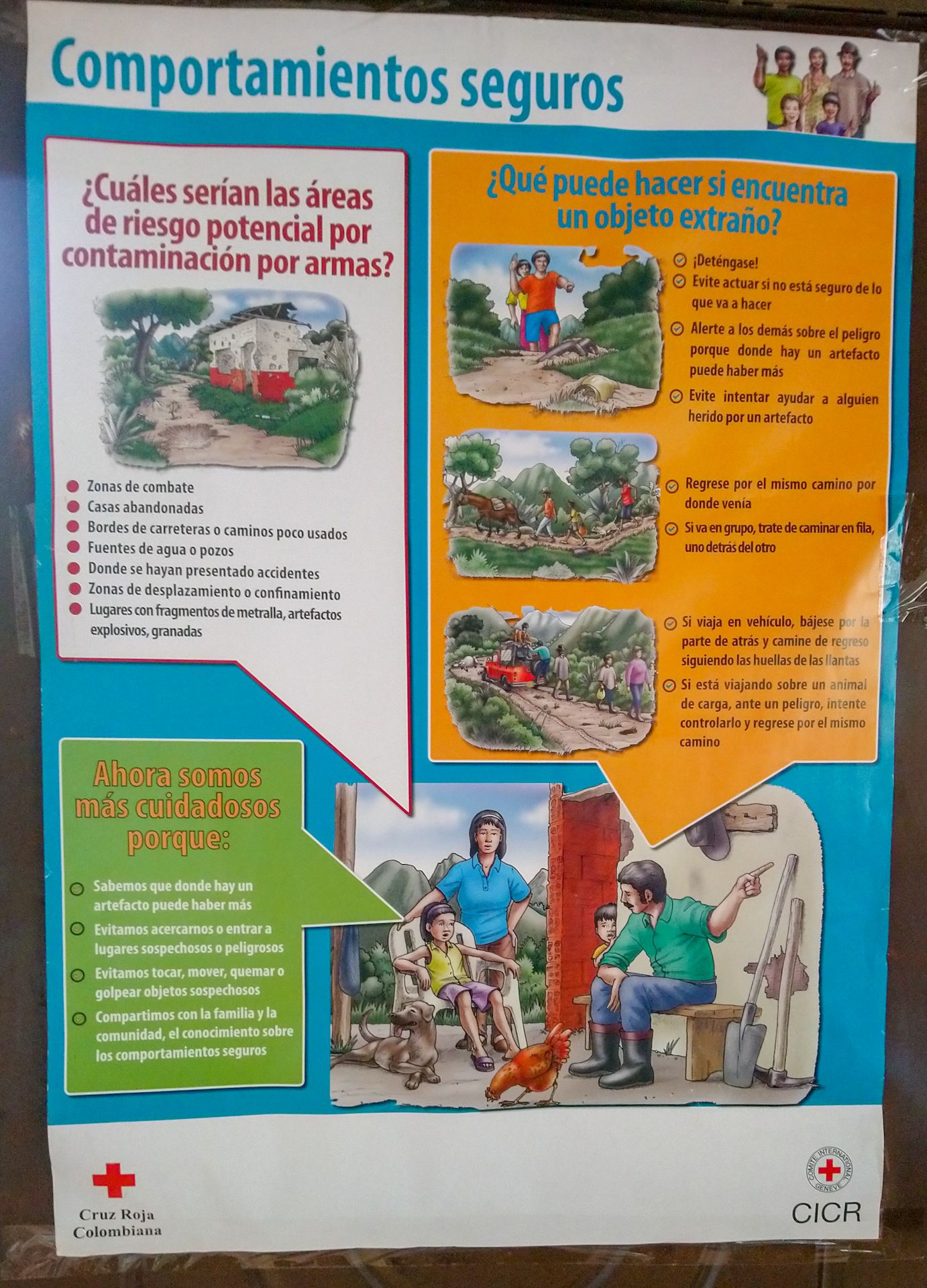
Today, the population is grateful for the military presence, even though it comes with more checkpoints. Life in the villages is relaxed, and people are no longer constantly threatened and extorted. And I also felt safe. That was the case in most places. I always asked, and the people always told me that the danger had ended 10 to 20 years ago. But these groups still exist. Now in even more remote areas, where they continue with their (drug) business.
After two days, I returned to Ocaña. There, I visited the holy 'Santuario Agua de la Virgen' and the bird reserve 'Reserva Natural de las Aves Hormiguero de Torcoroma' by mototaxi. I didn't see any birds there, but I heard them, and it was still a beautiful forest.
Abbonate à Newsletter
Rispondi
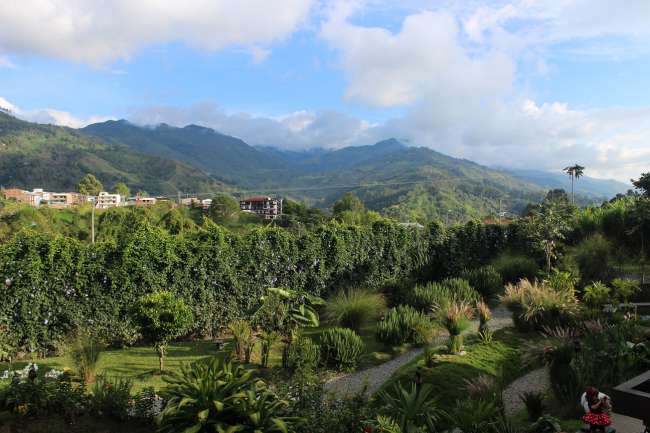
Rapporti di viaghju Culombia
